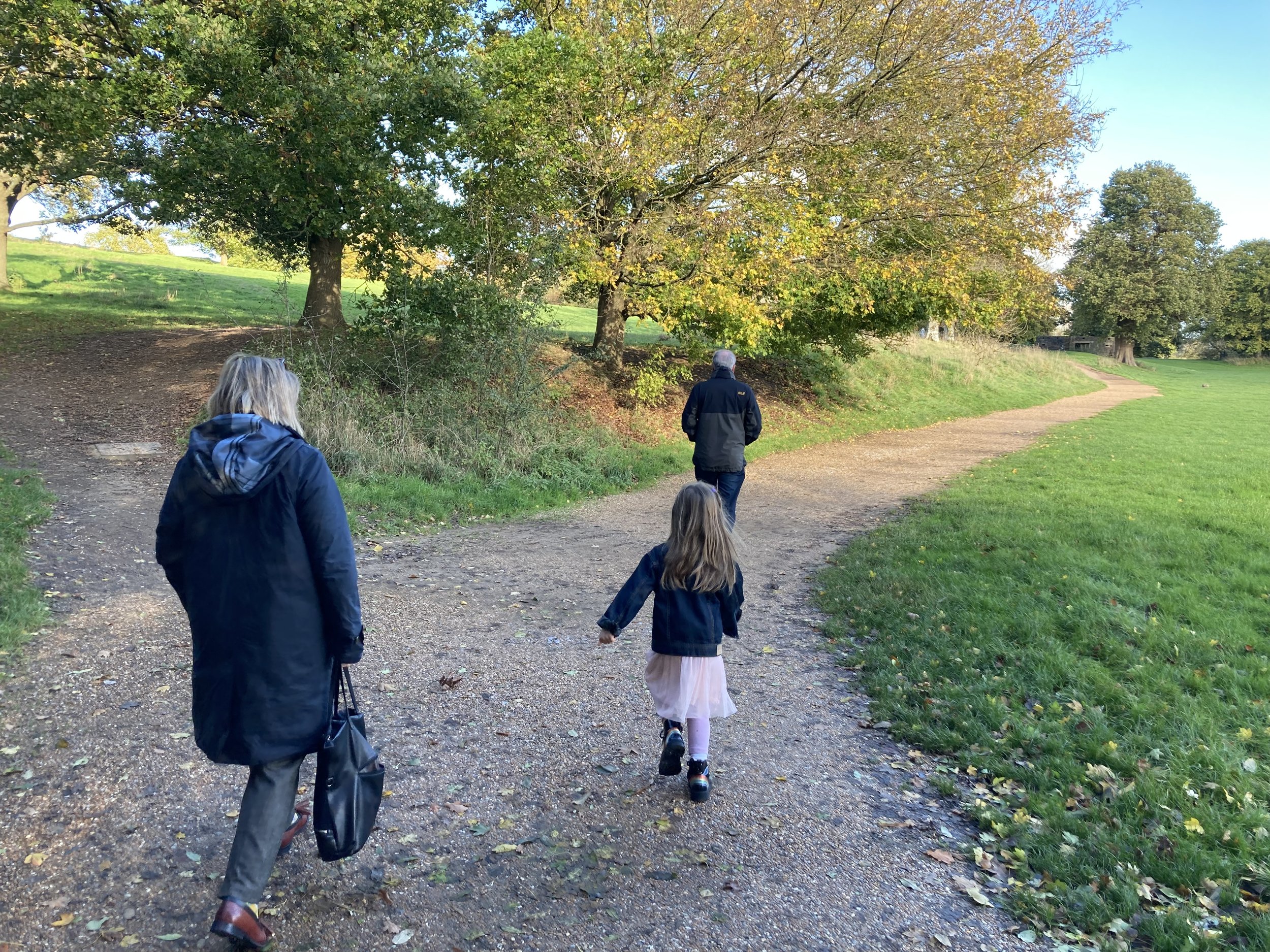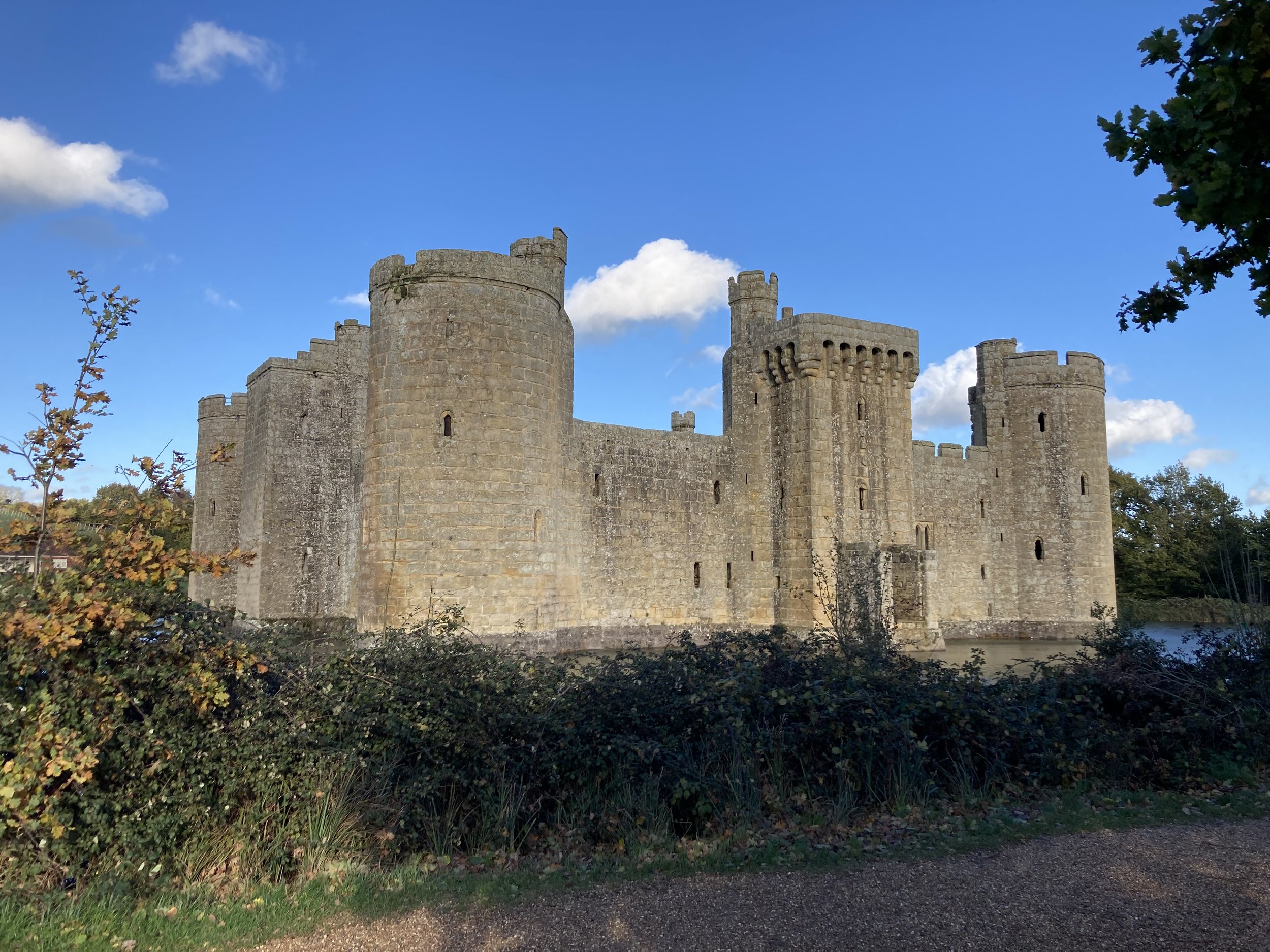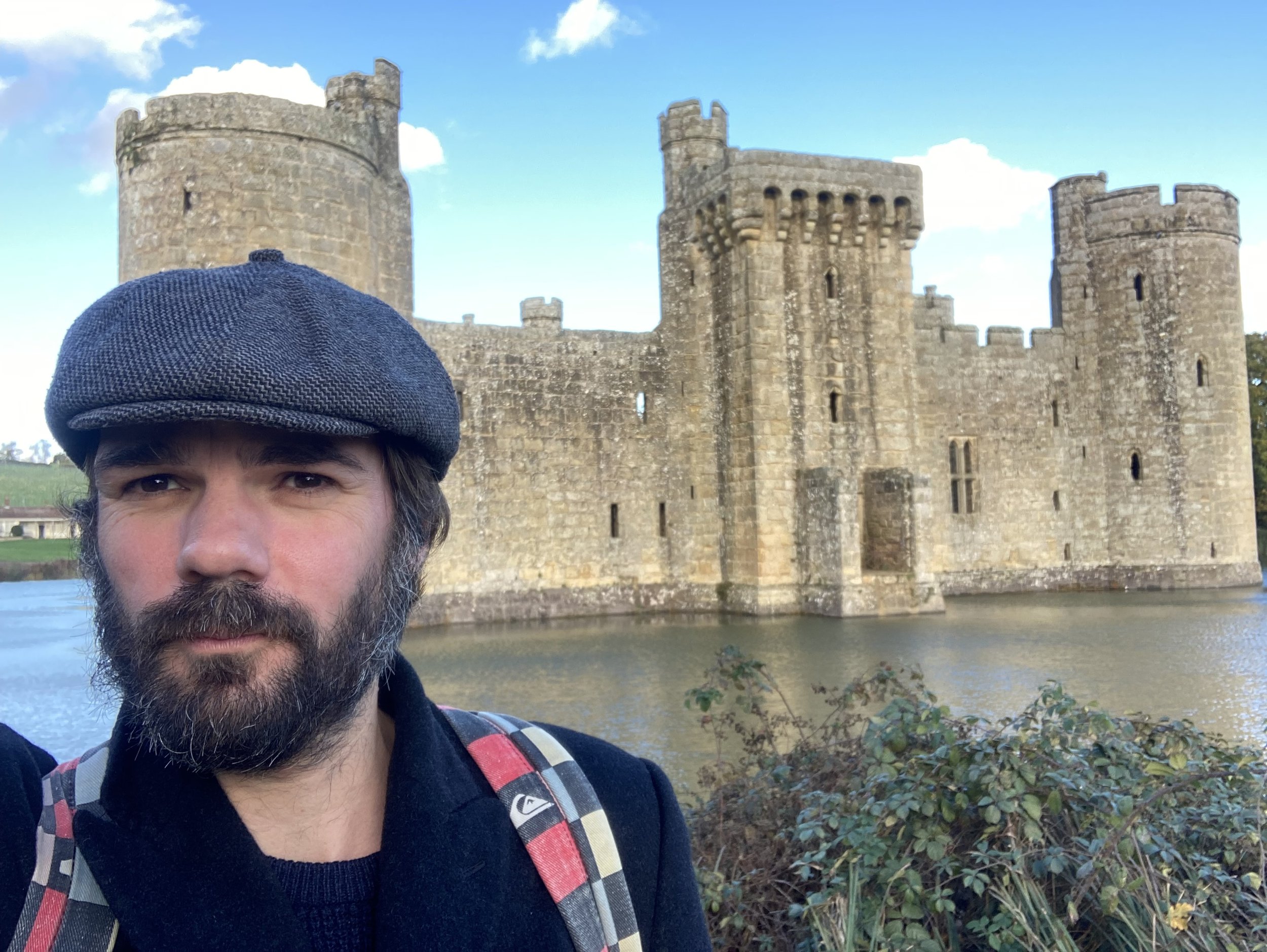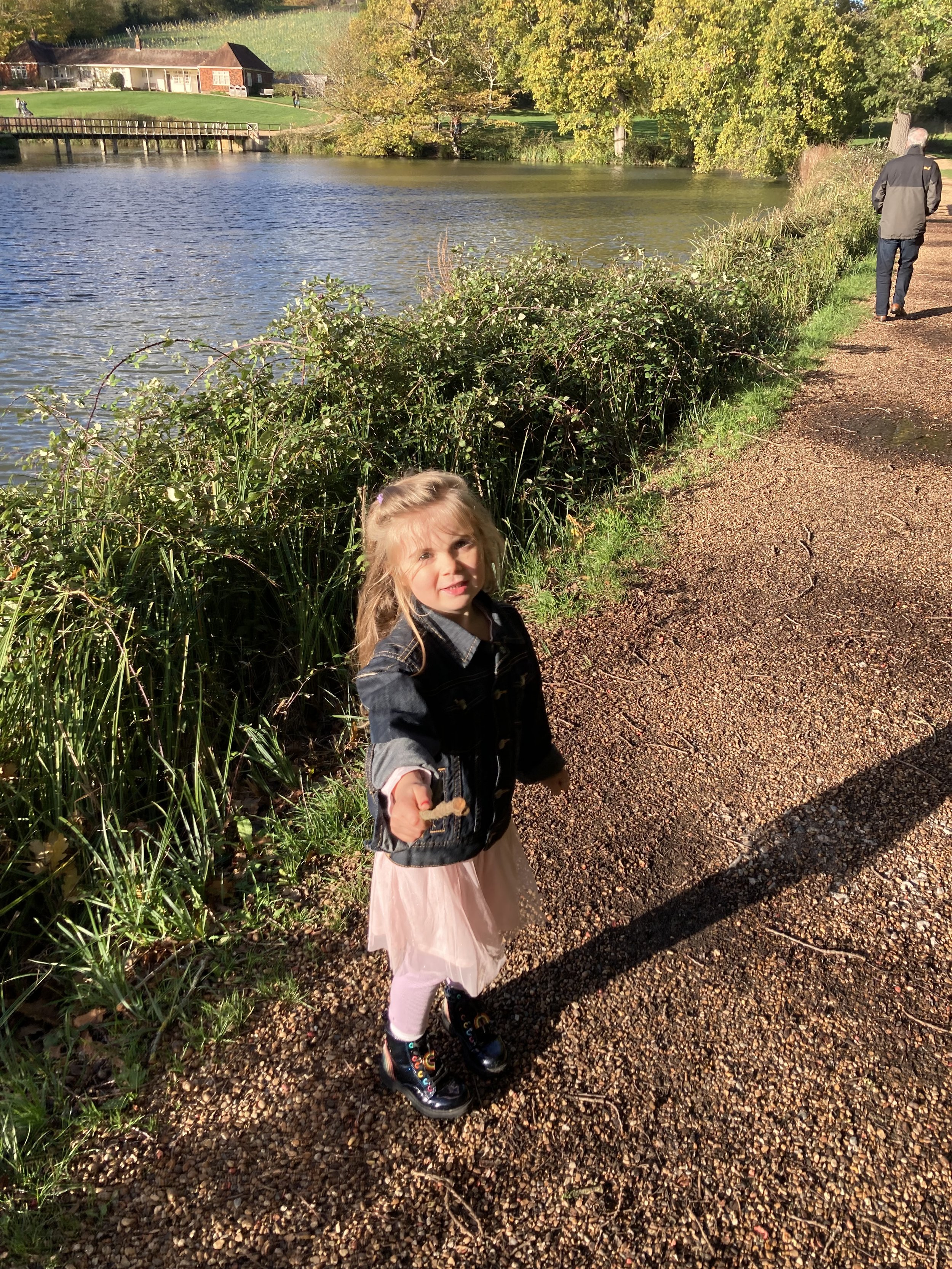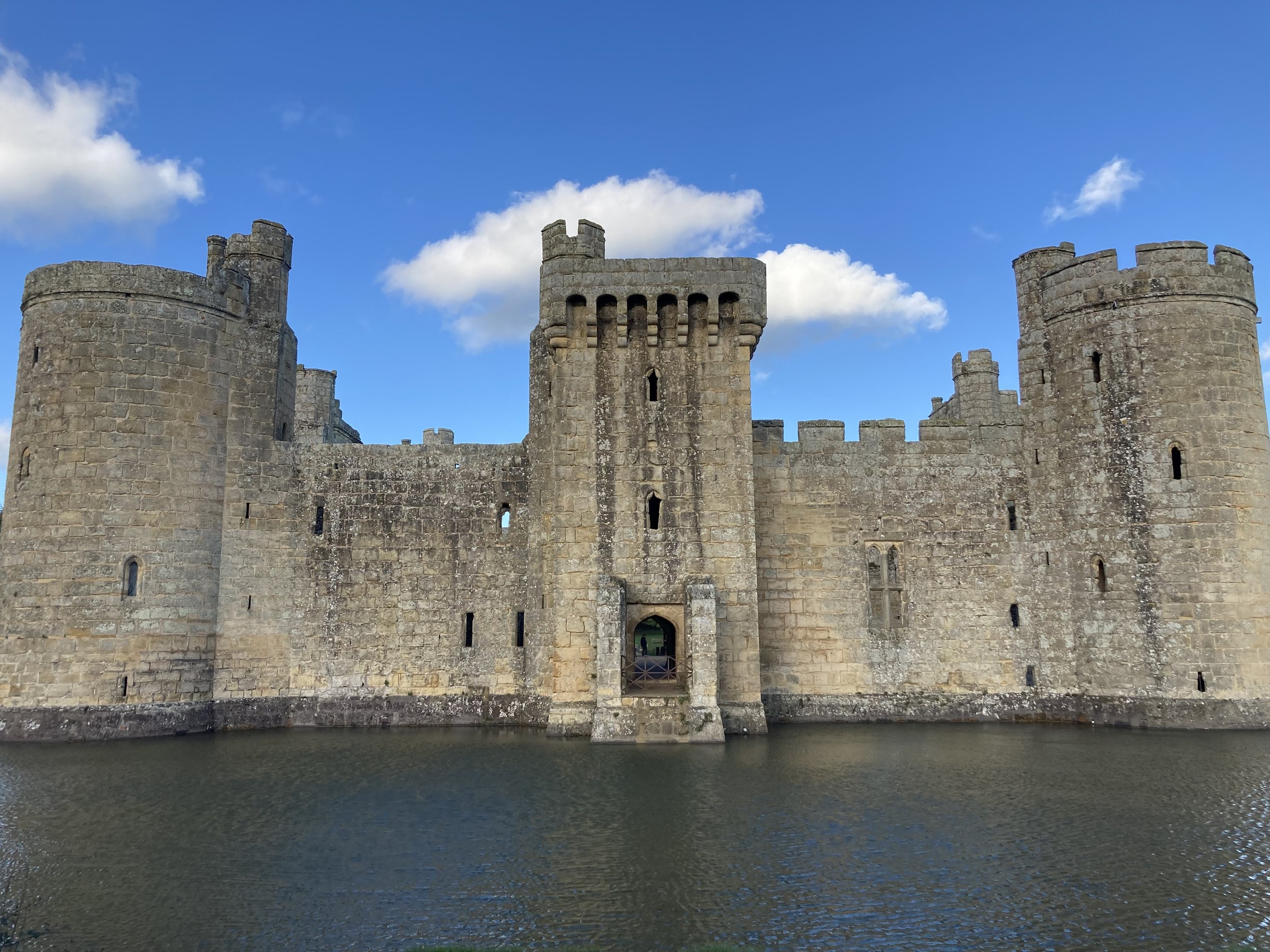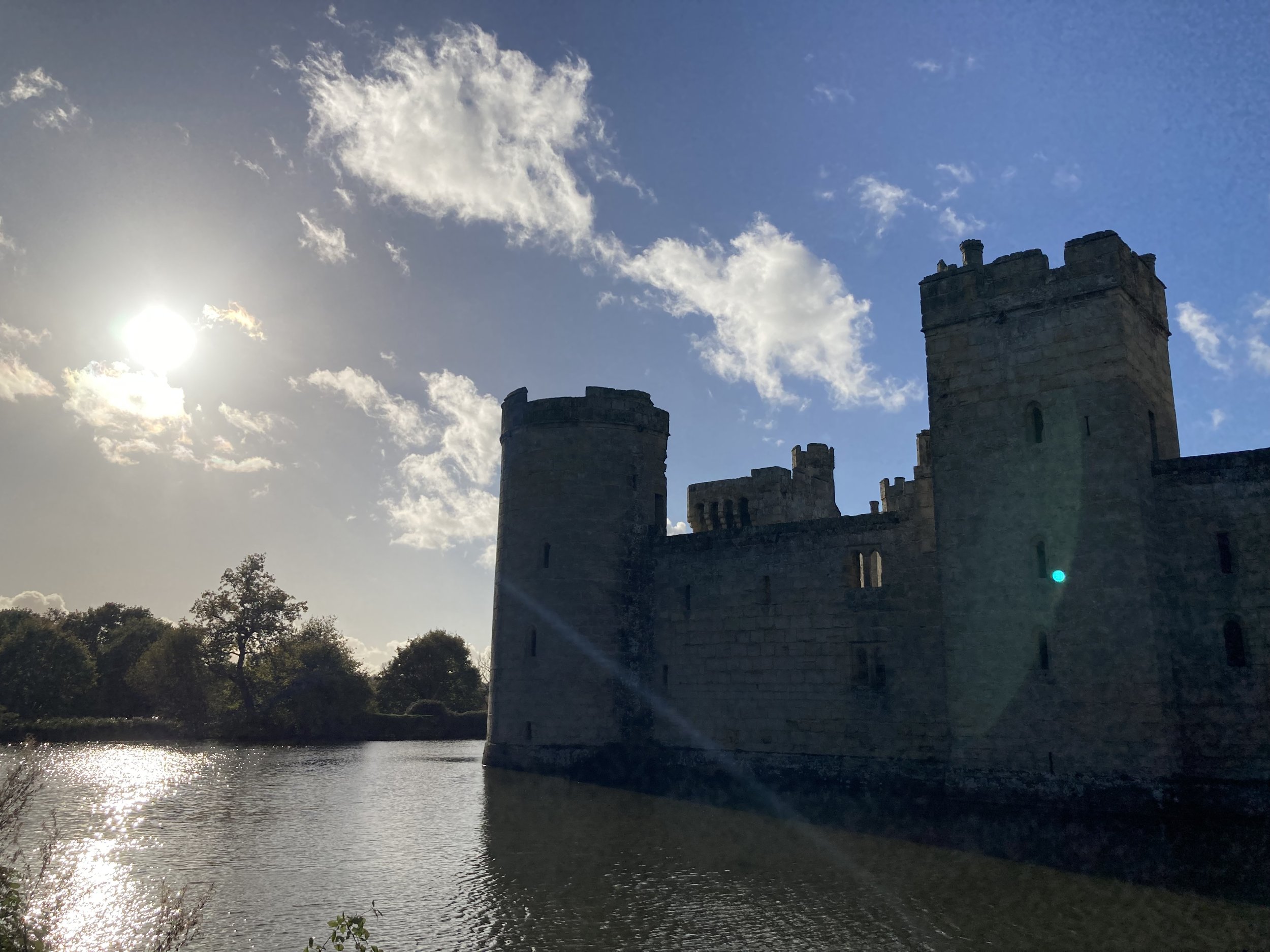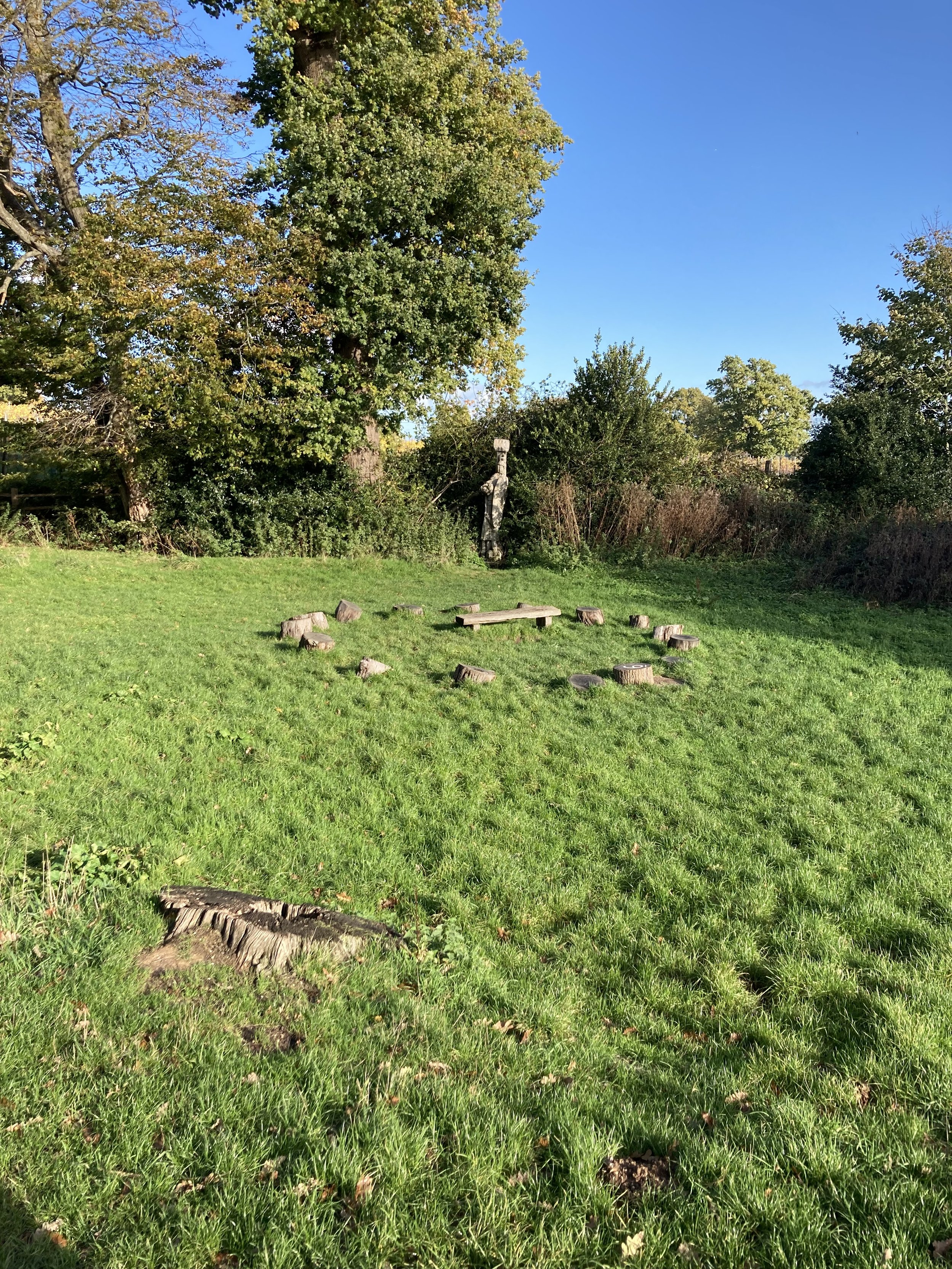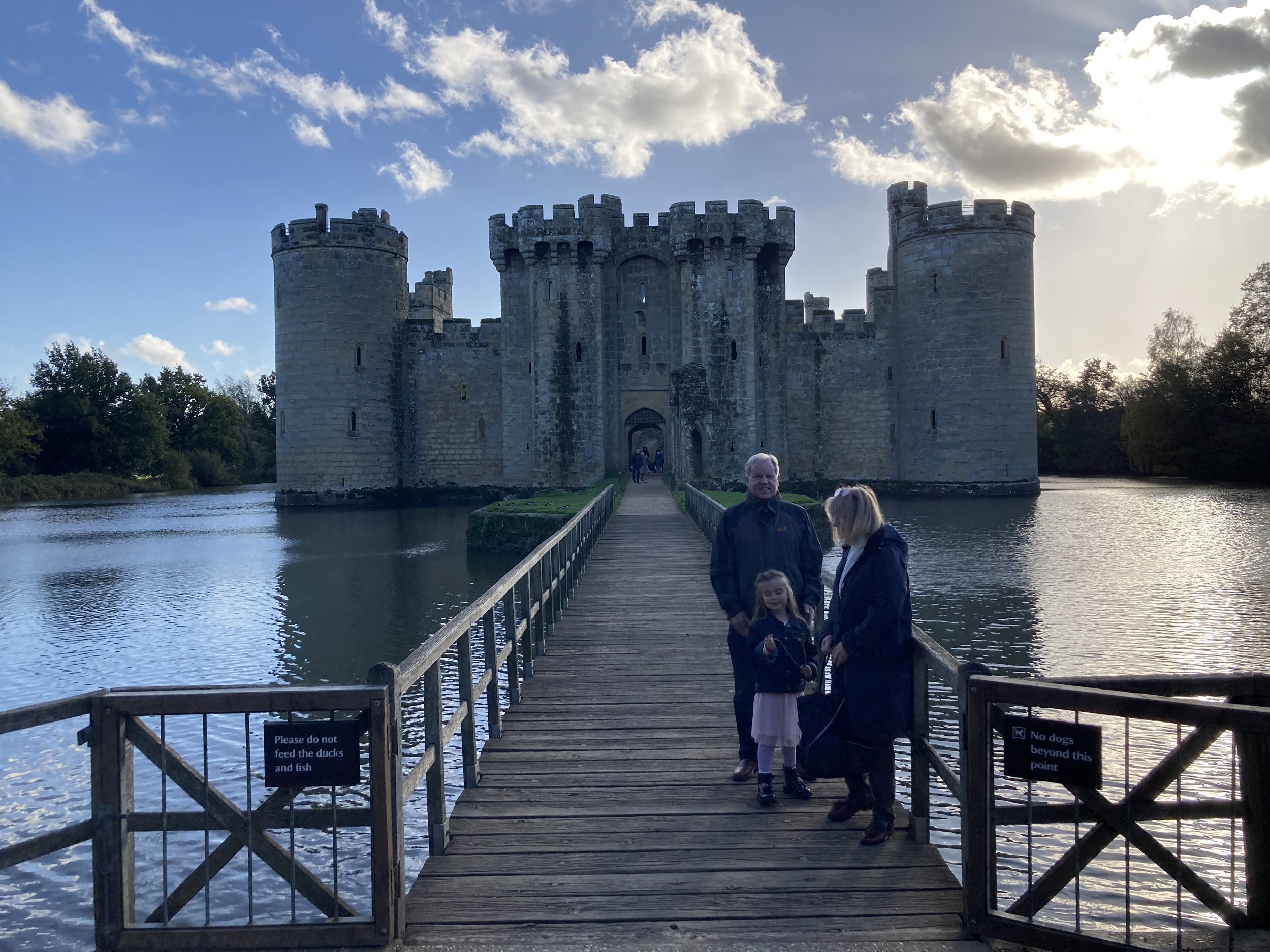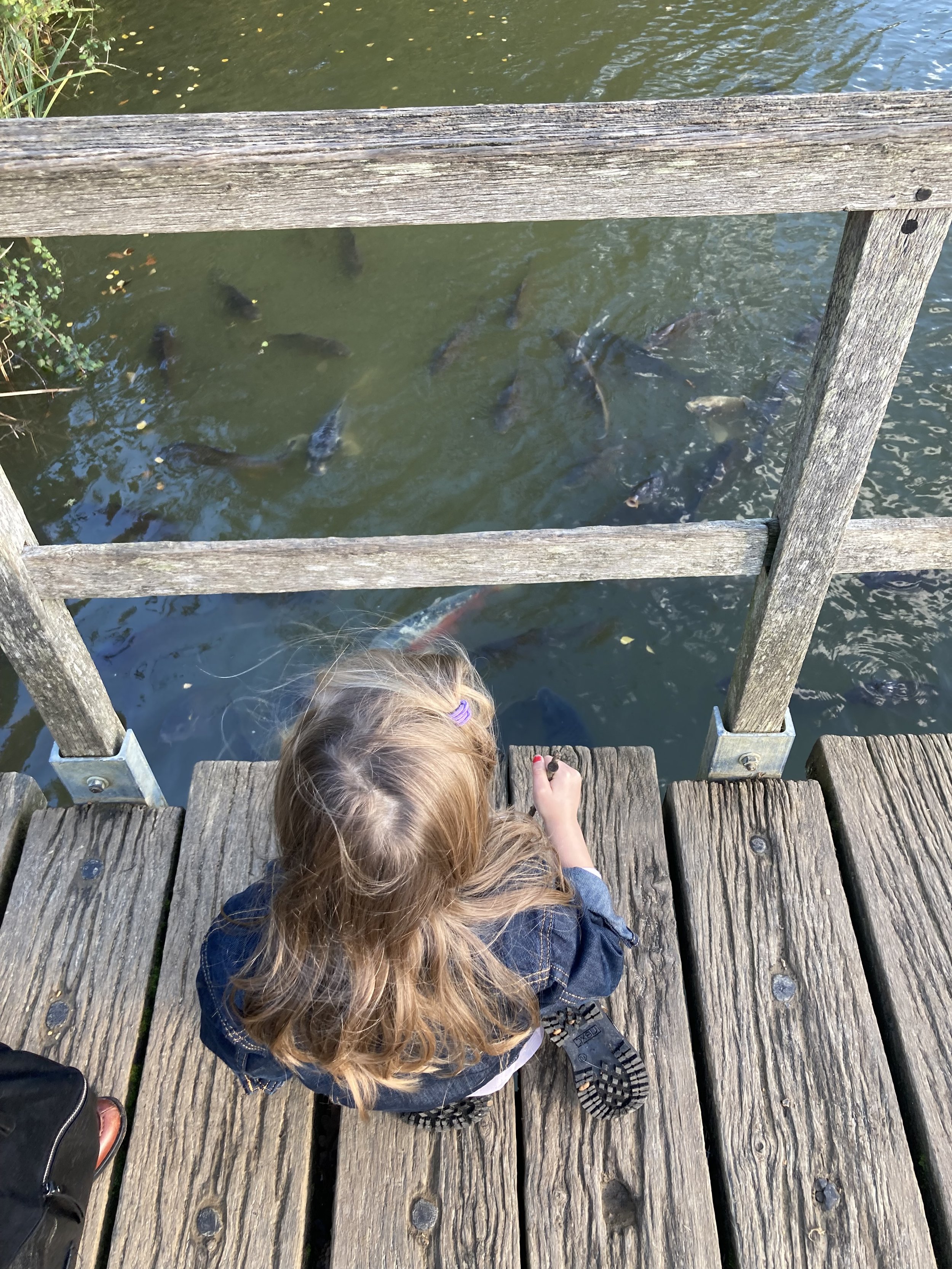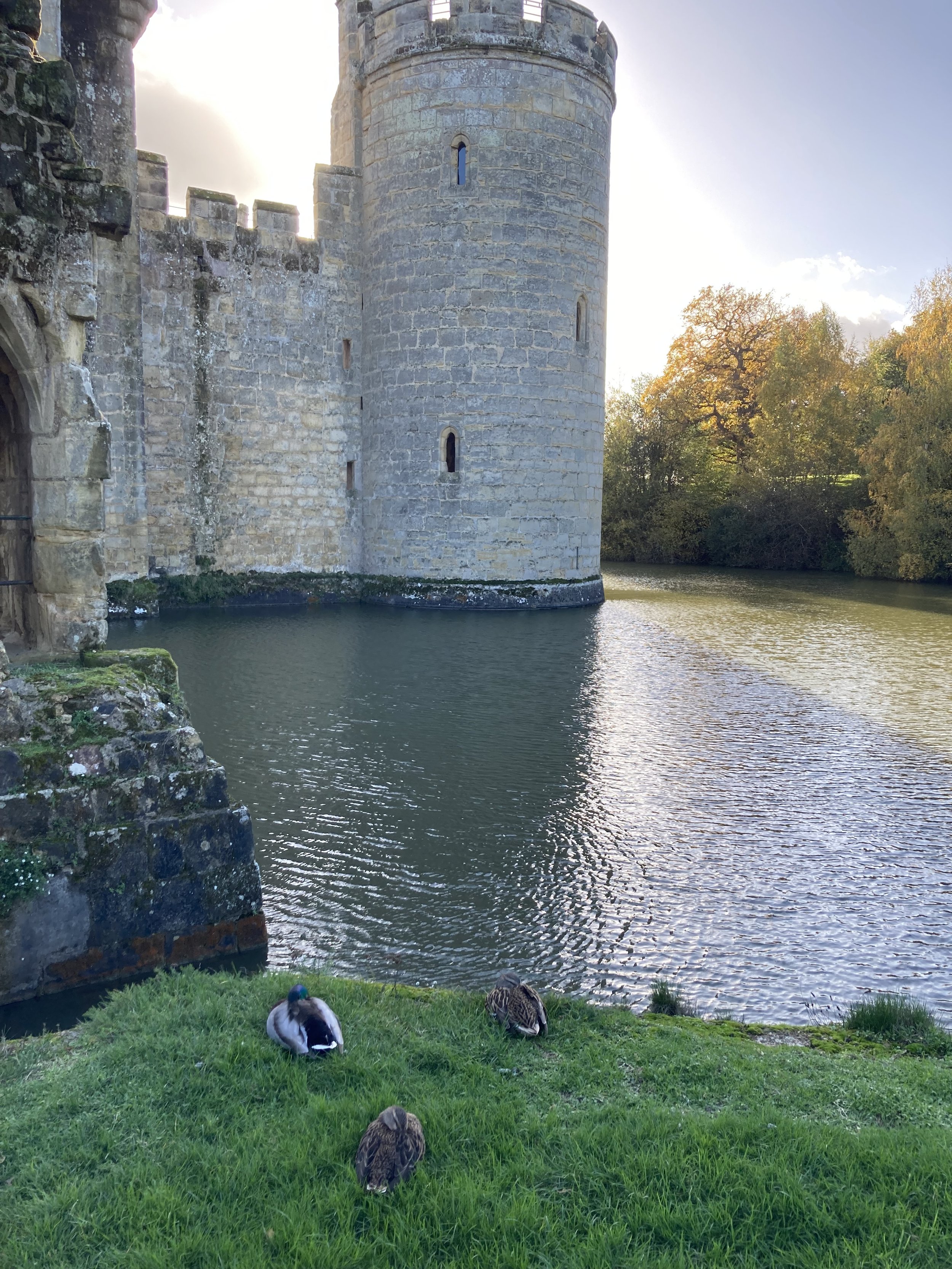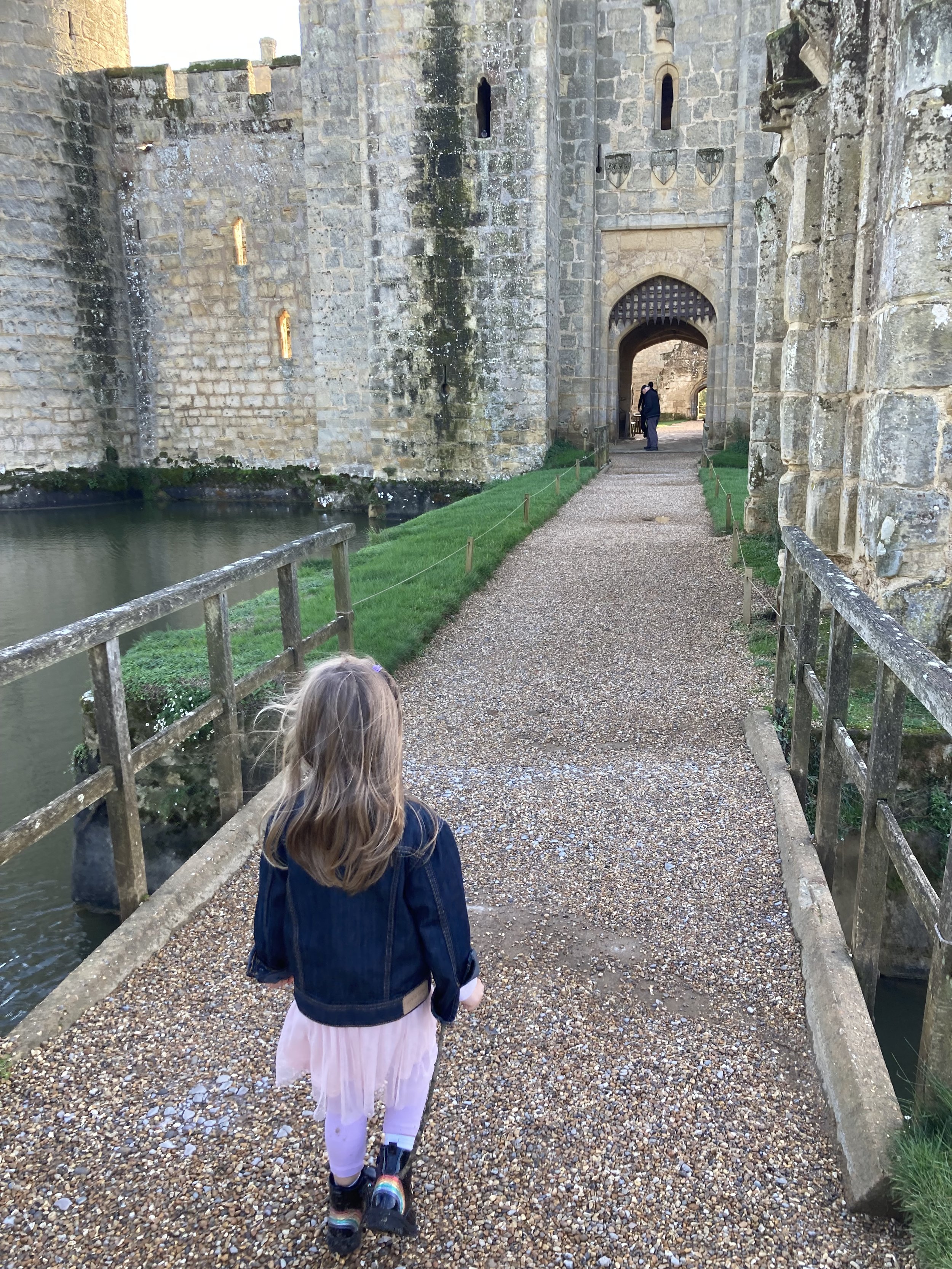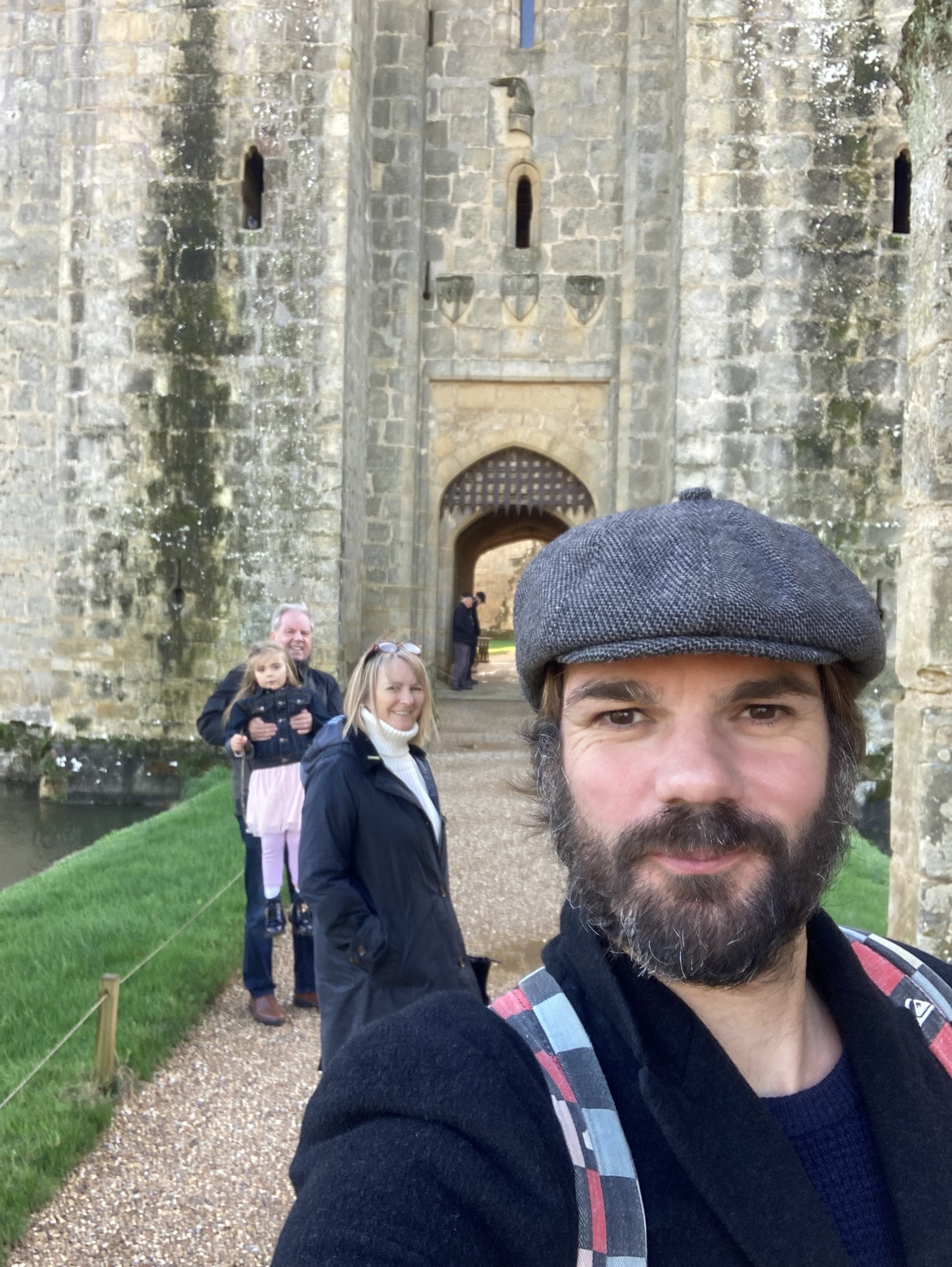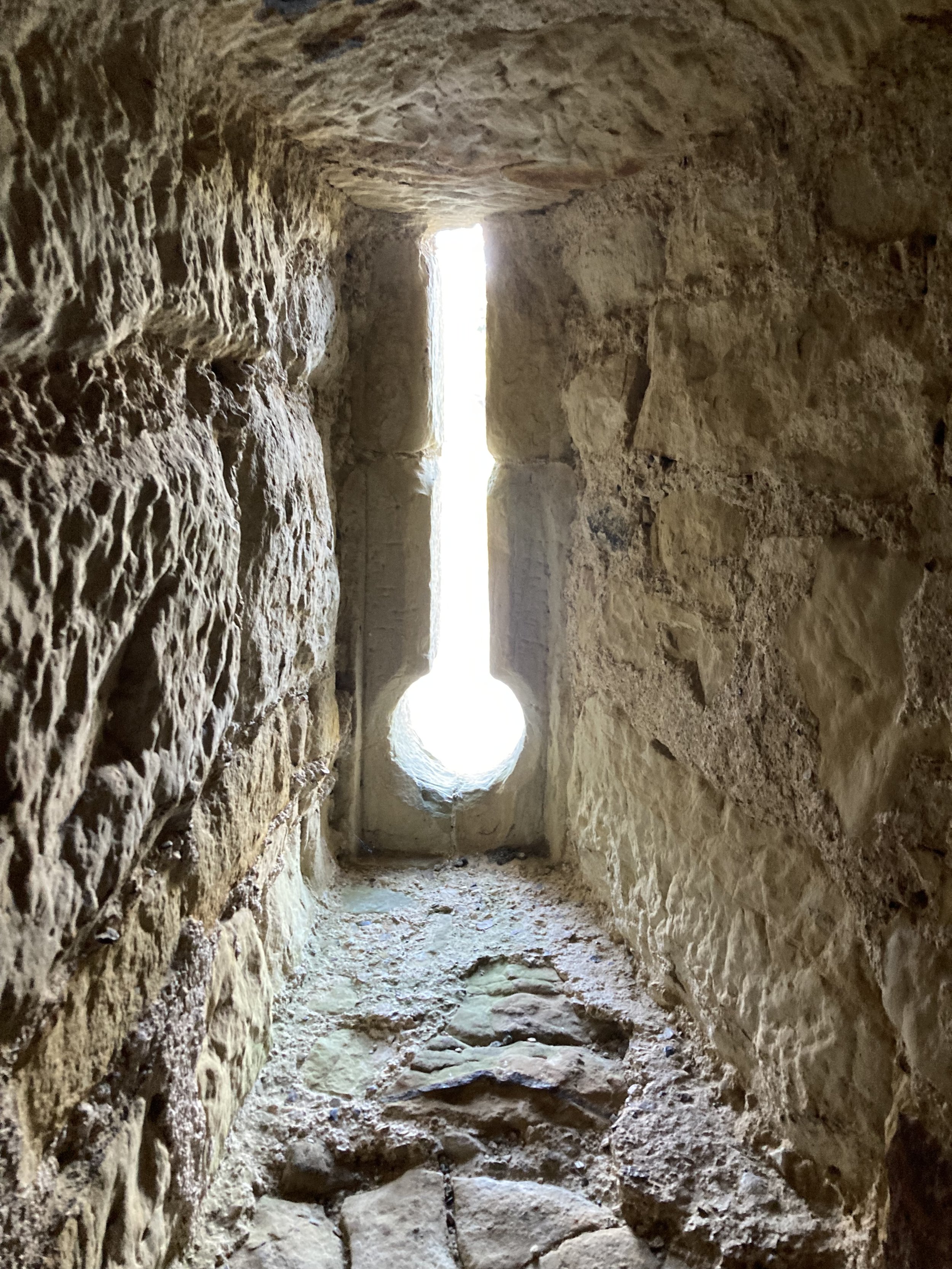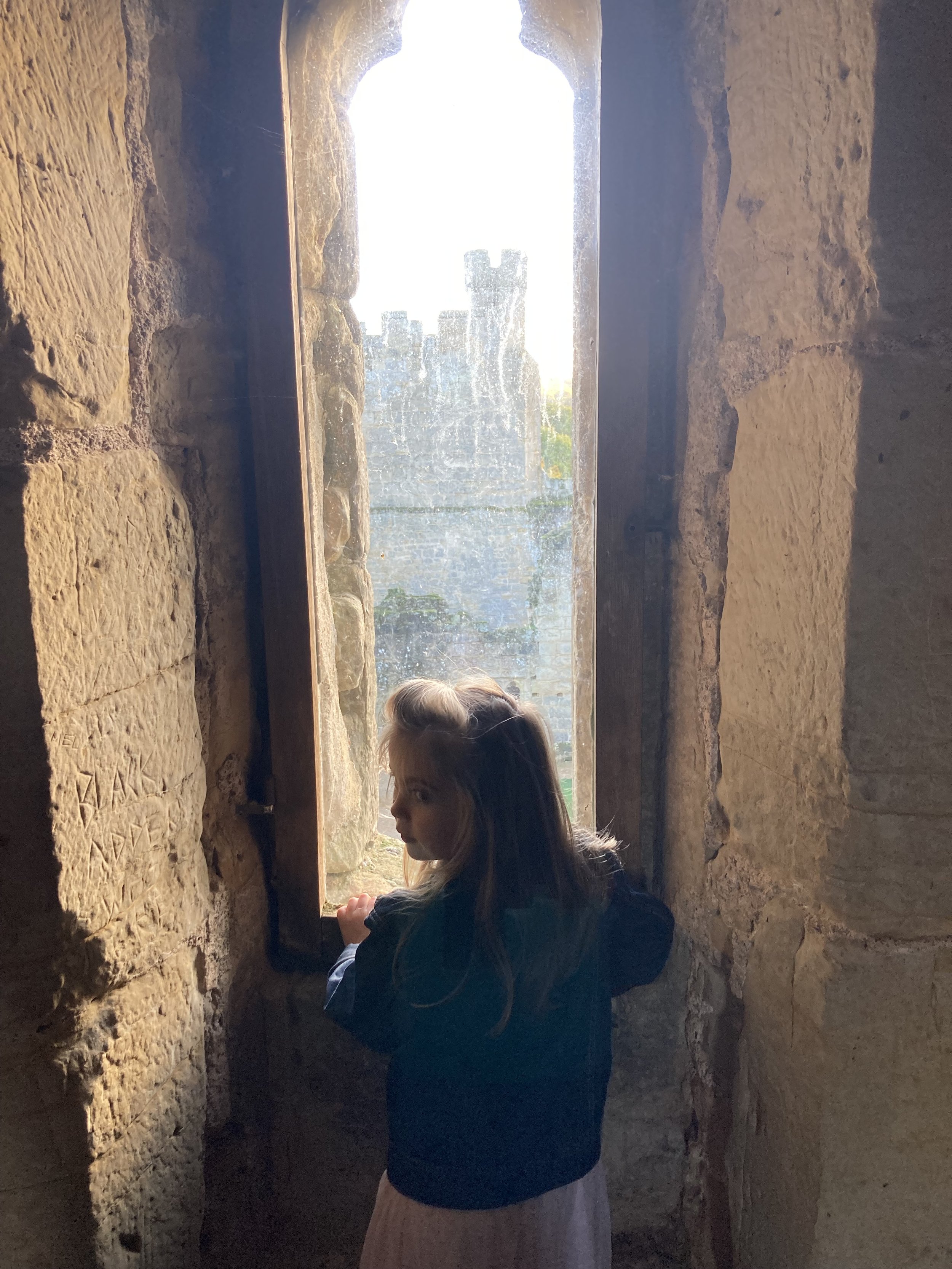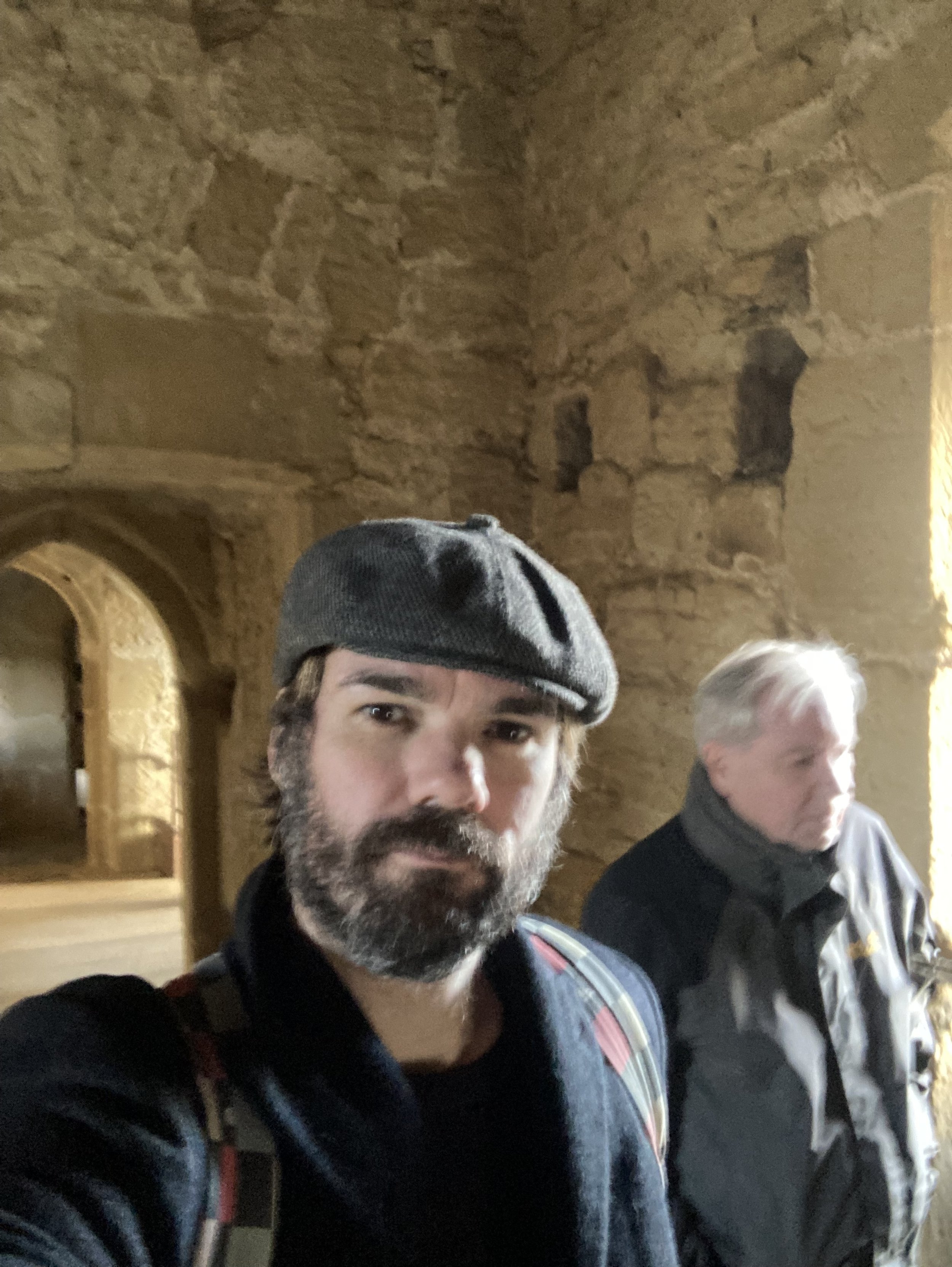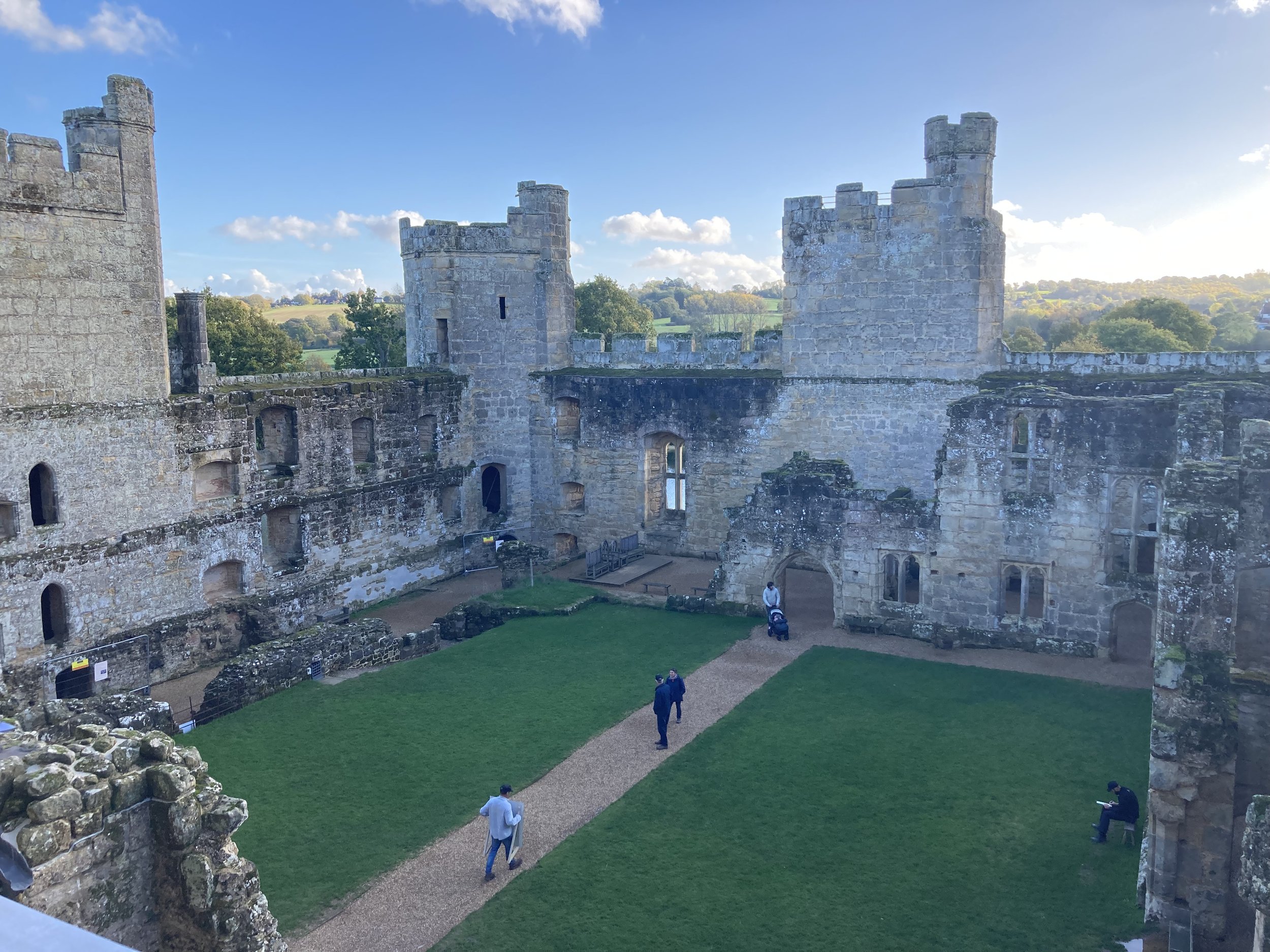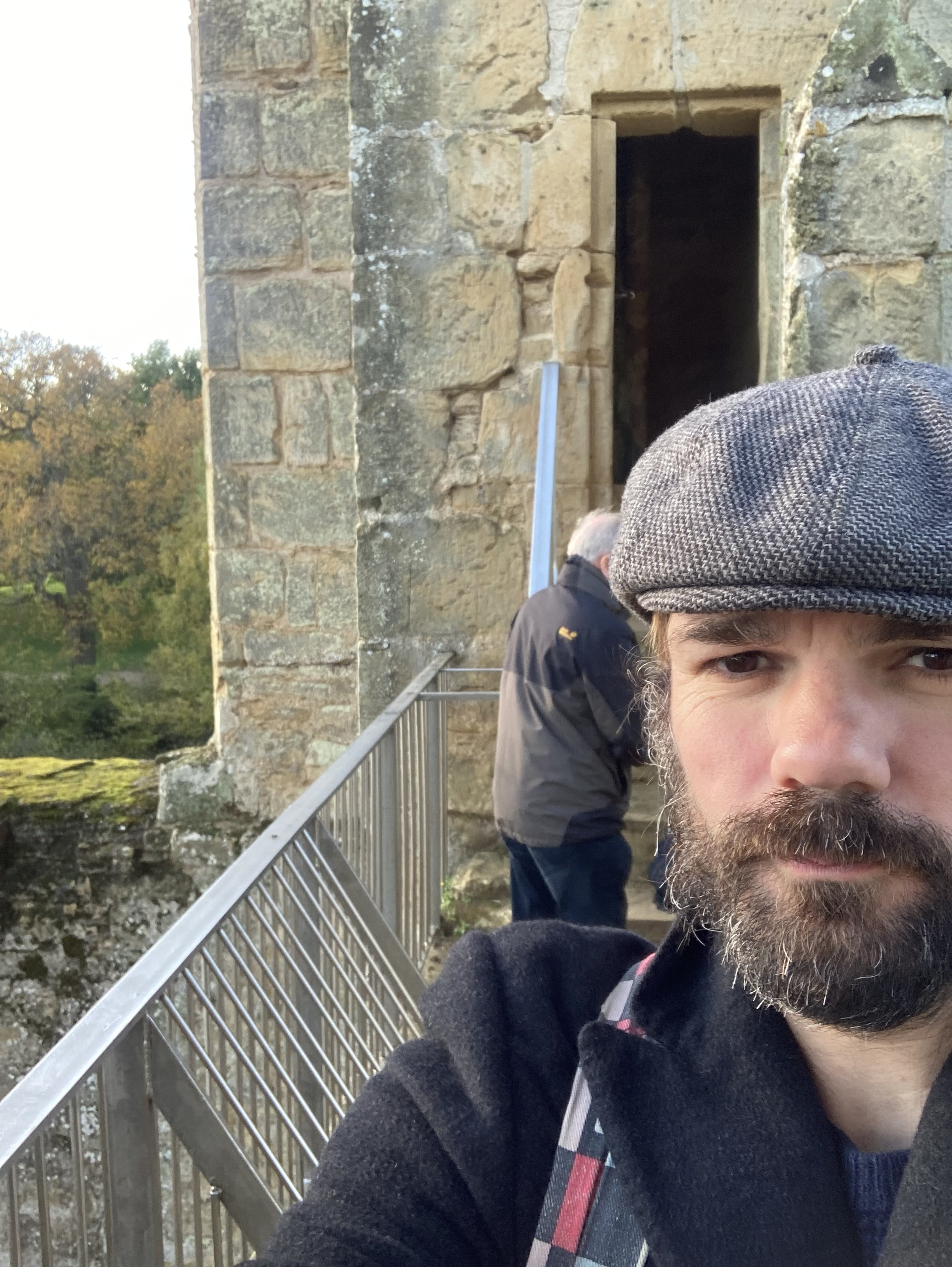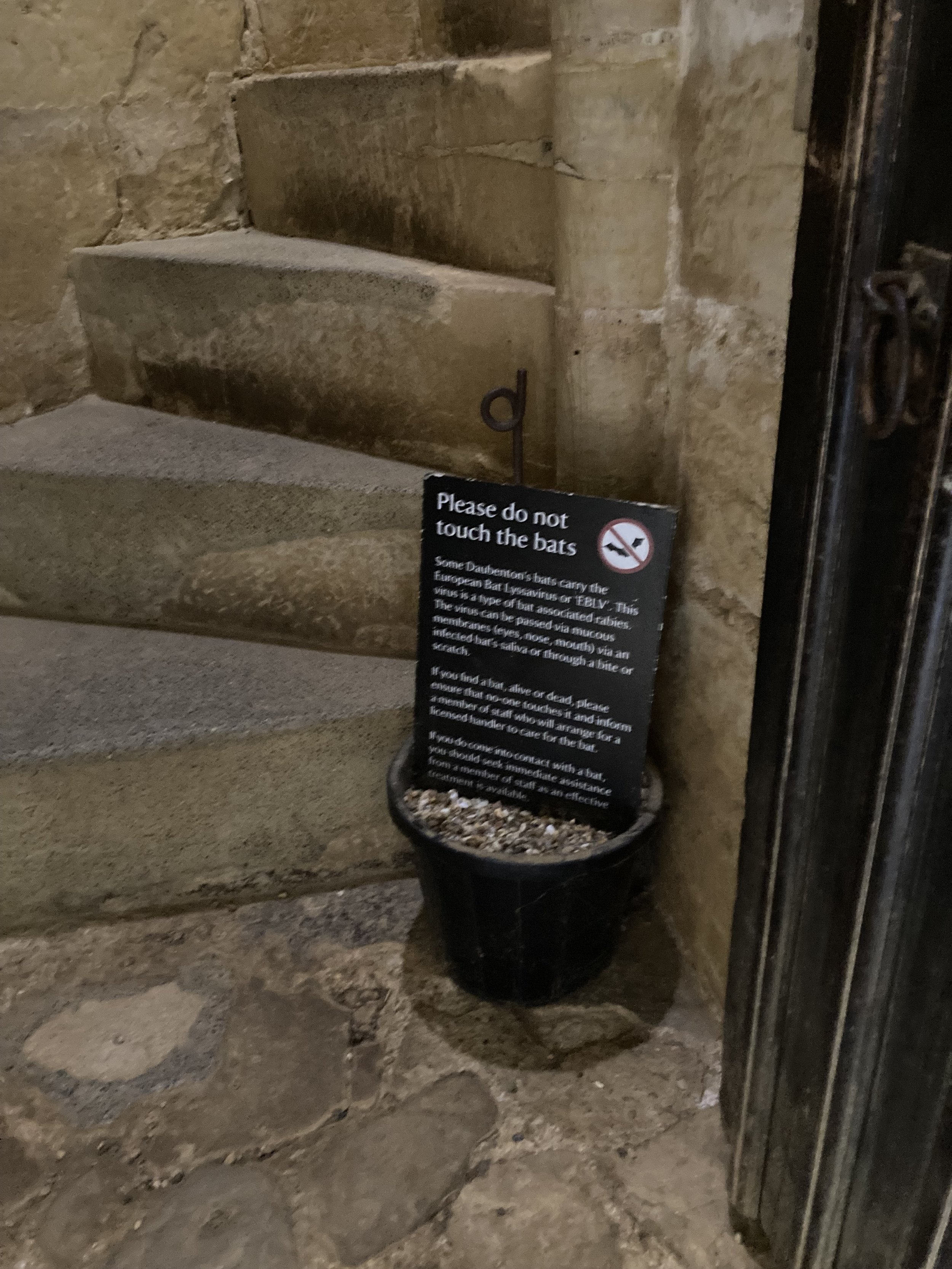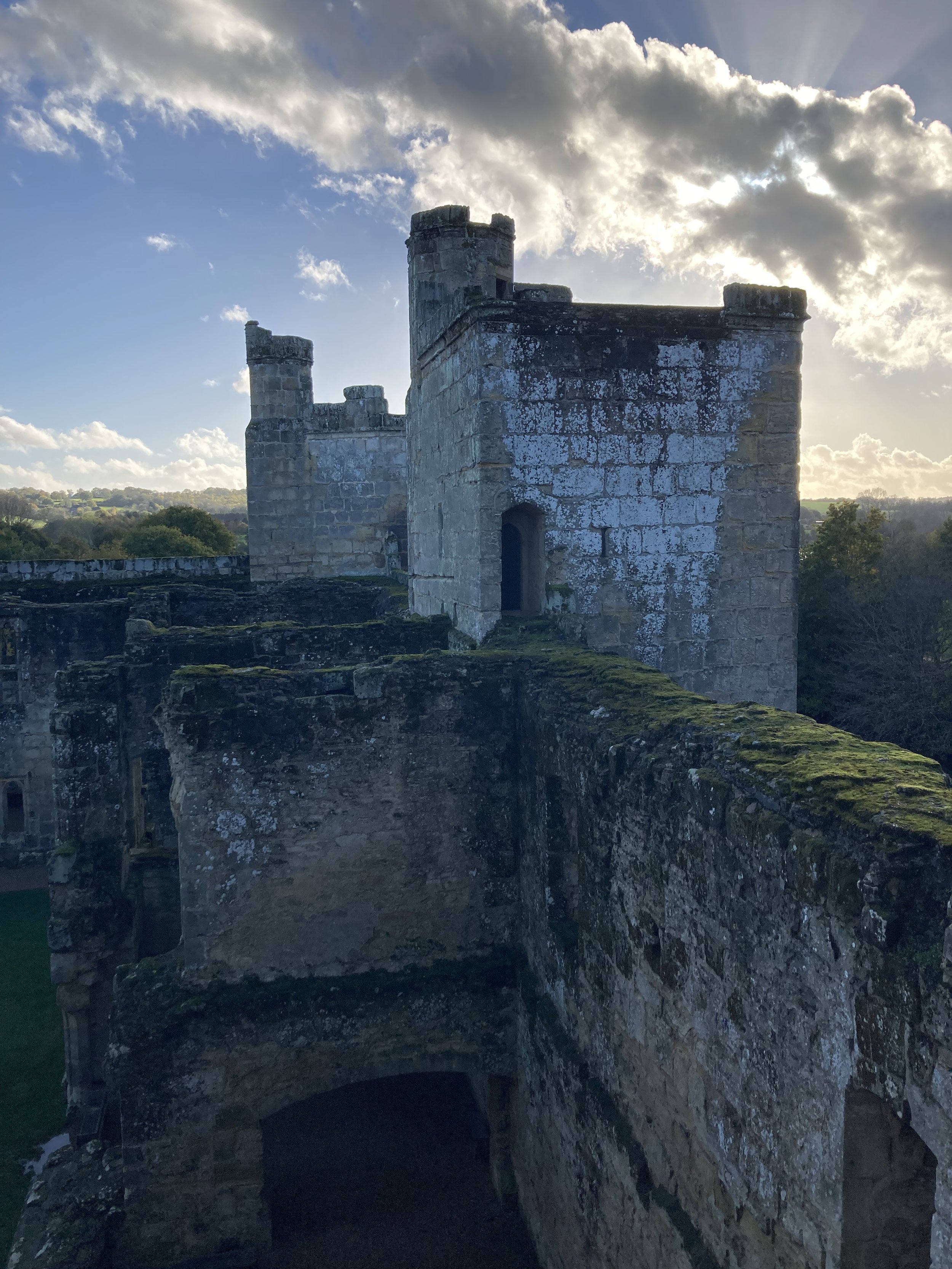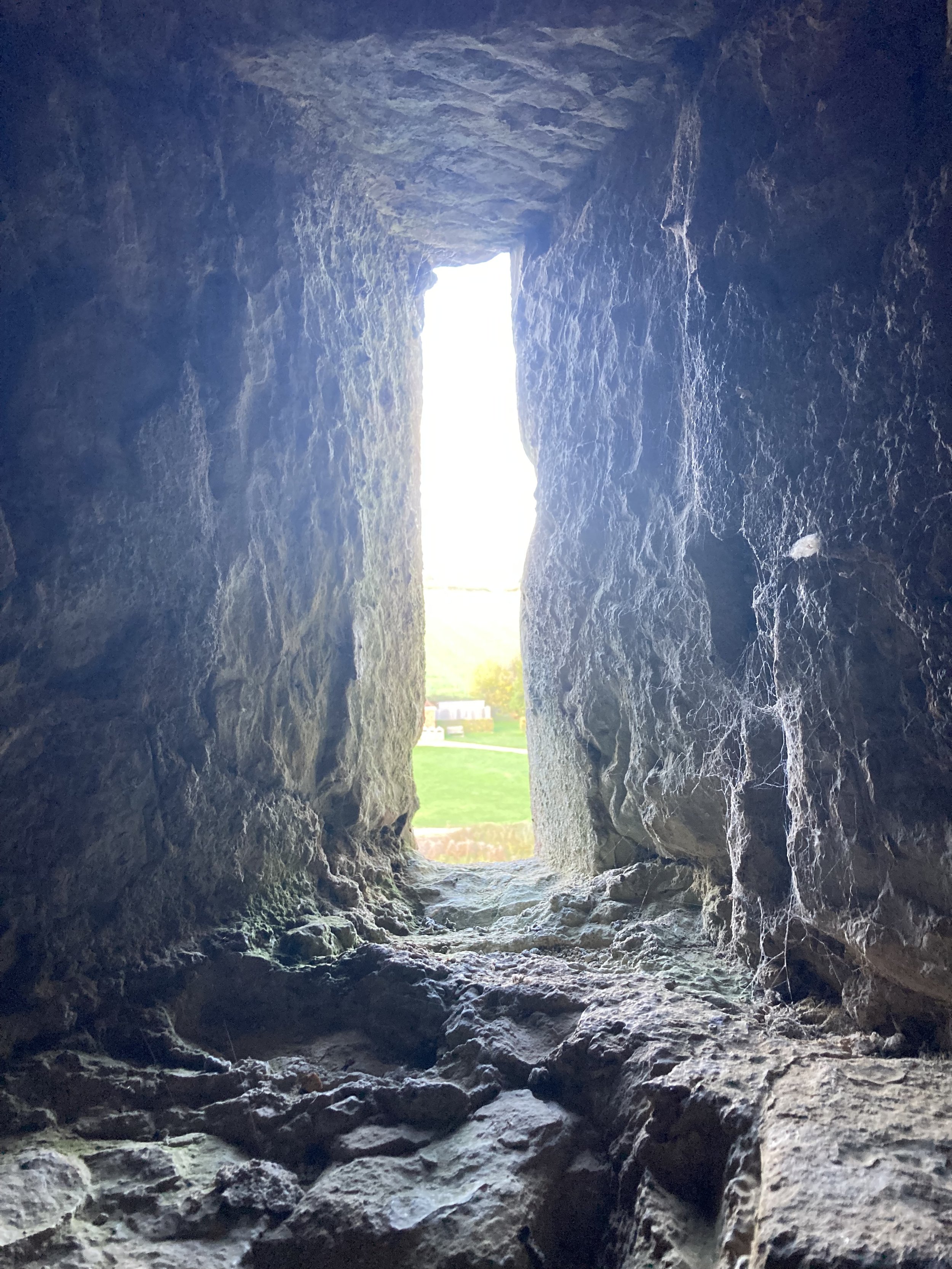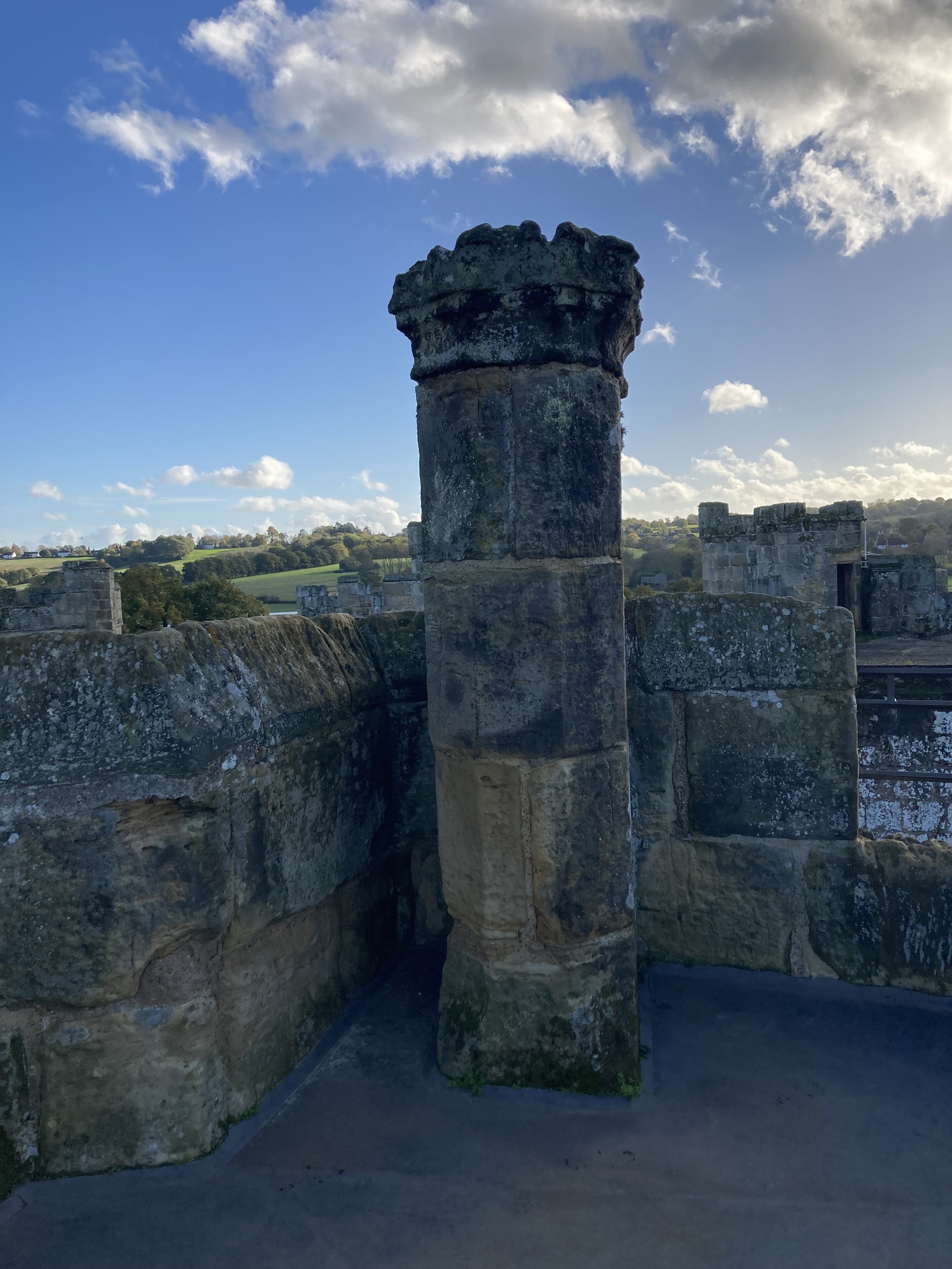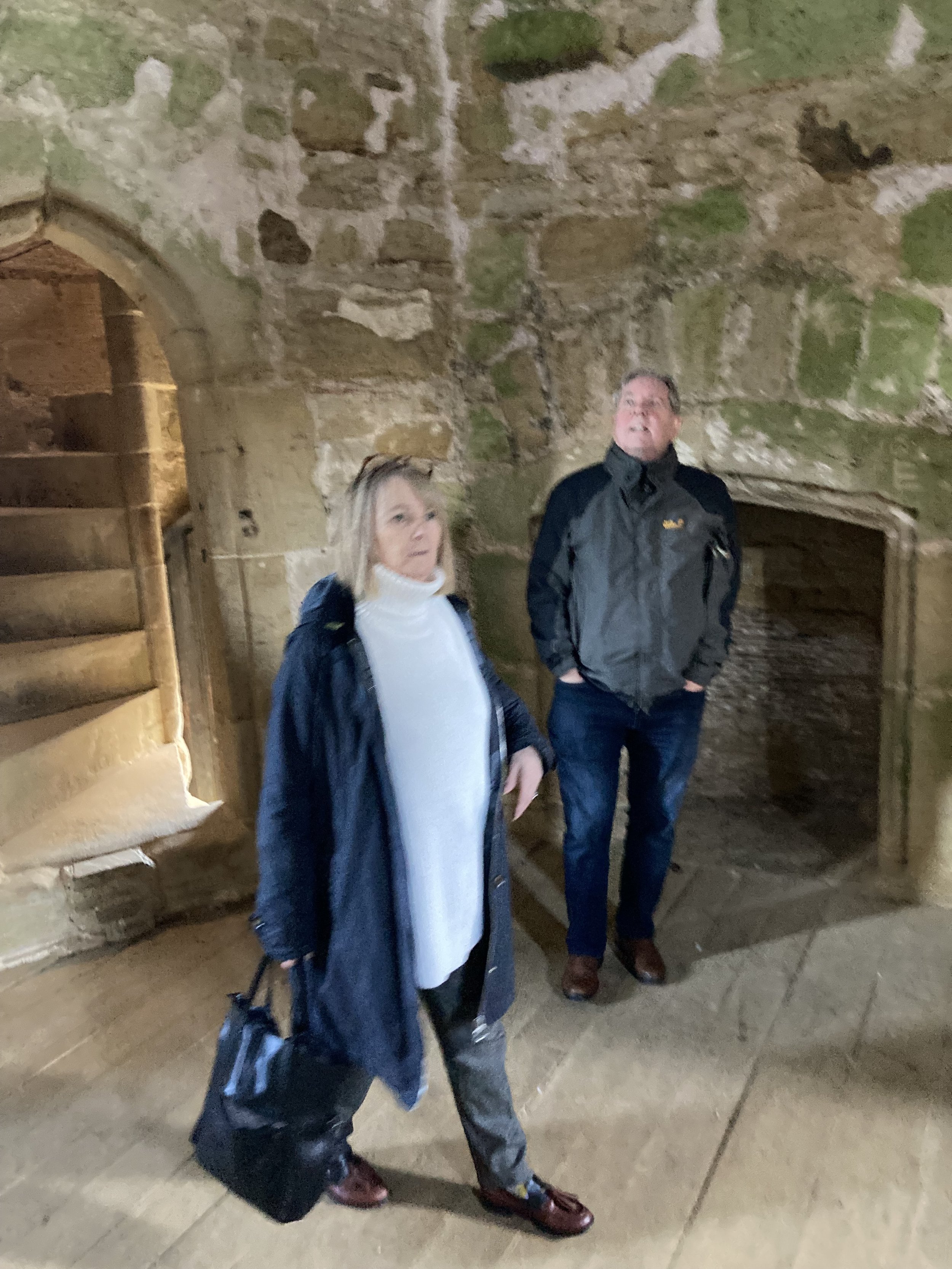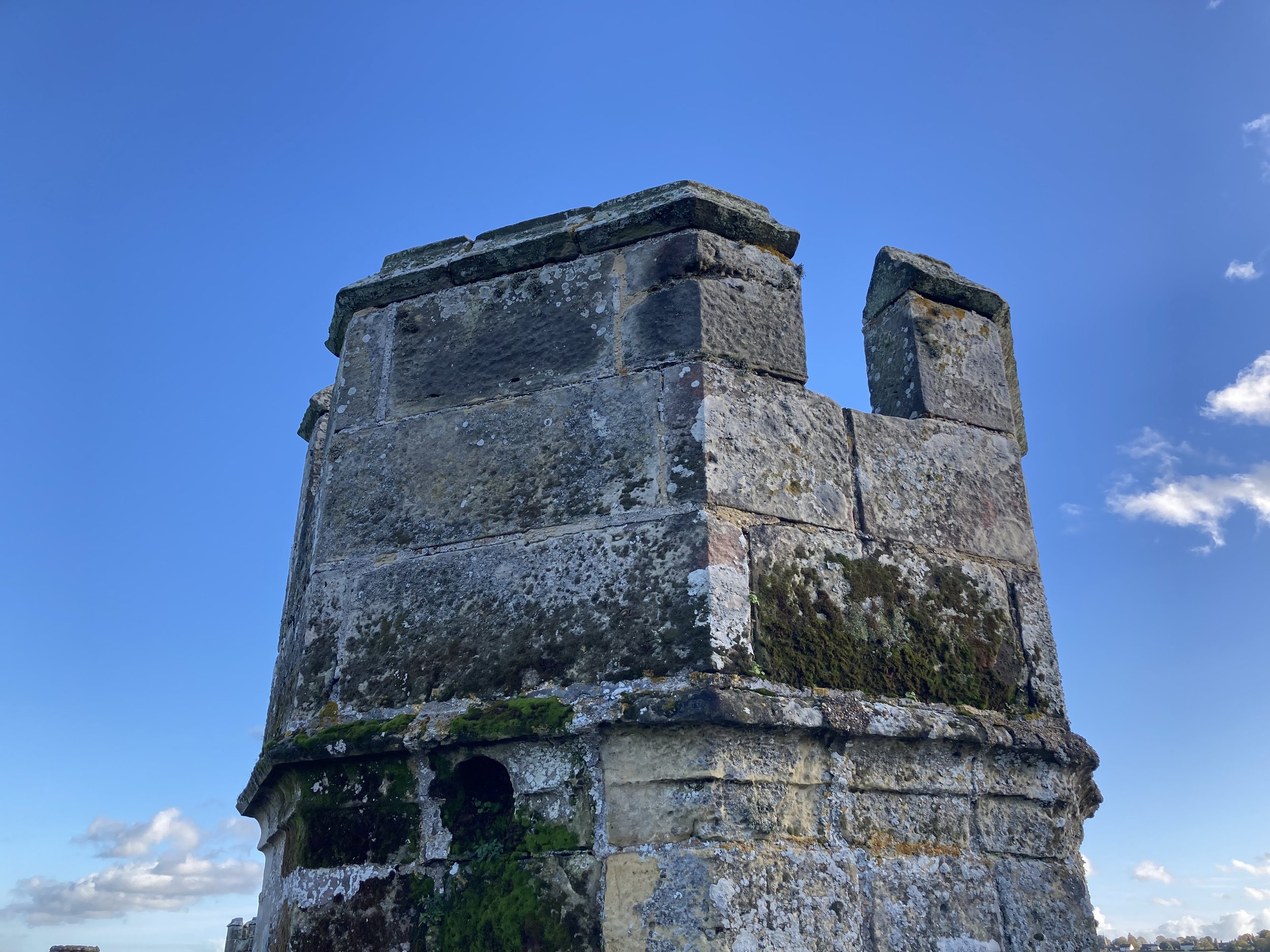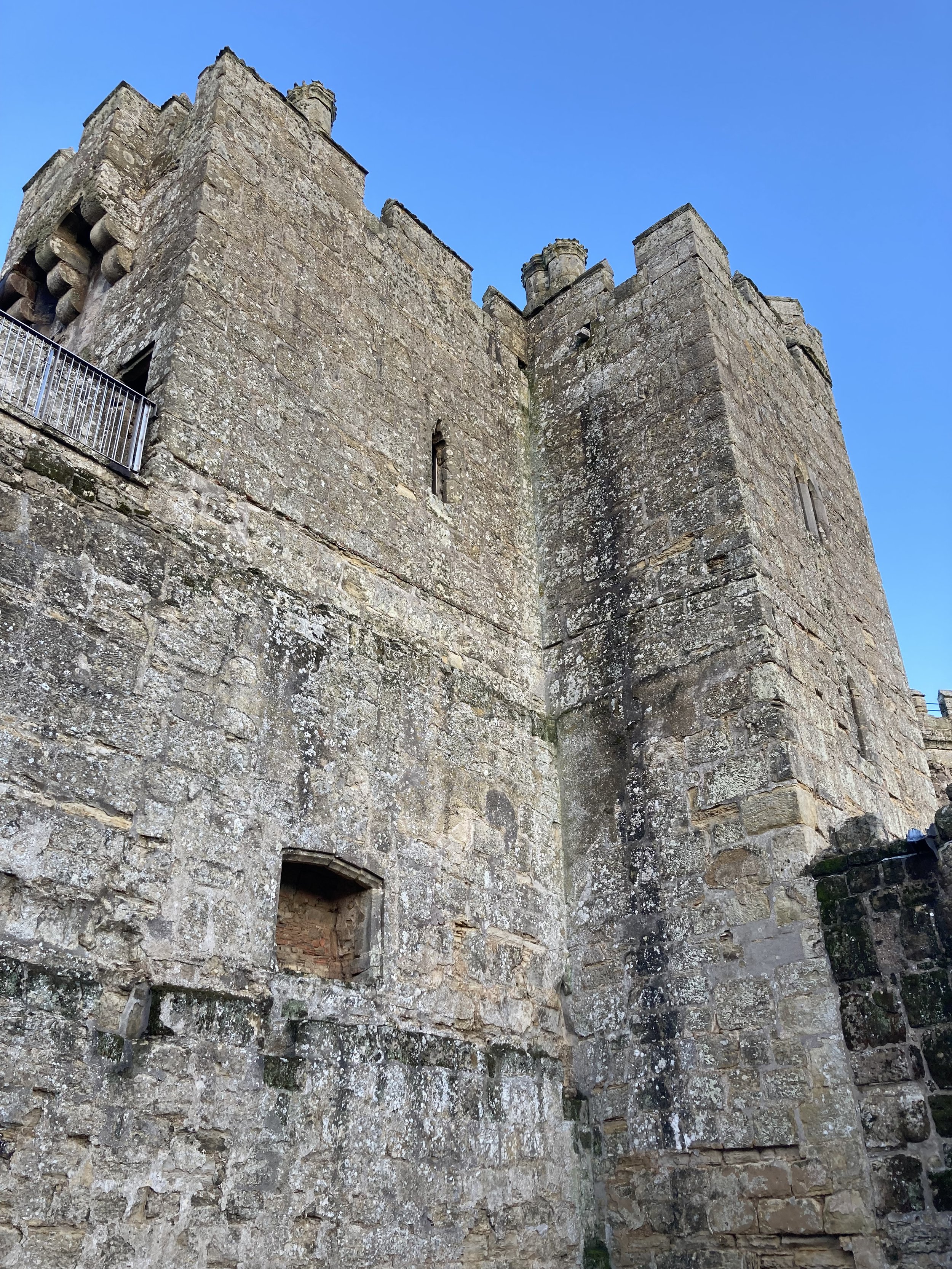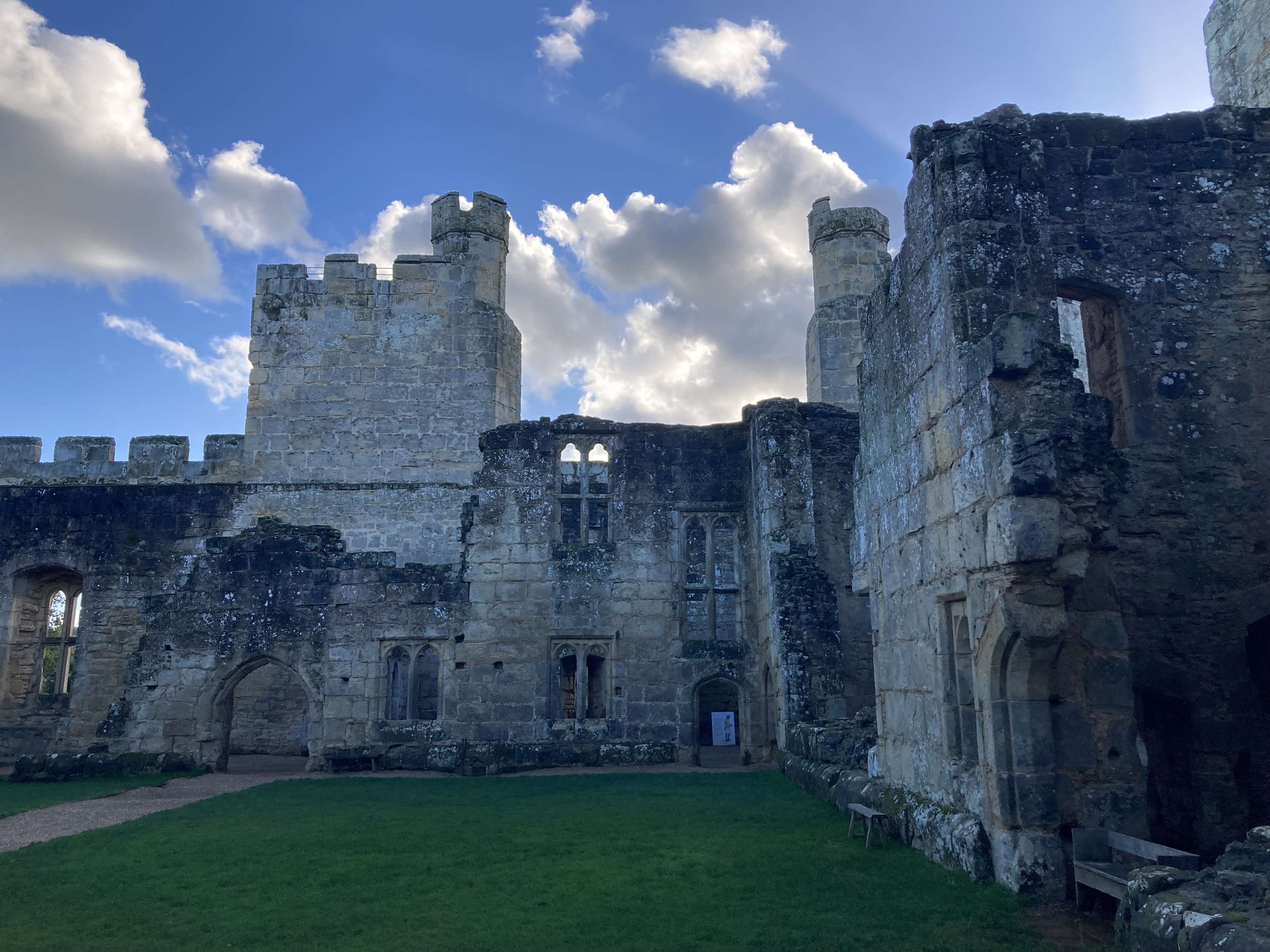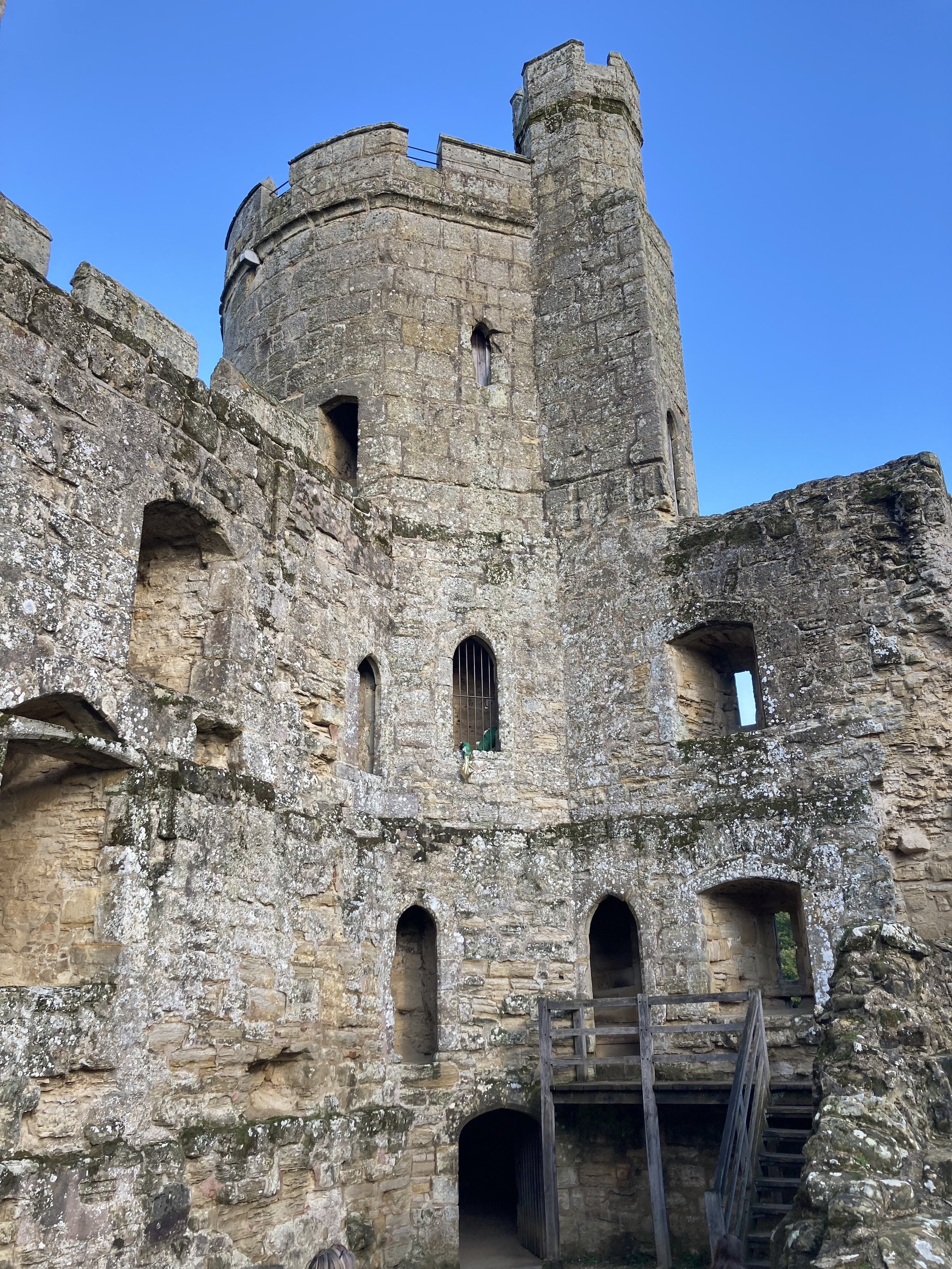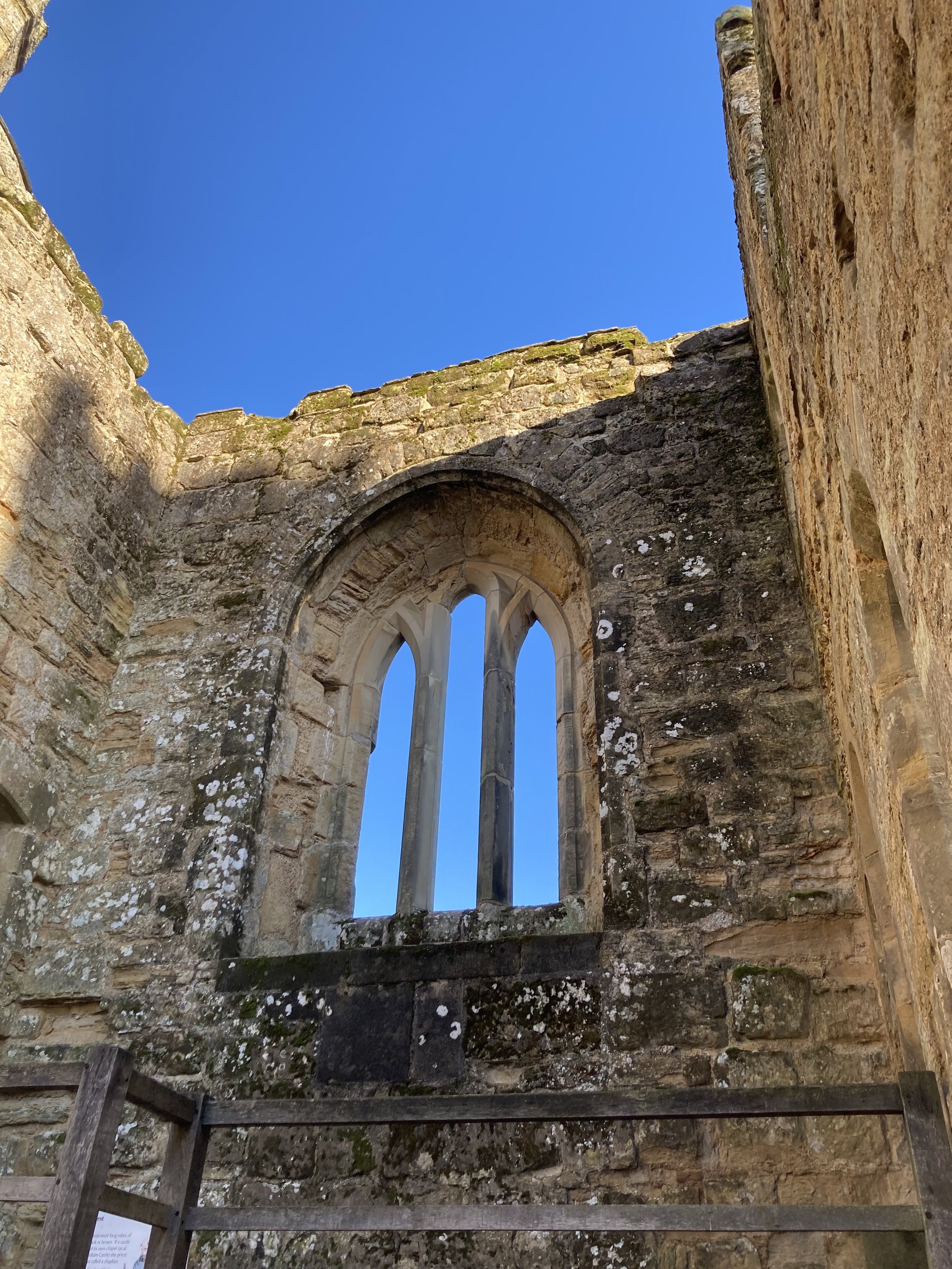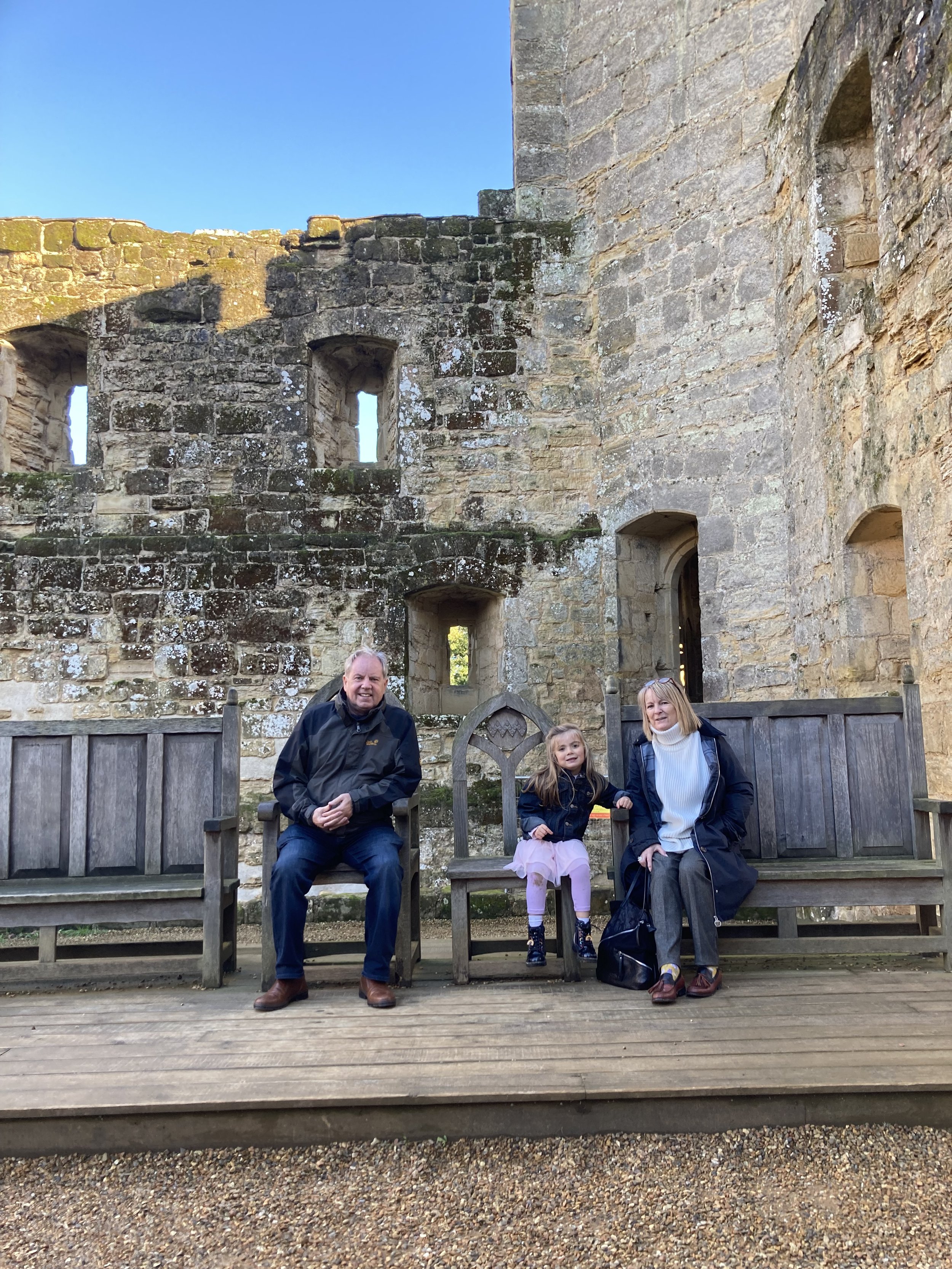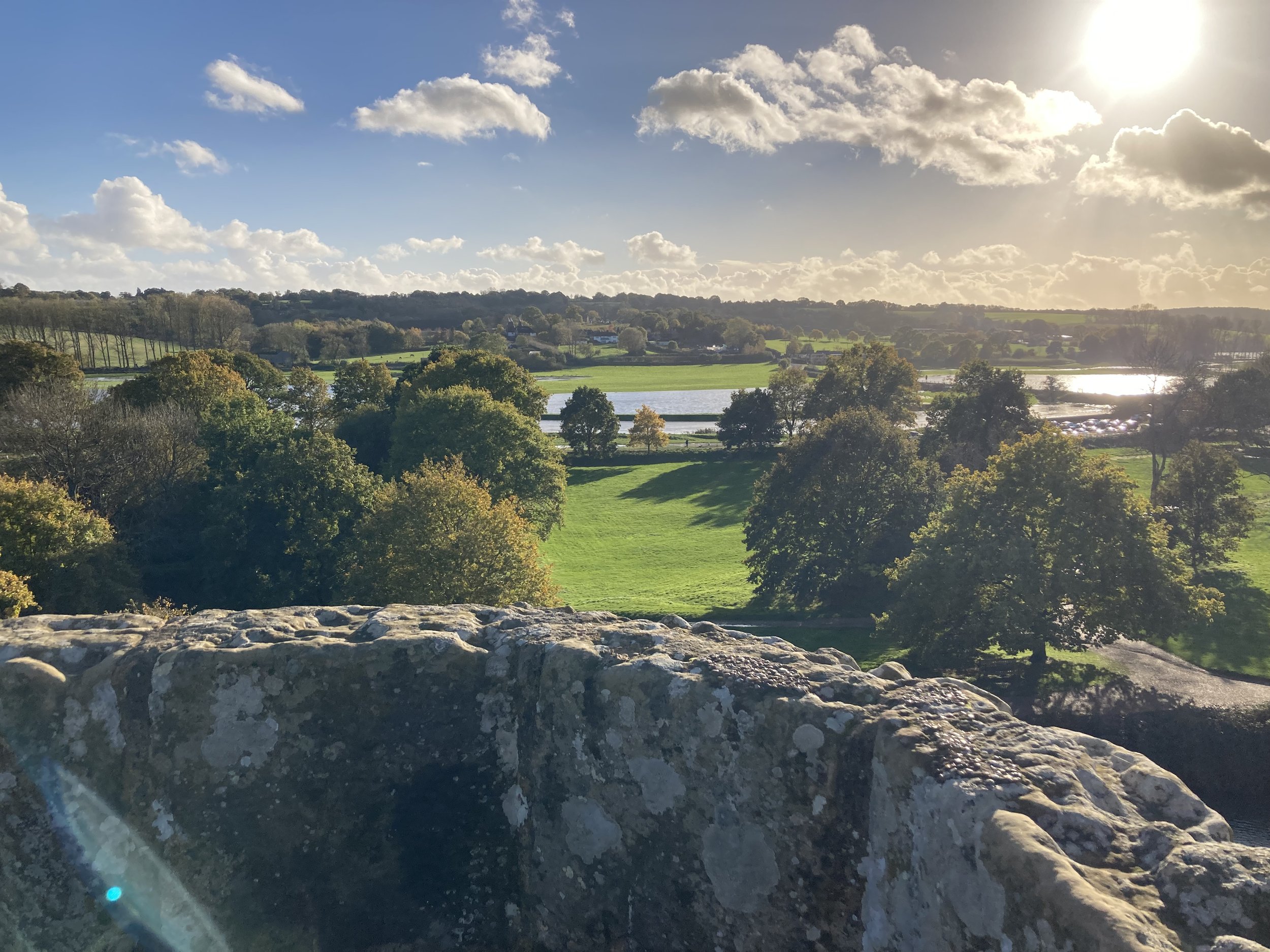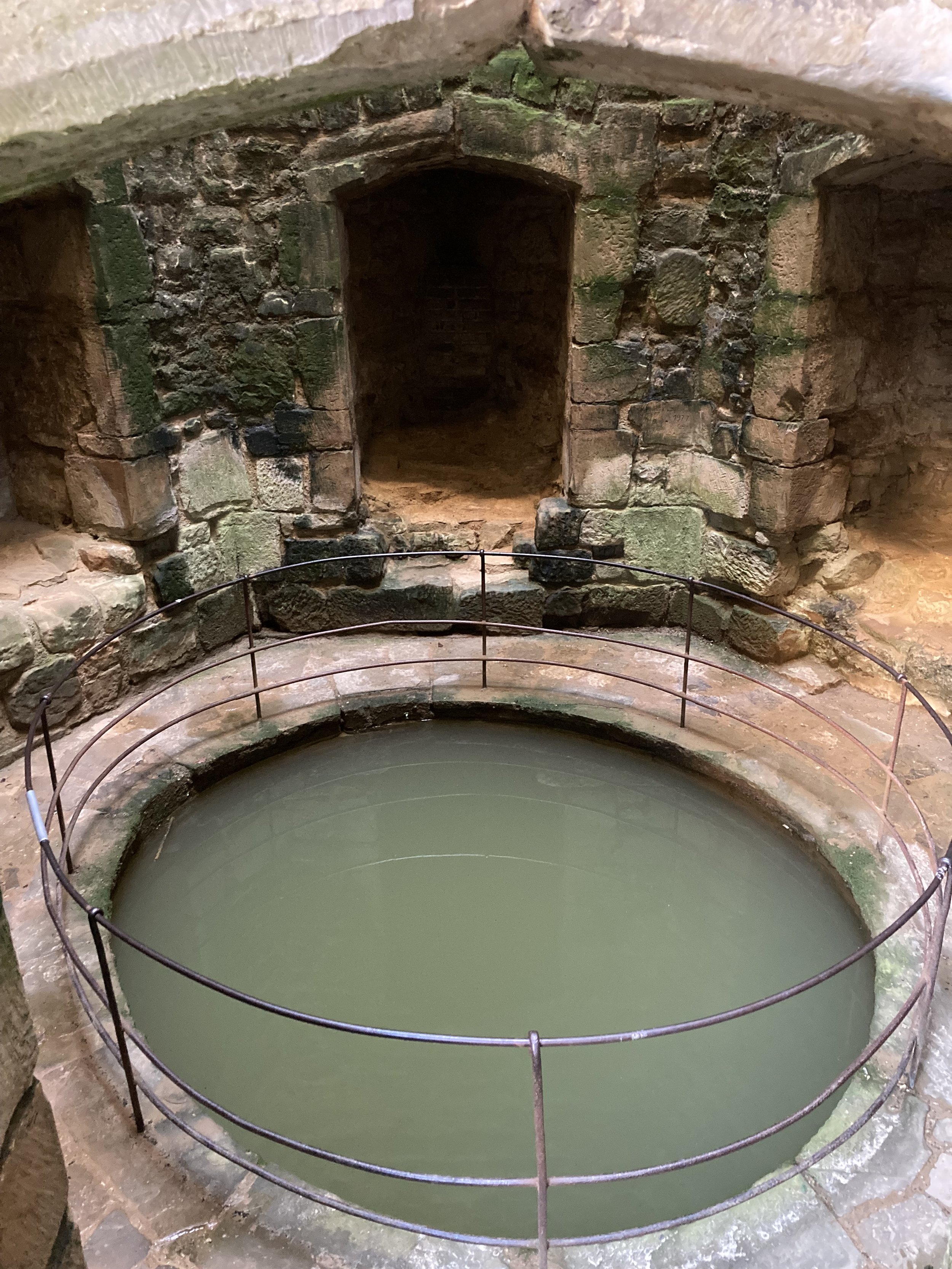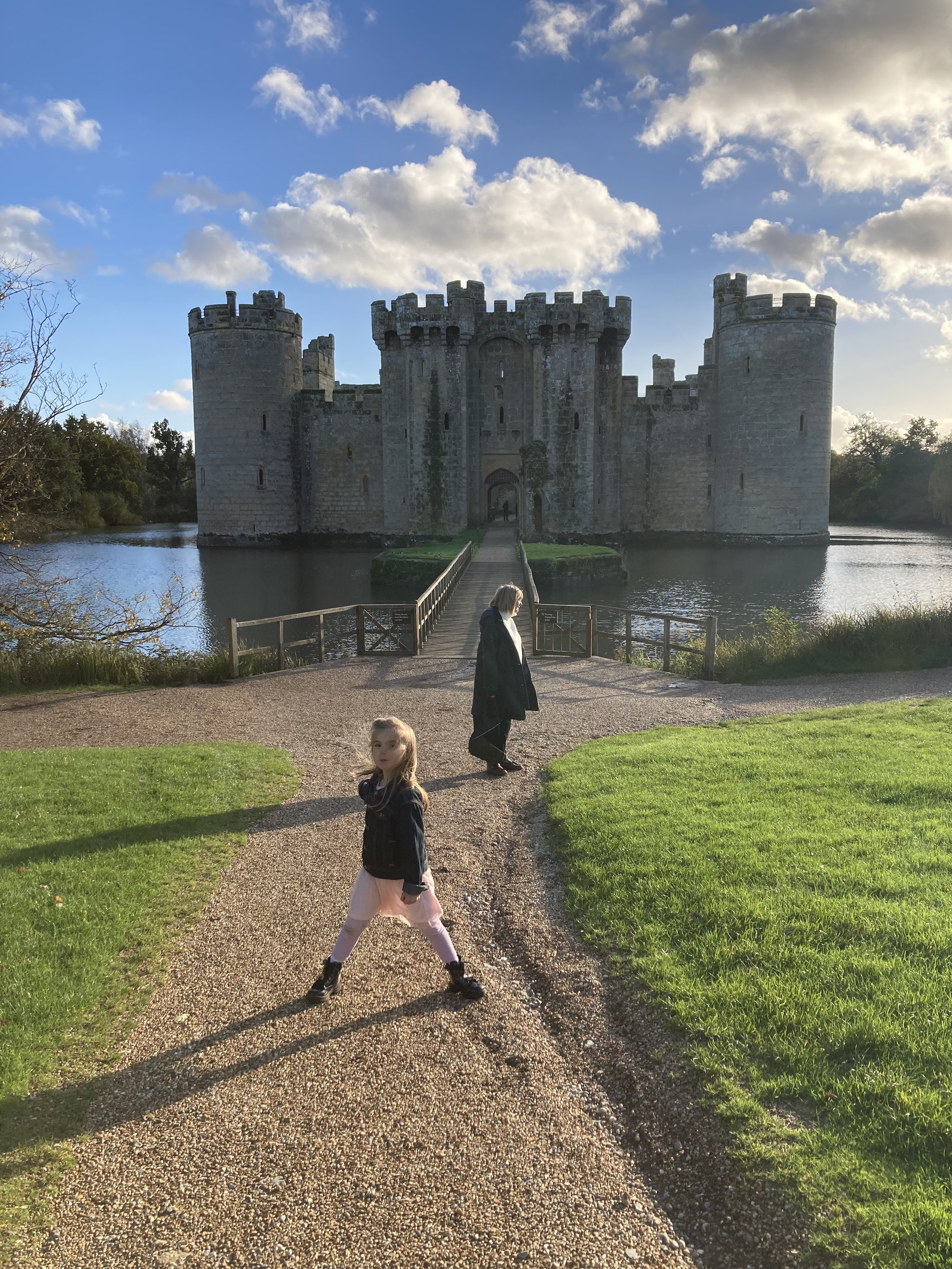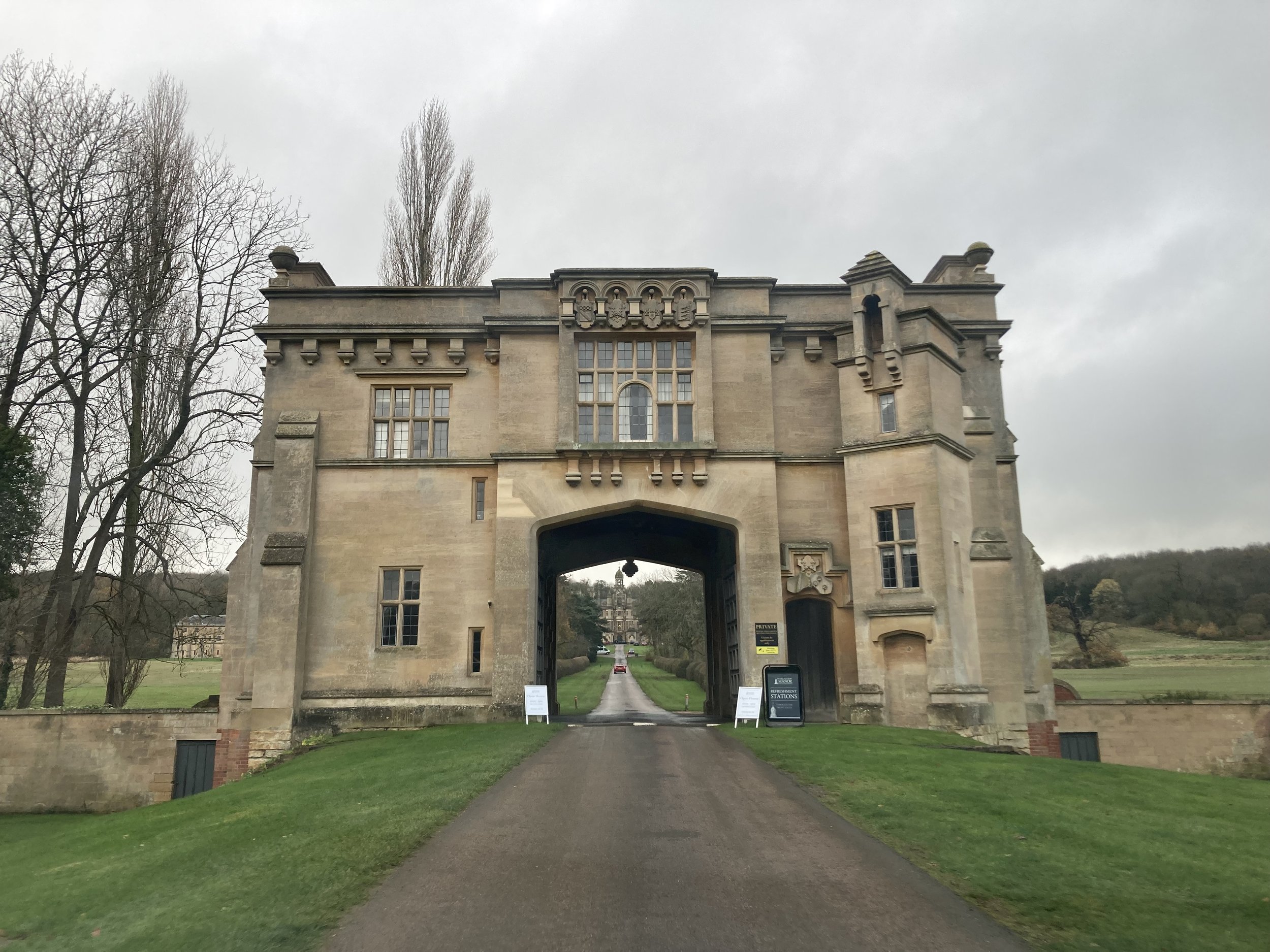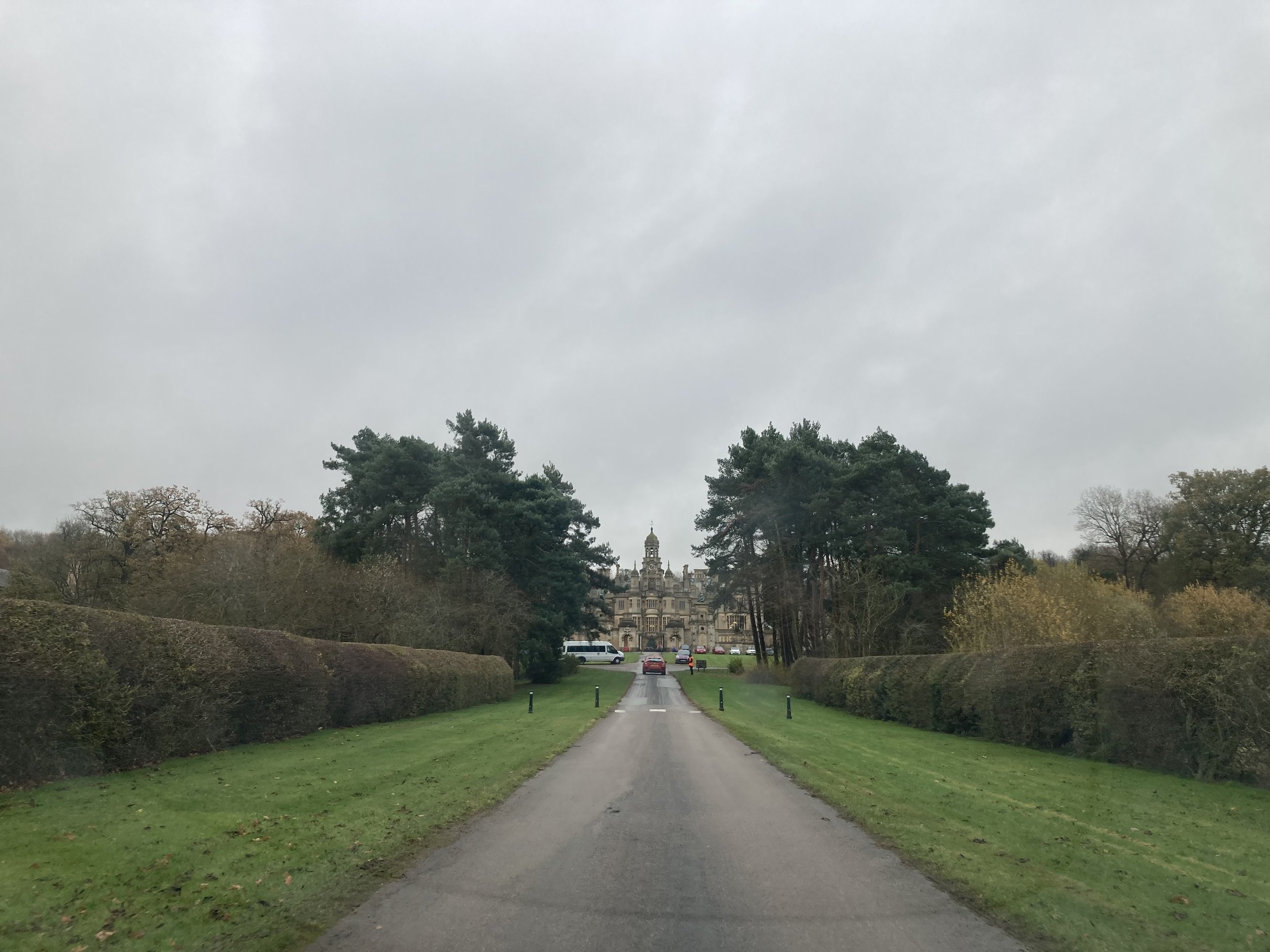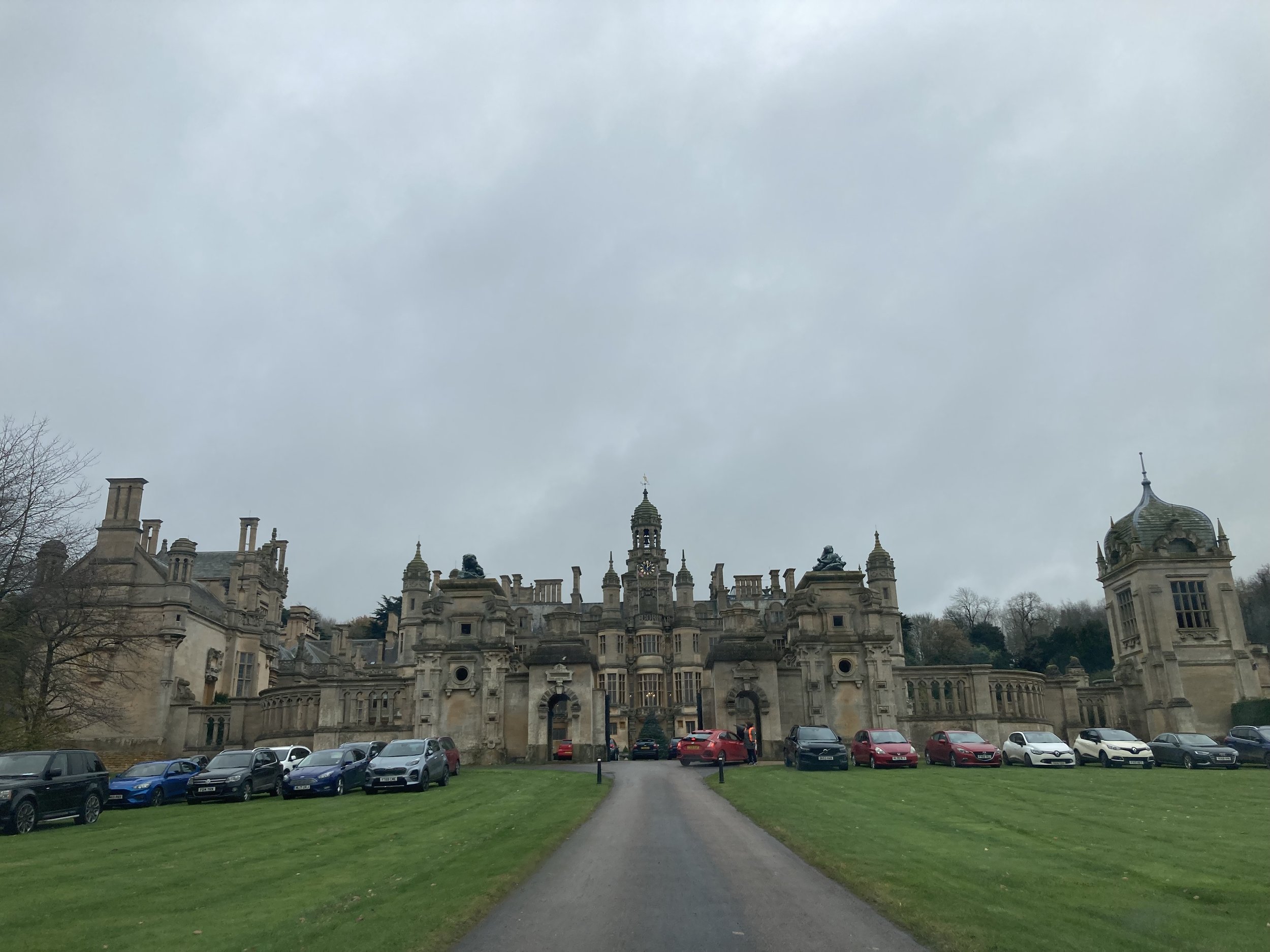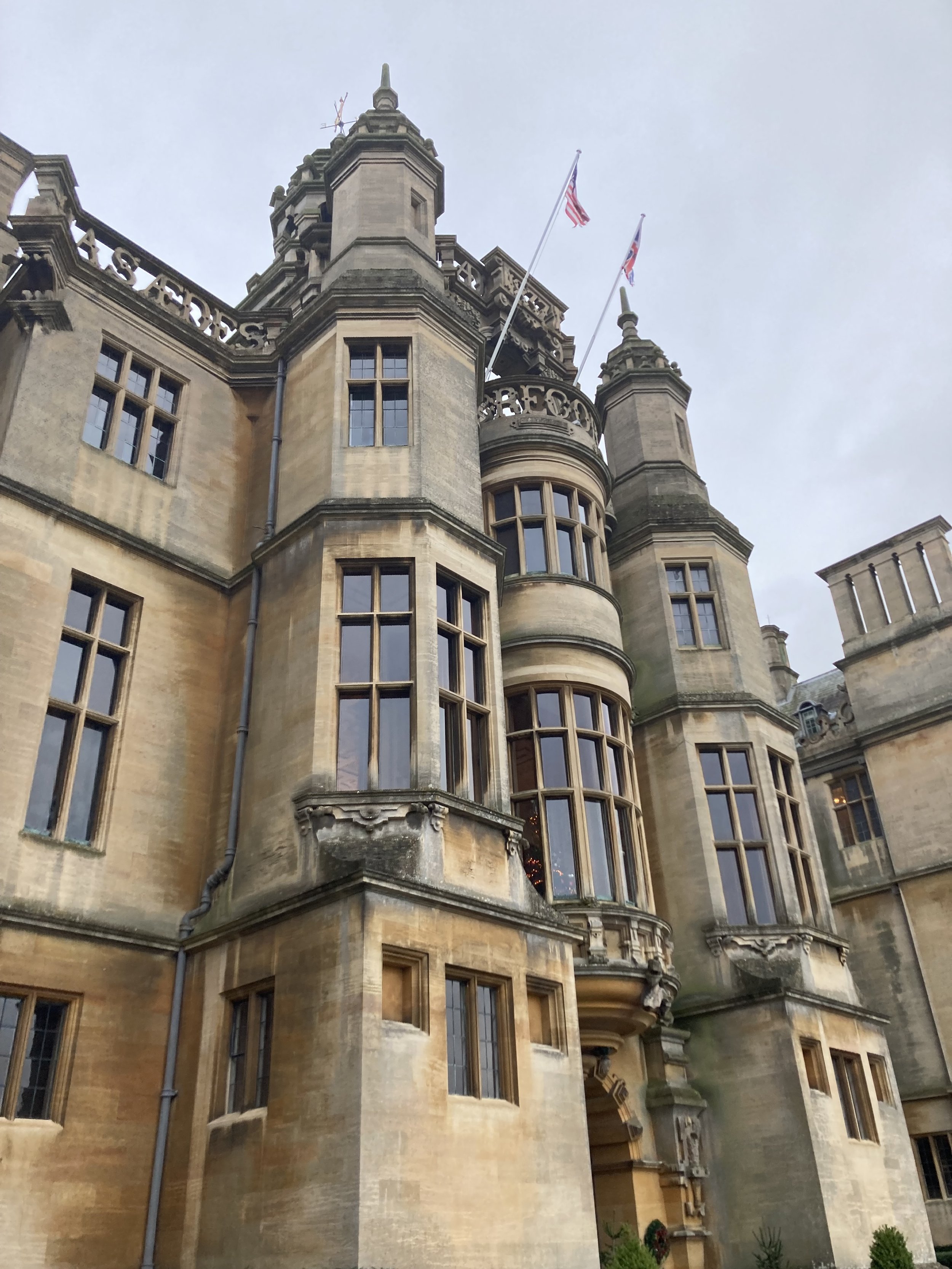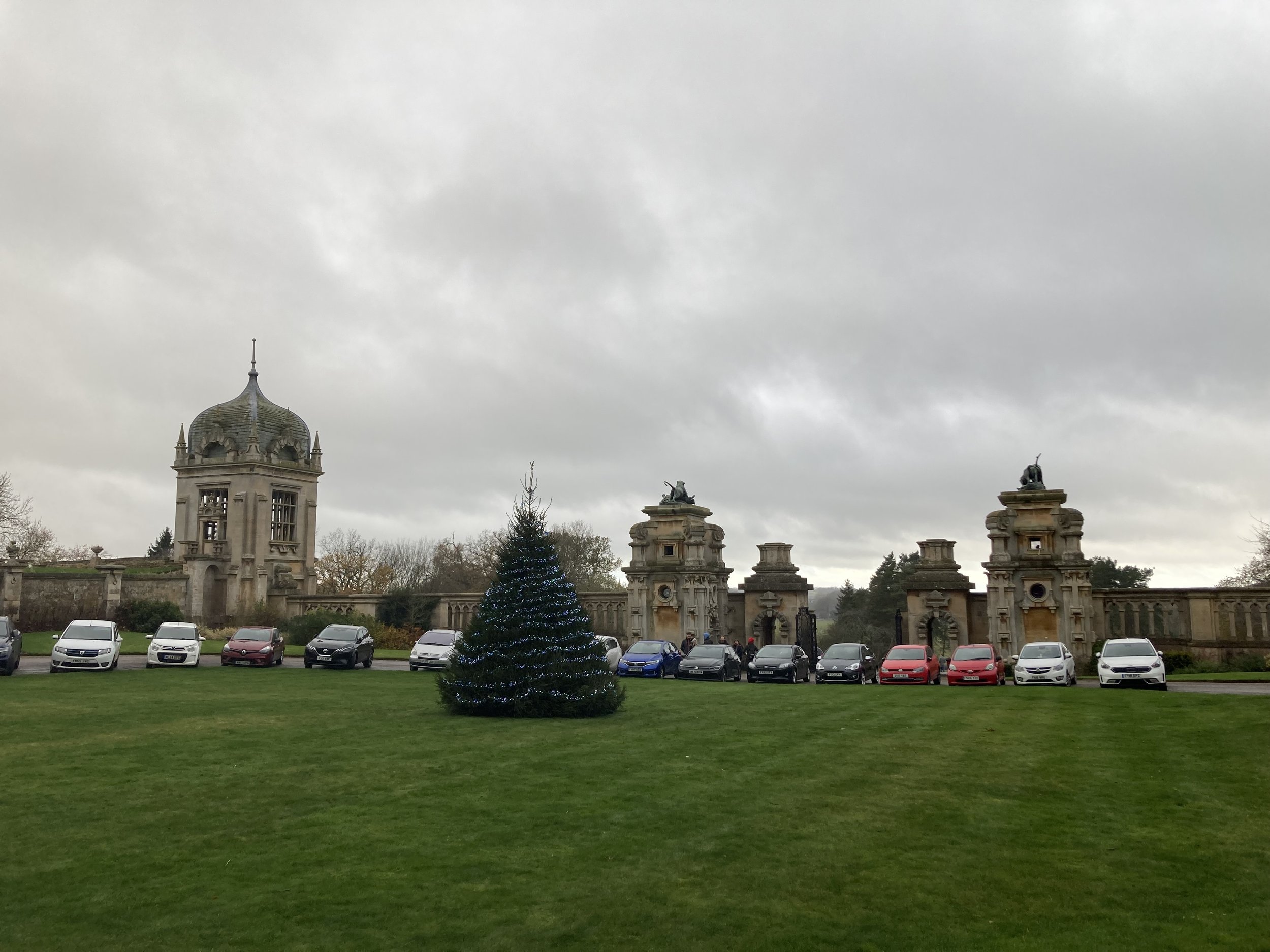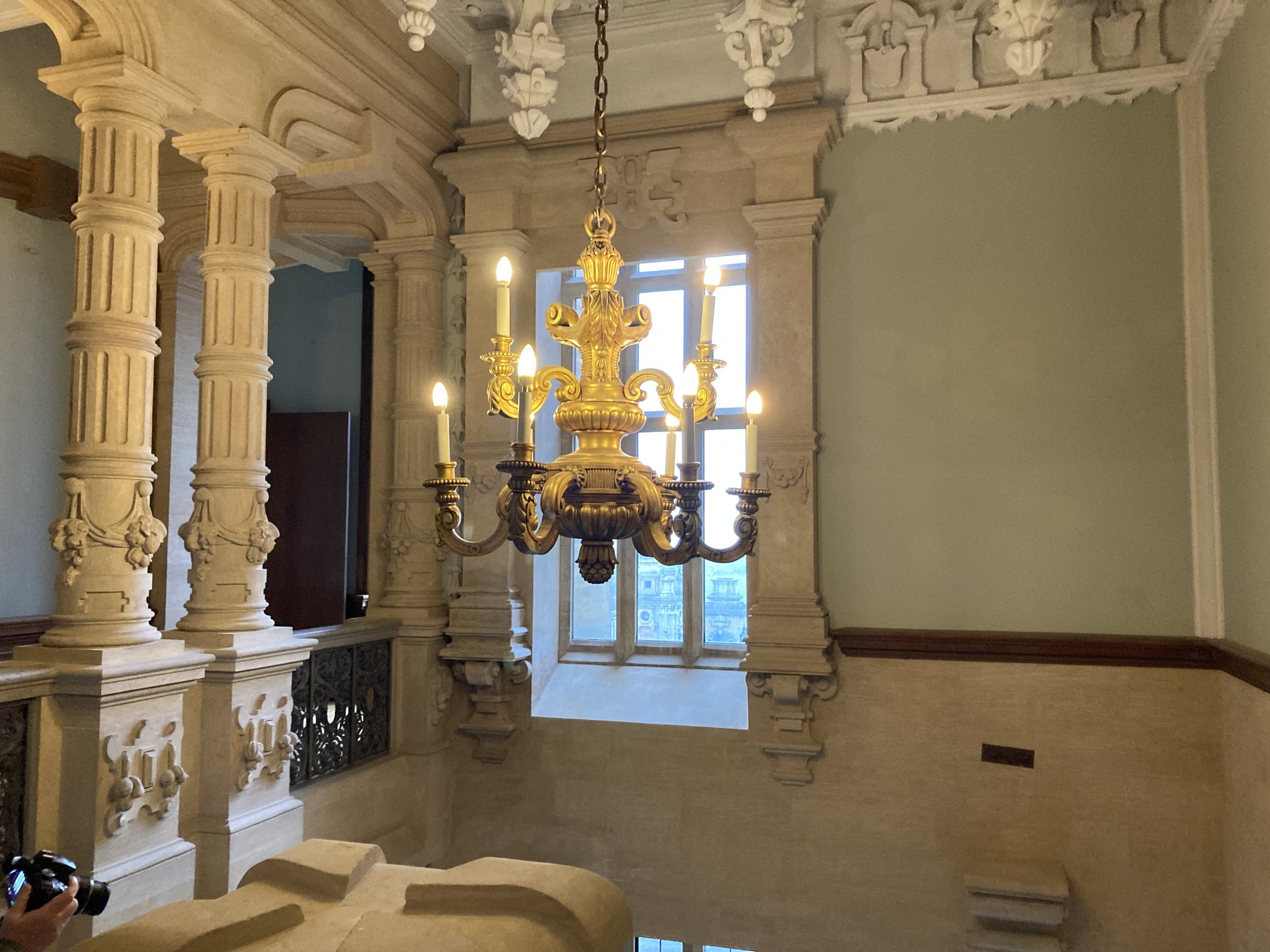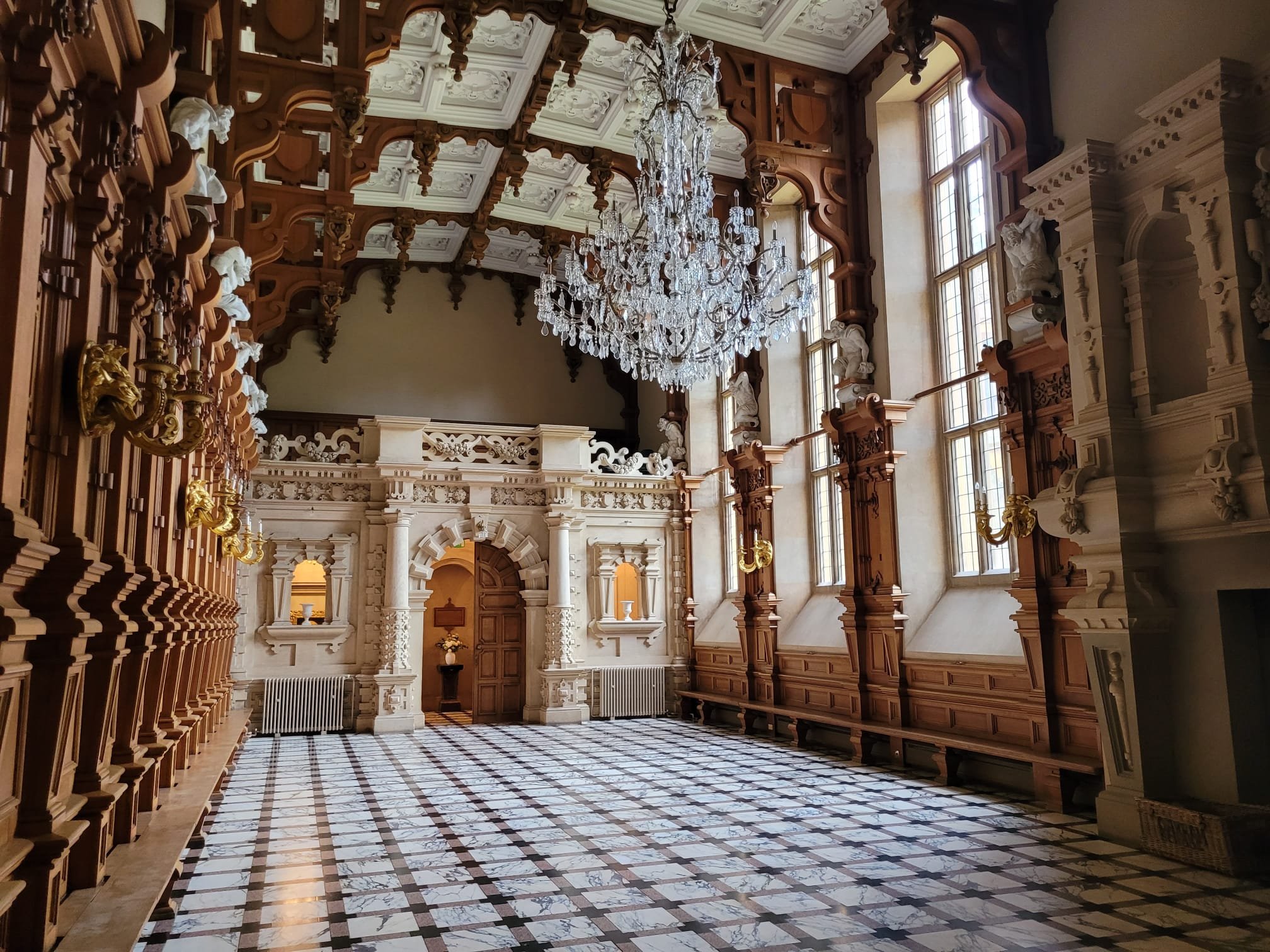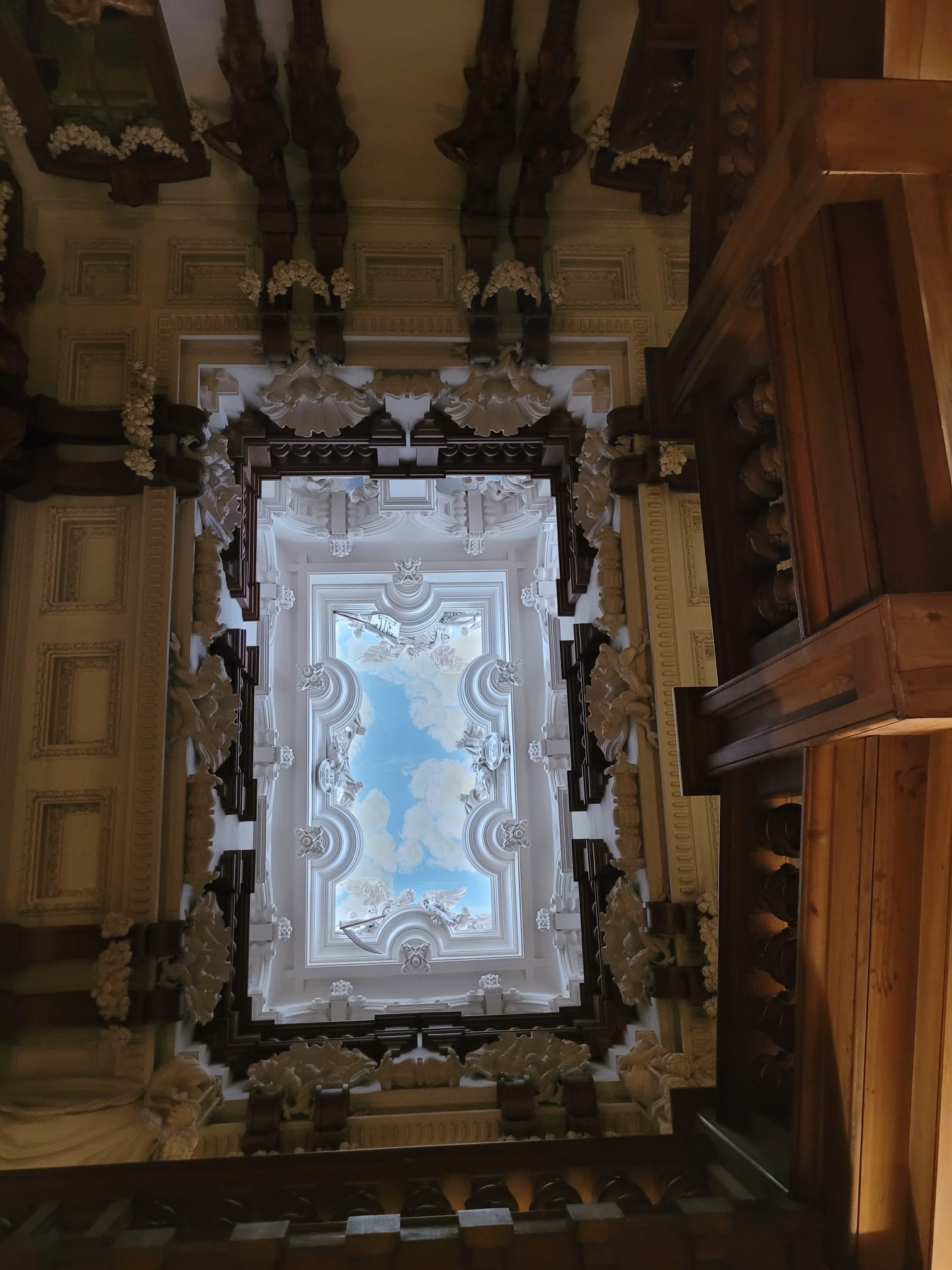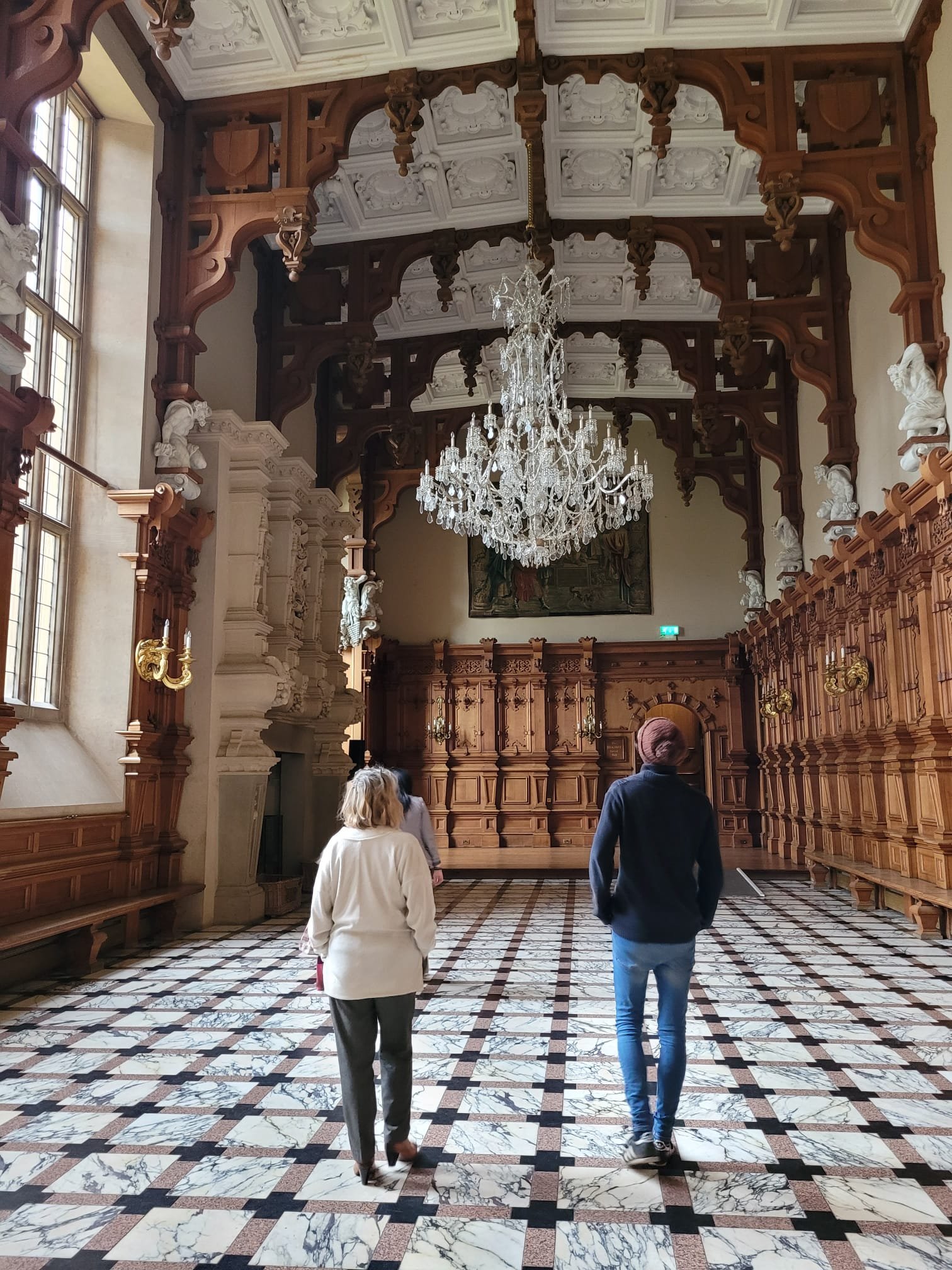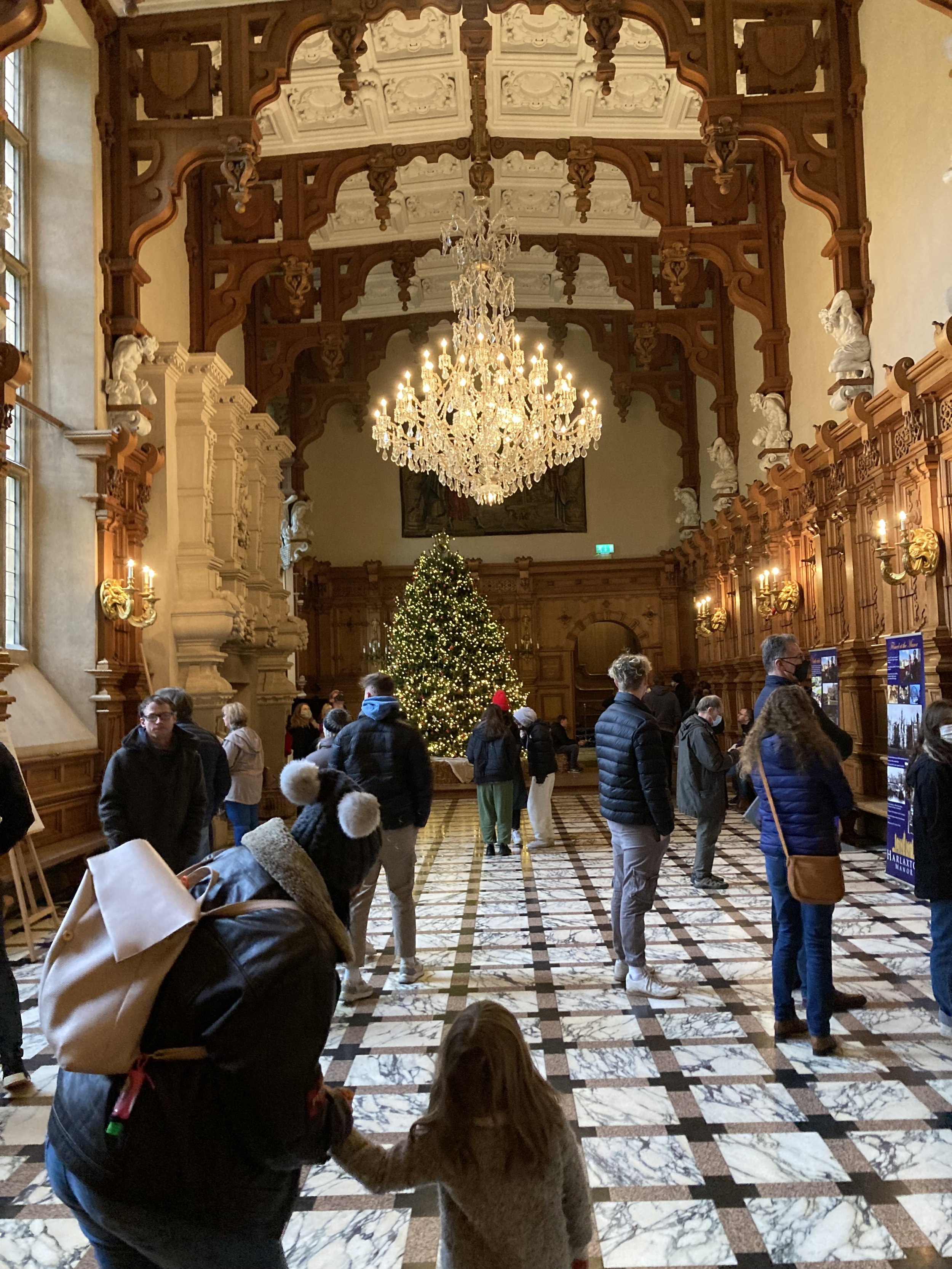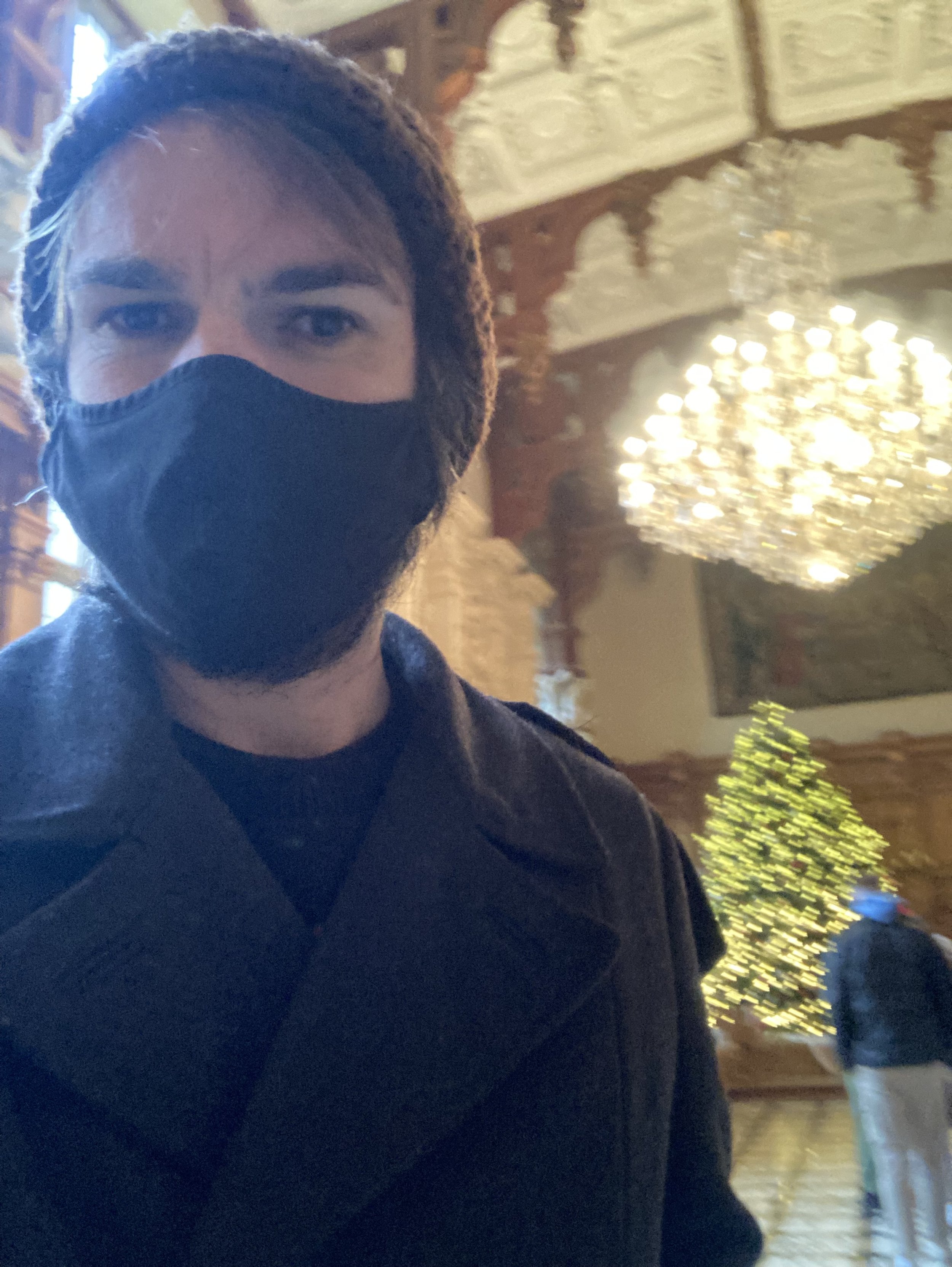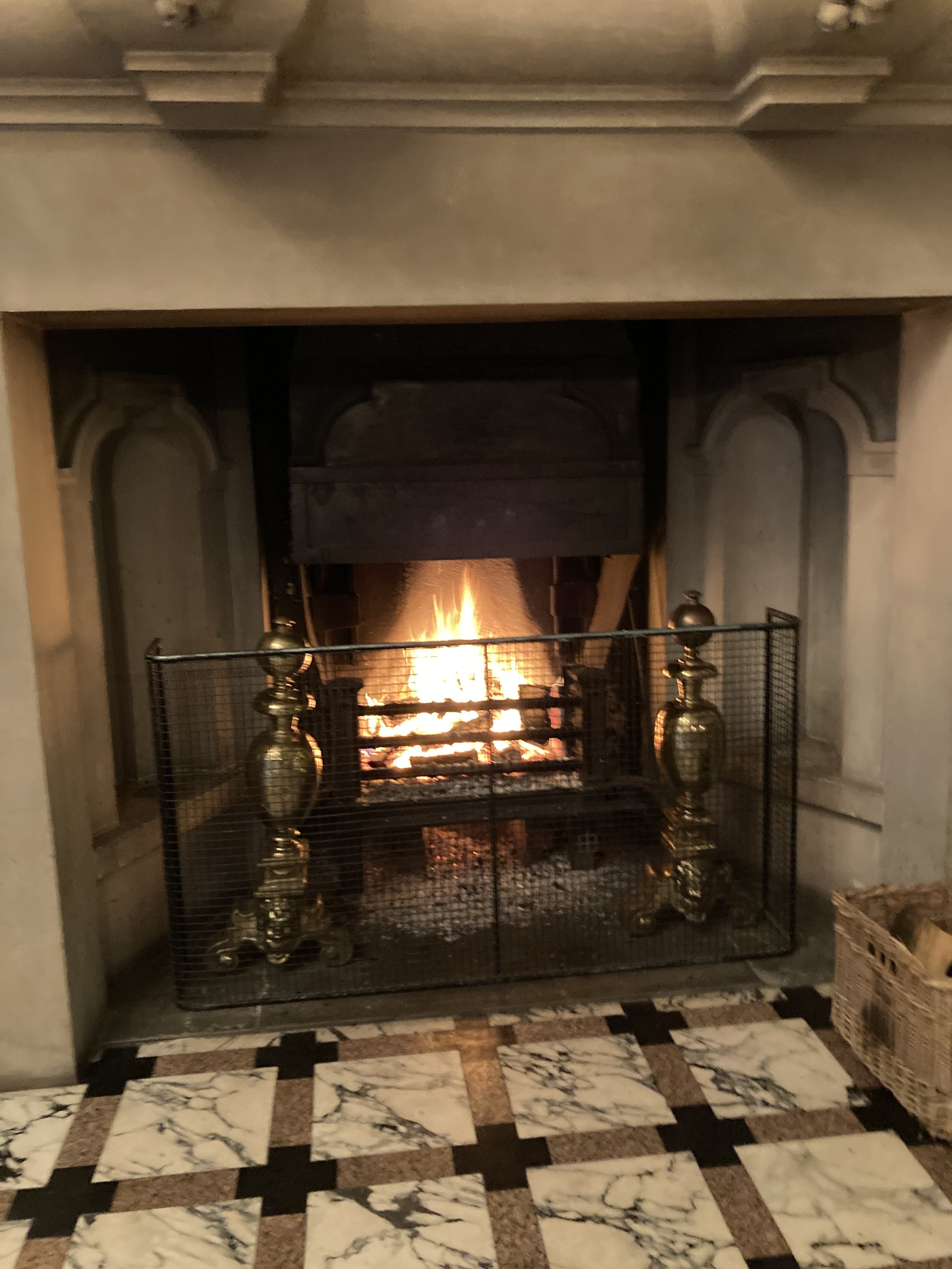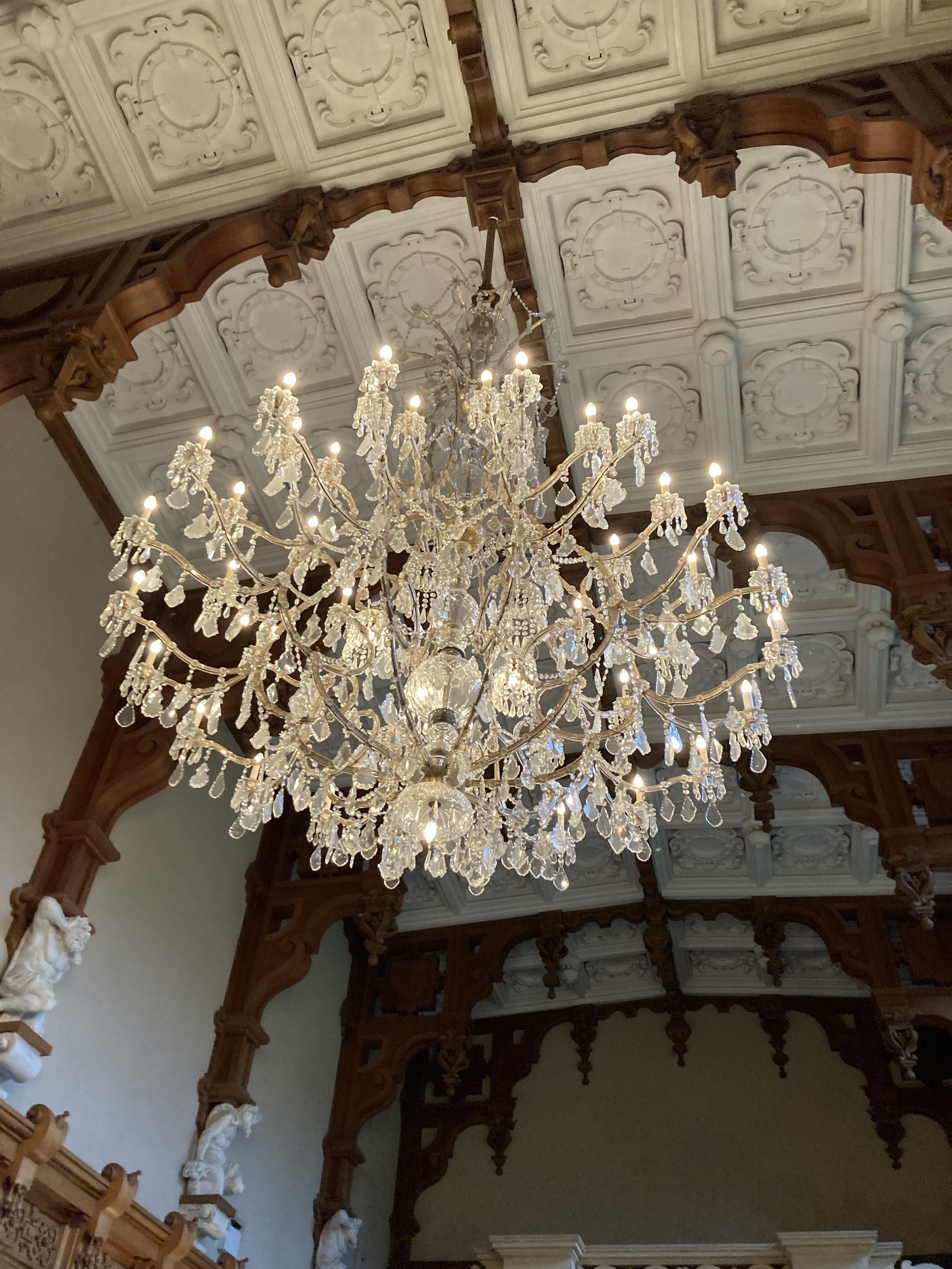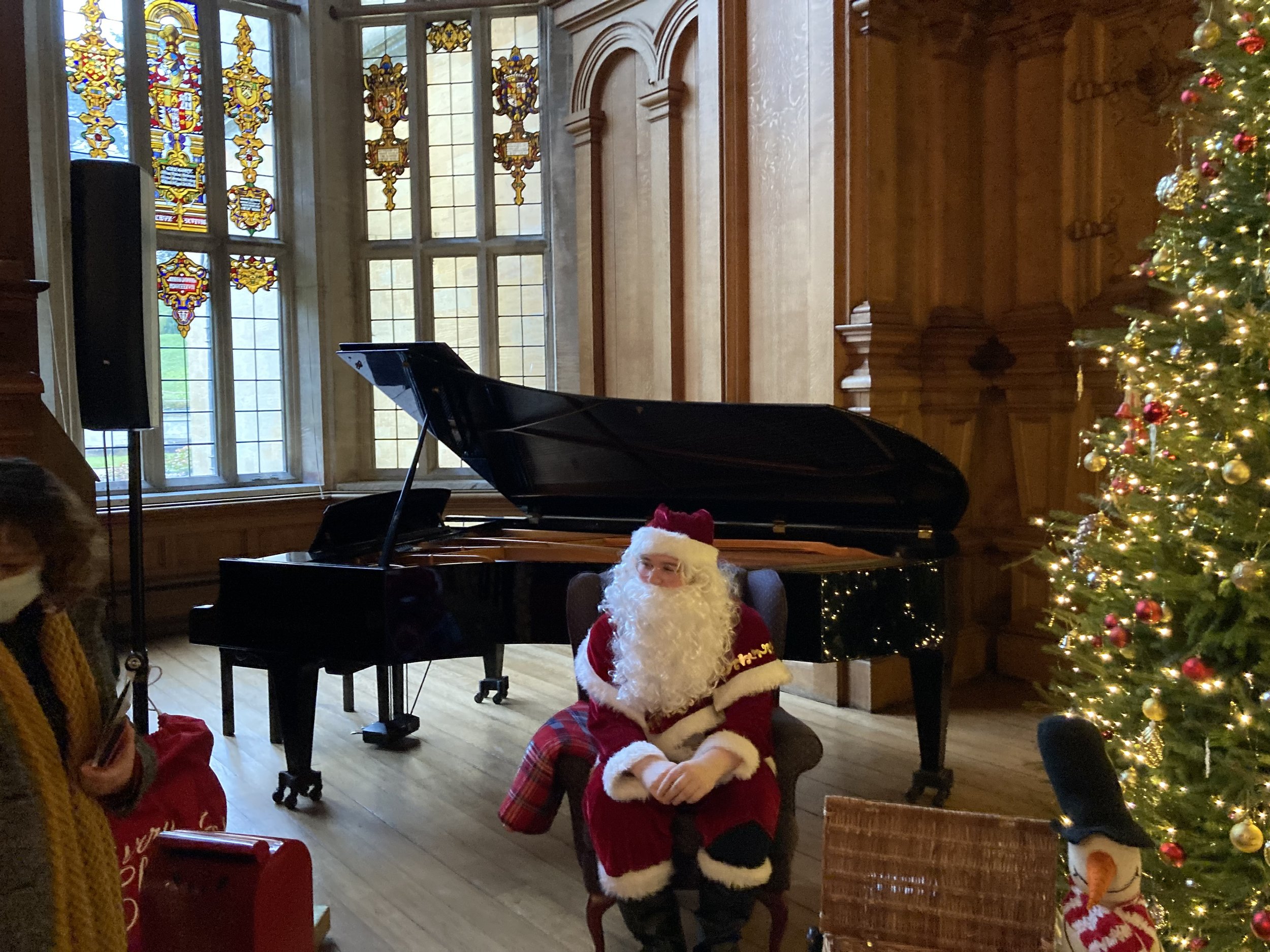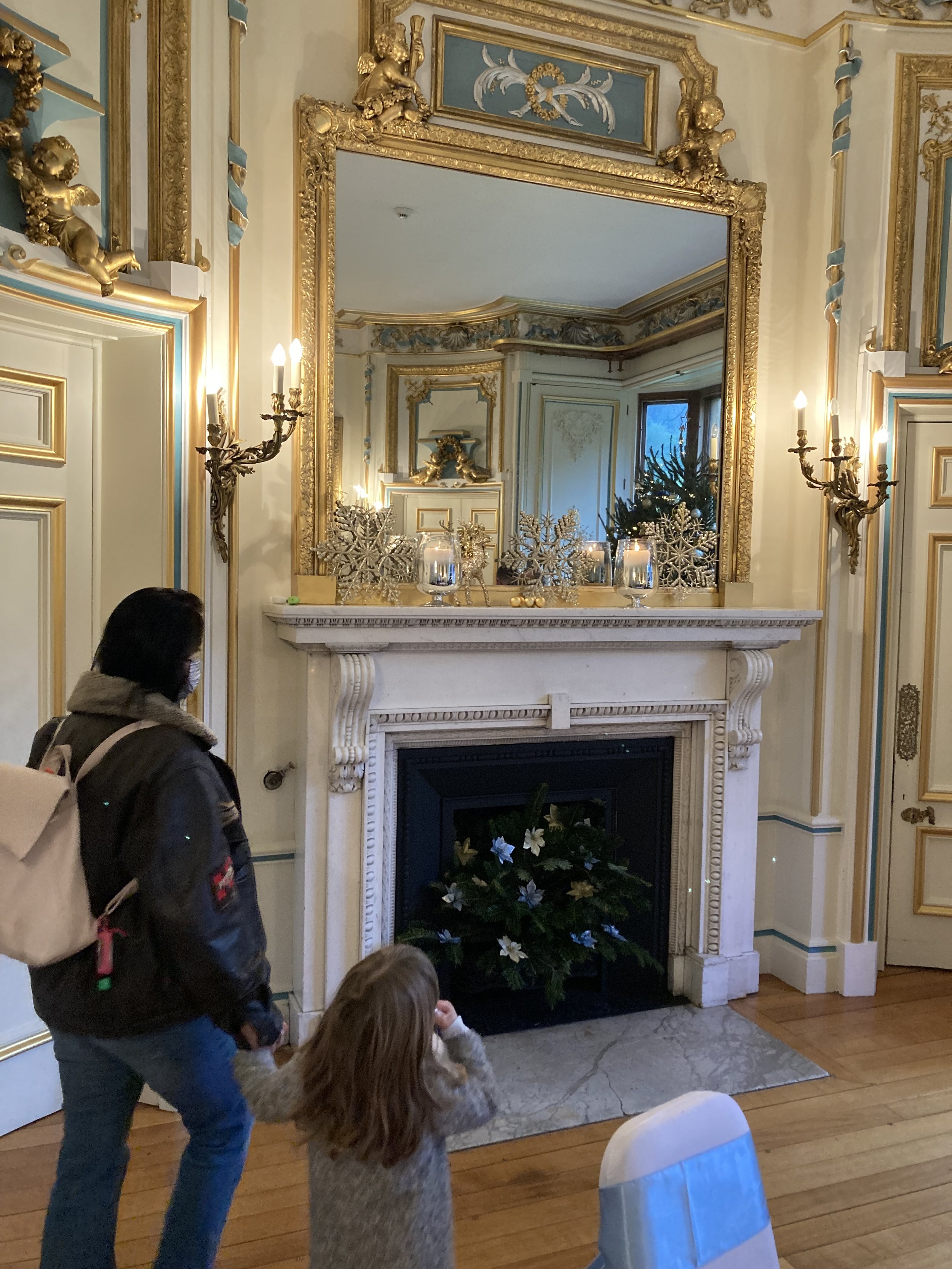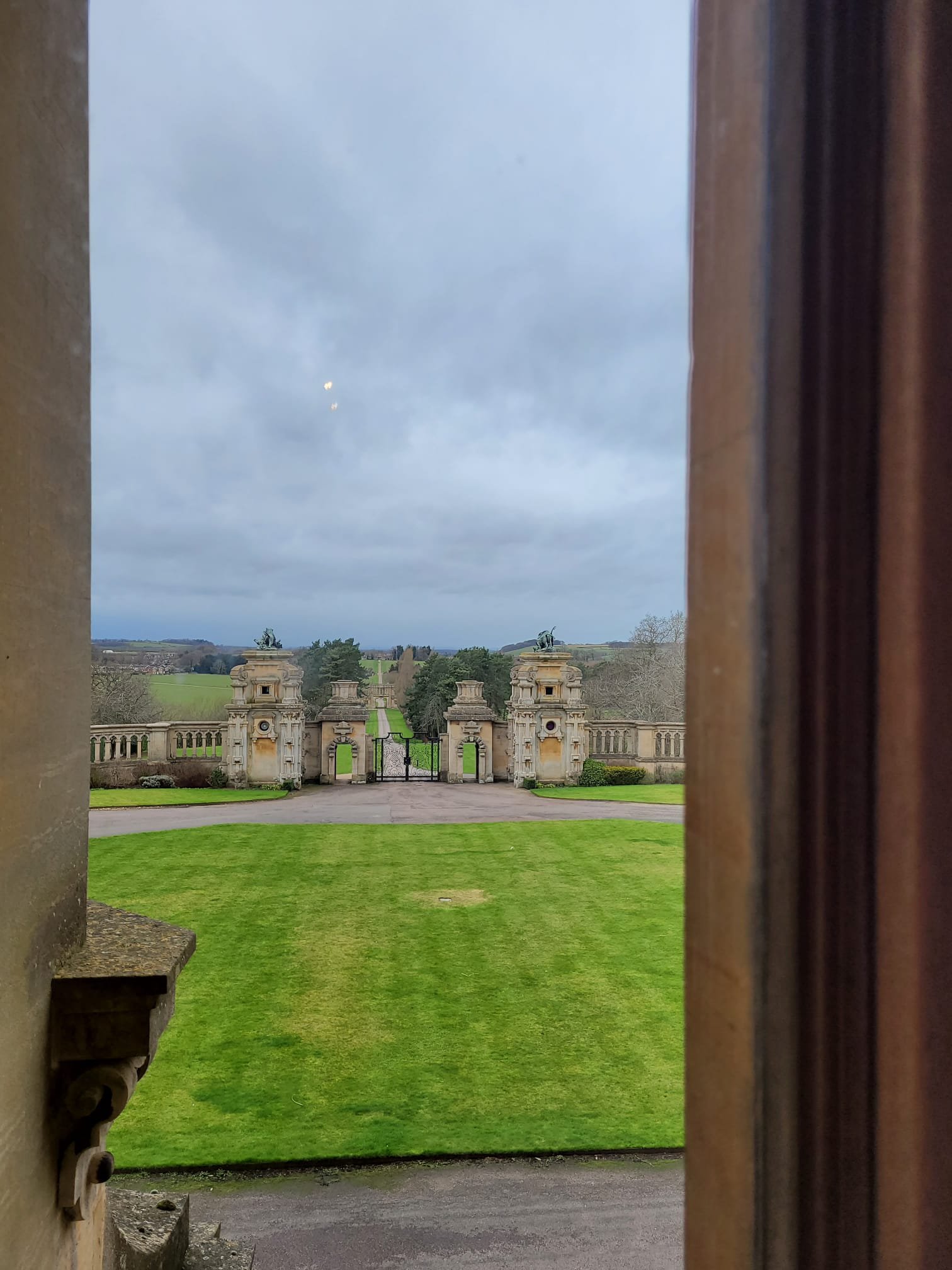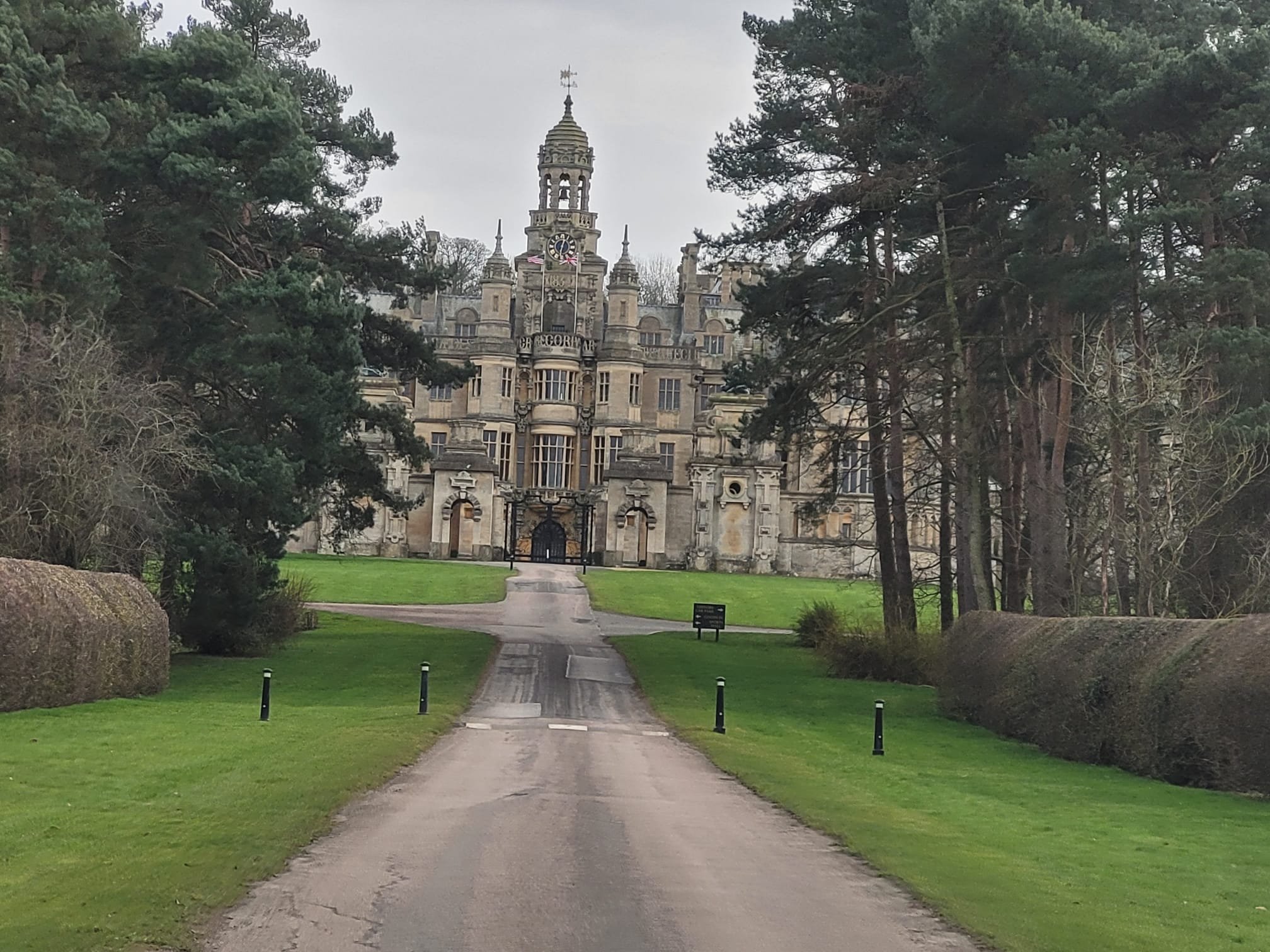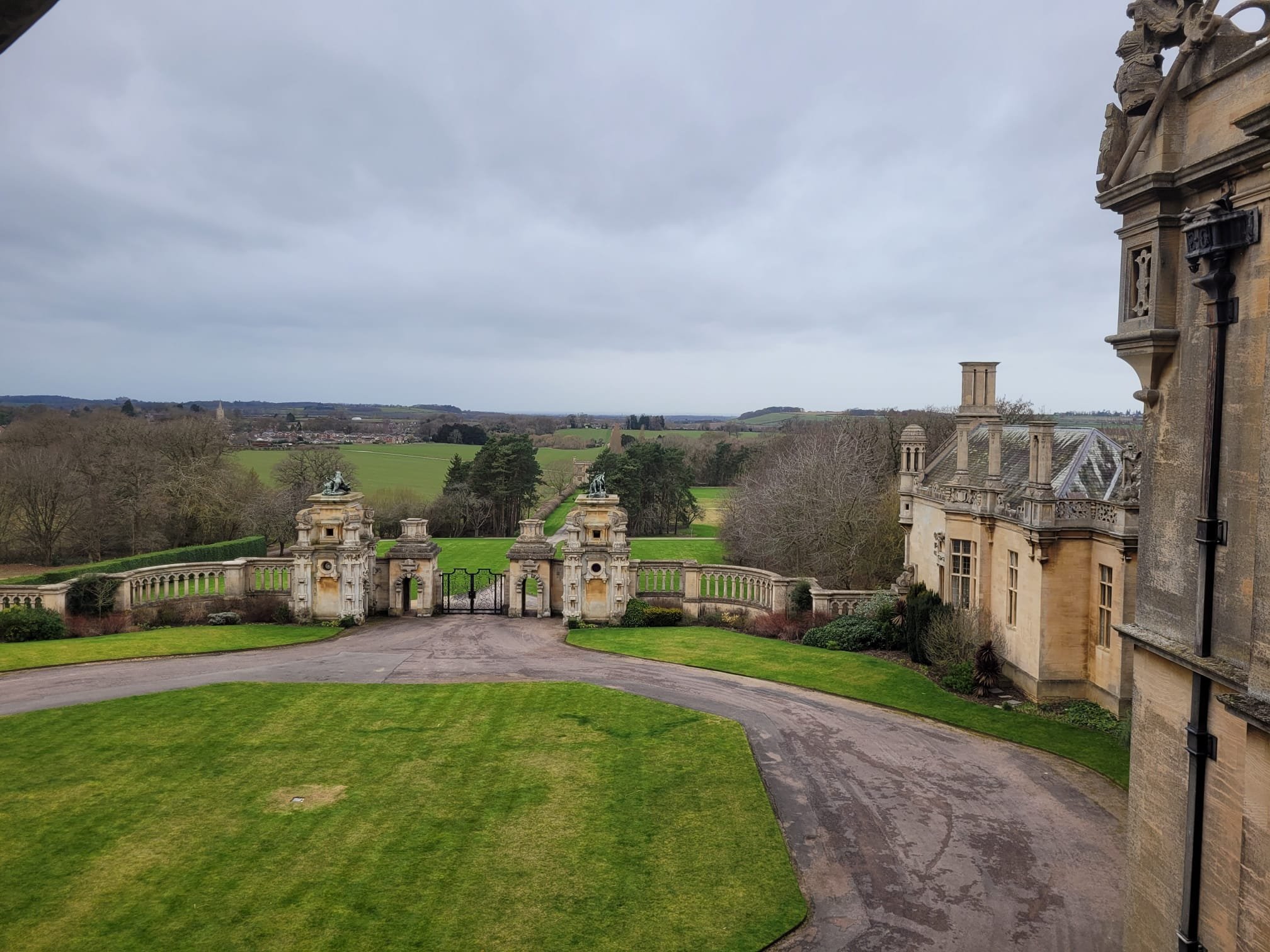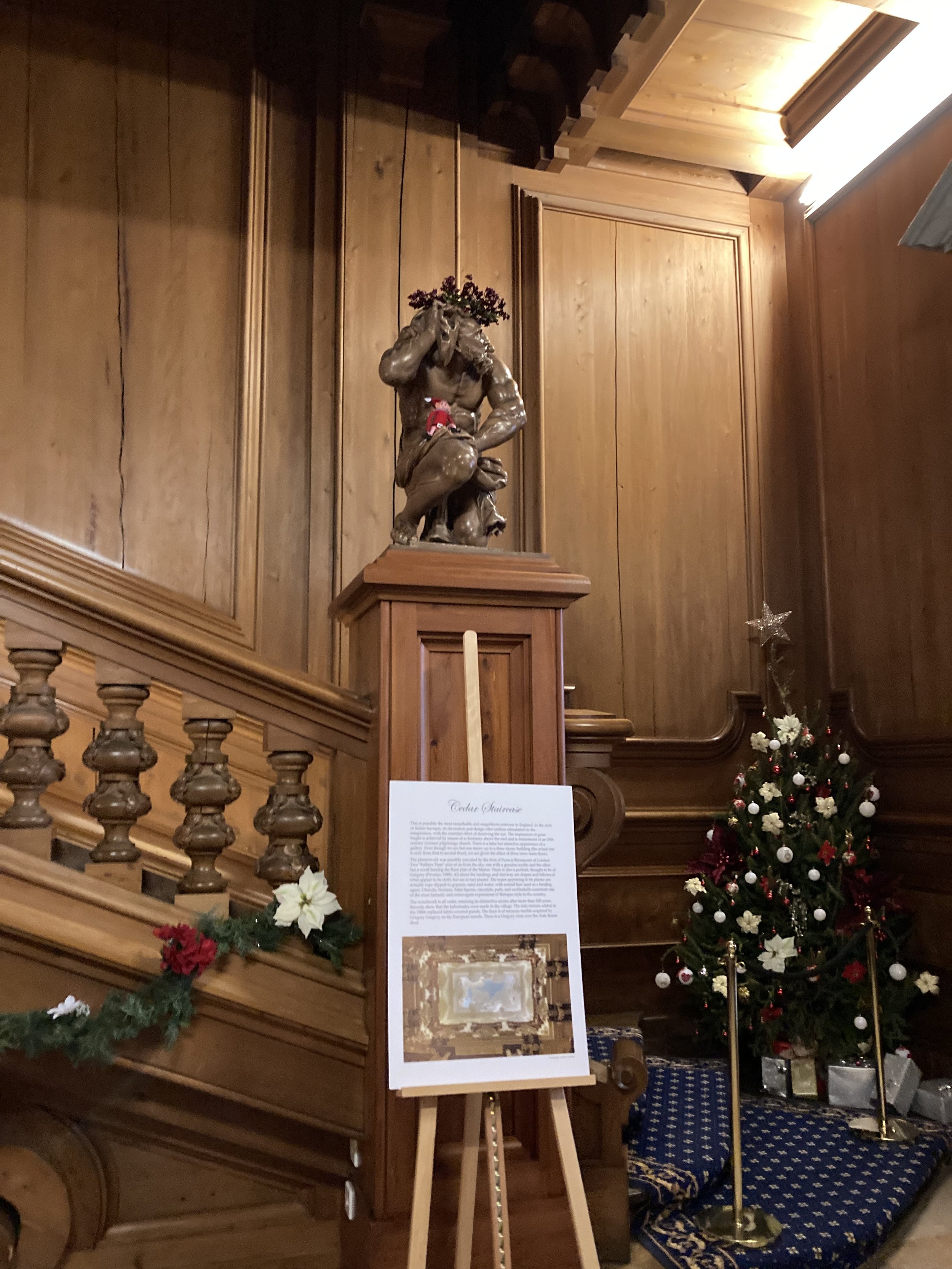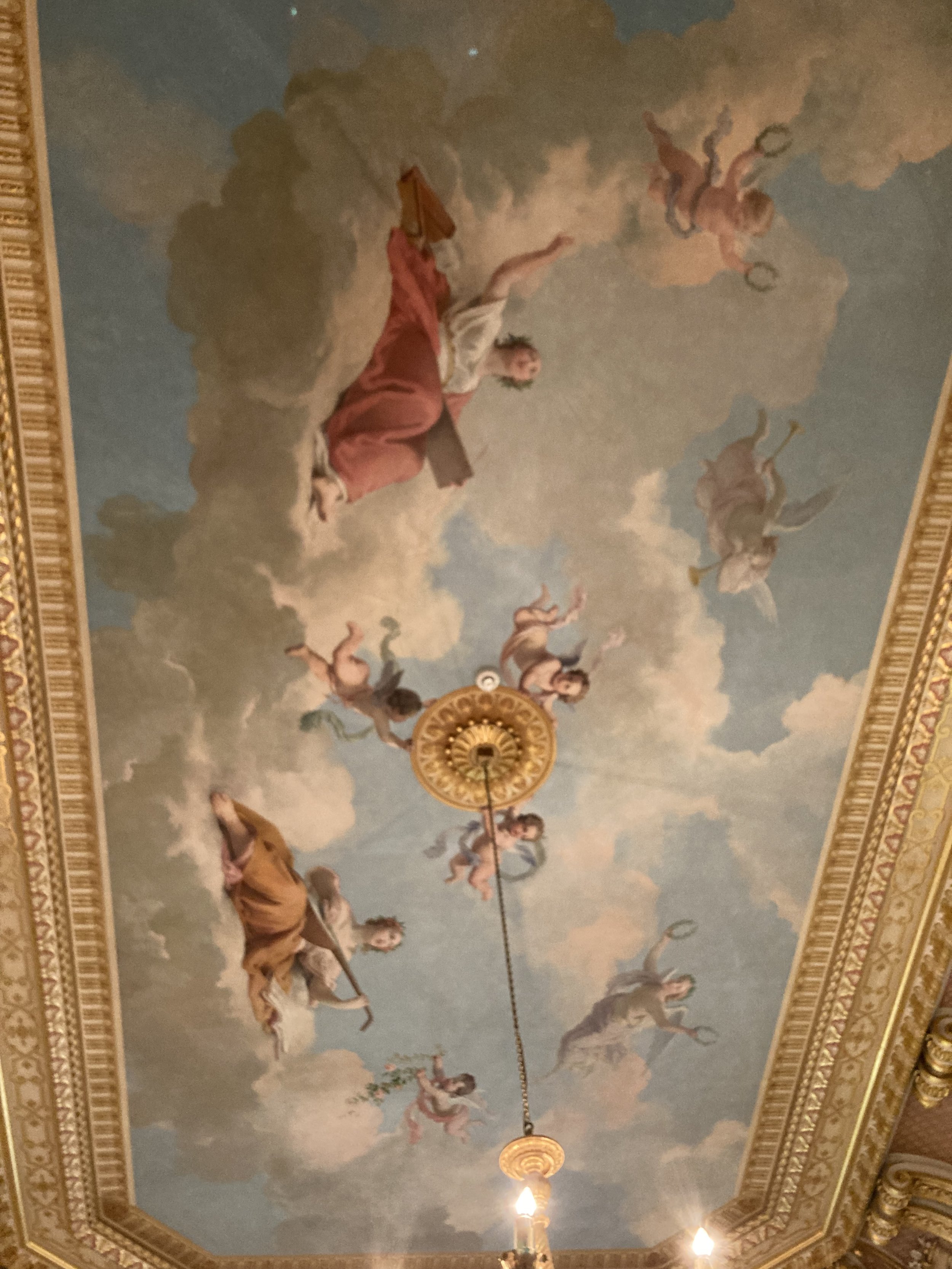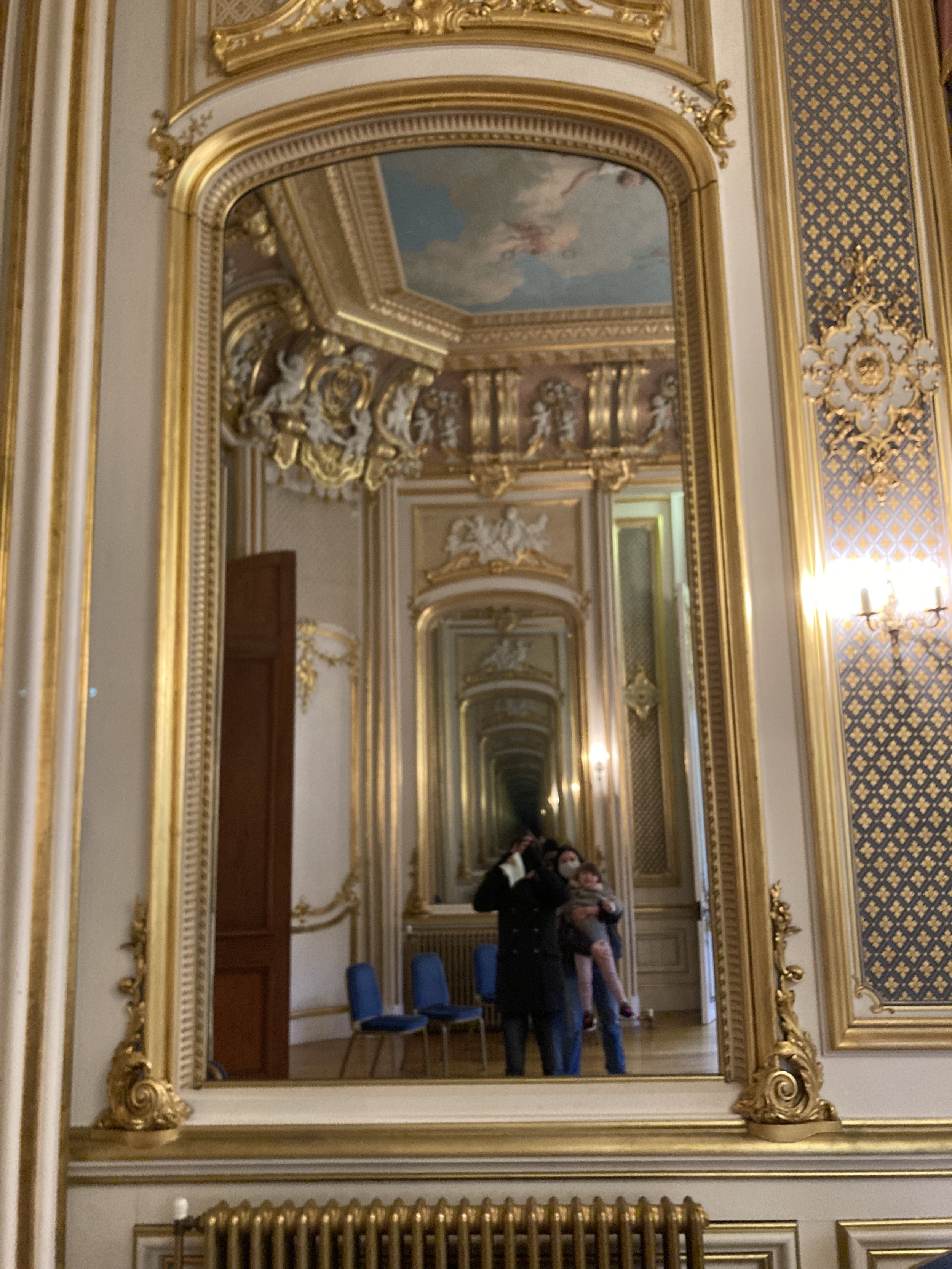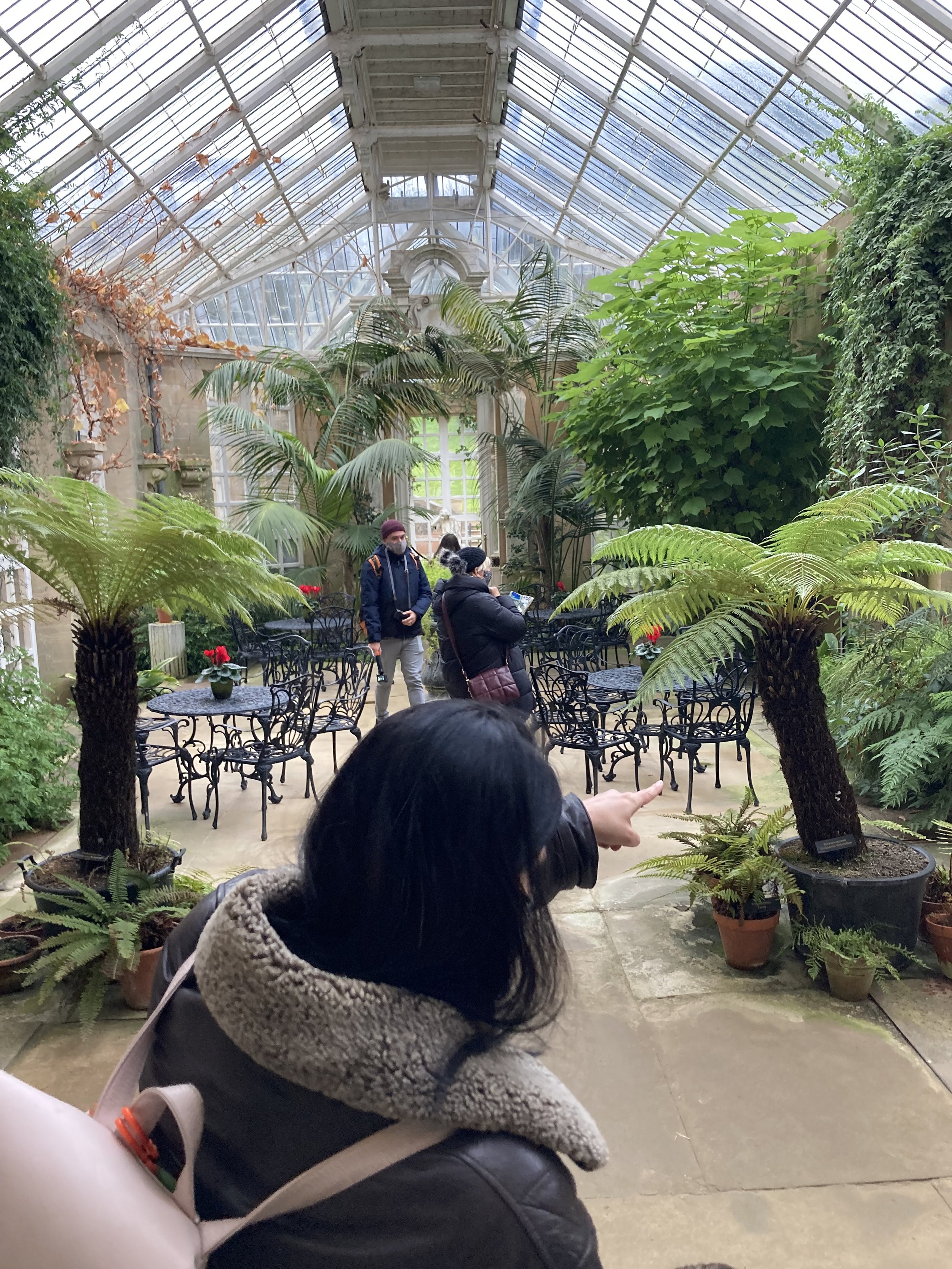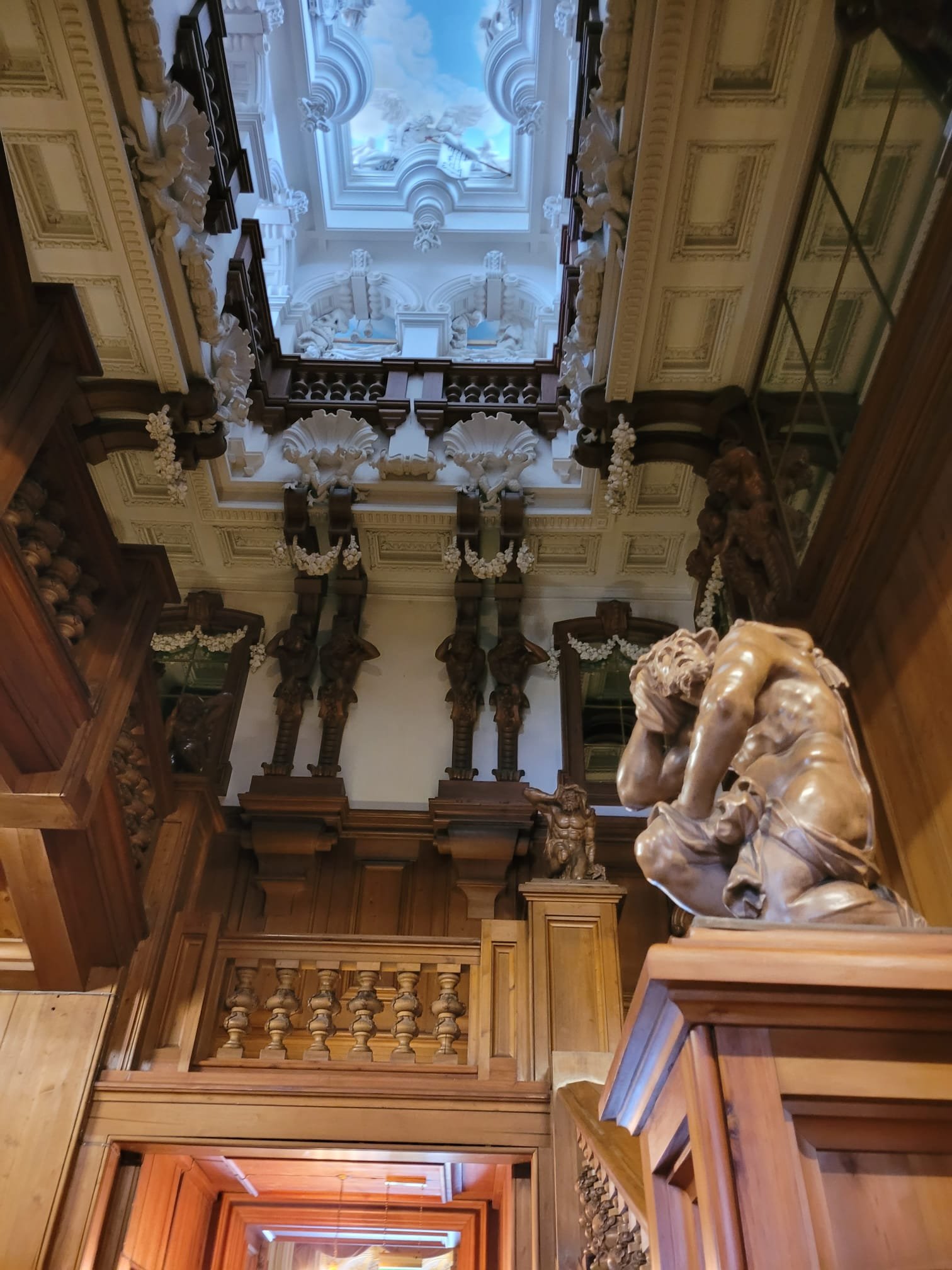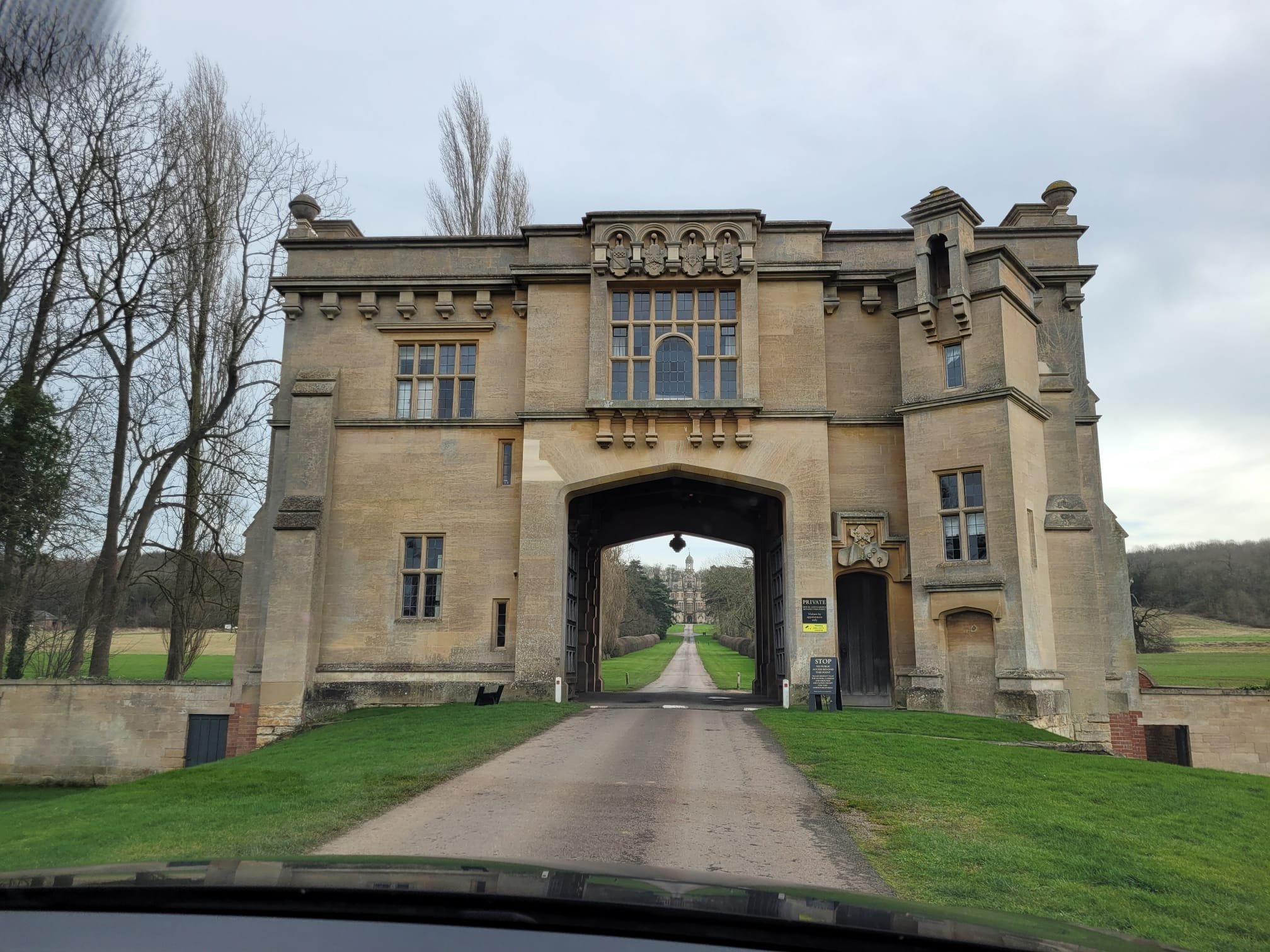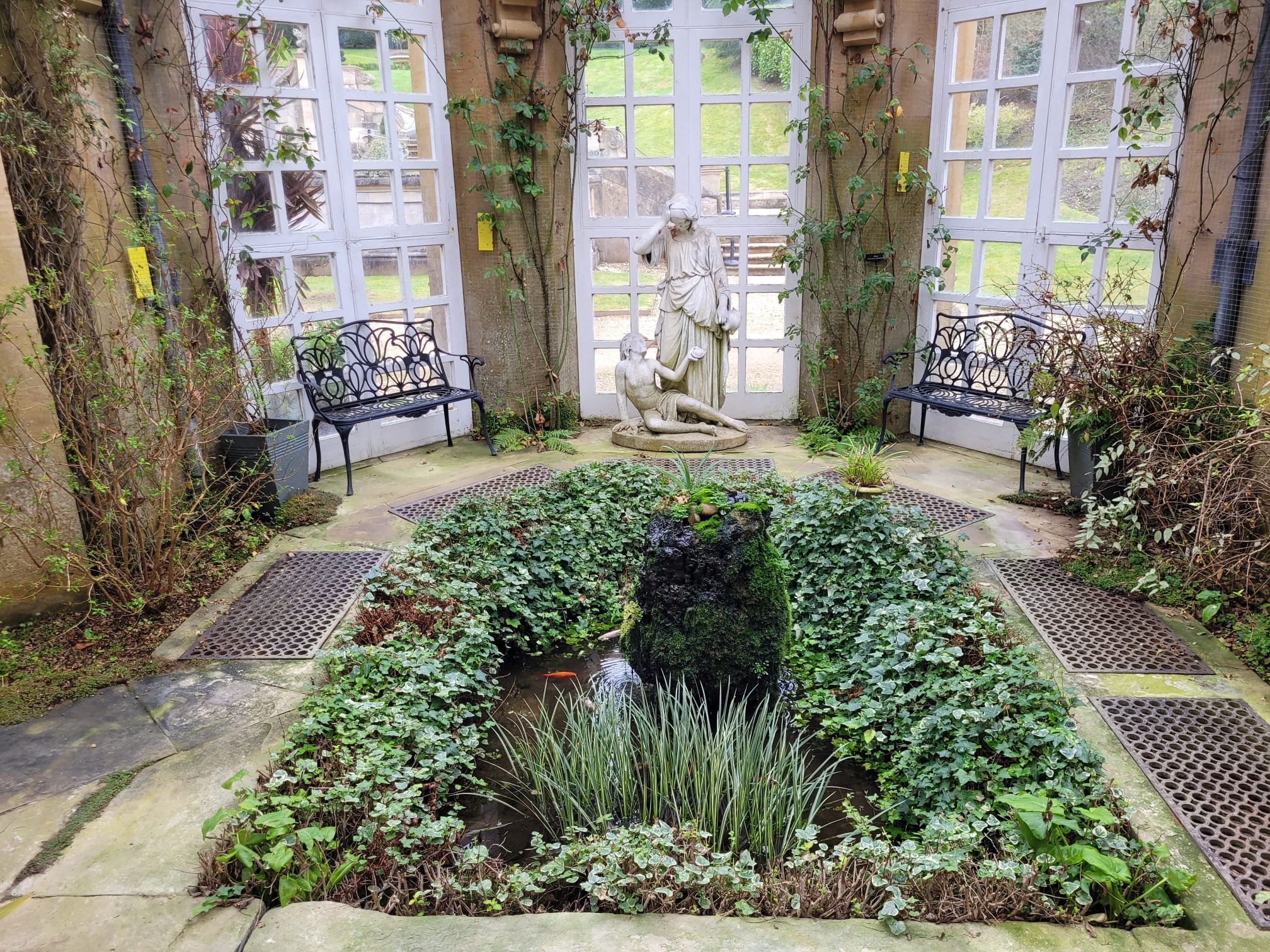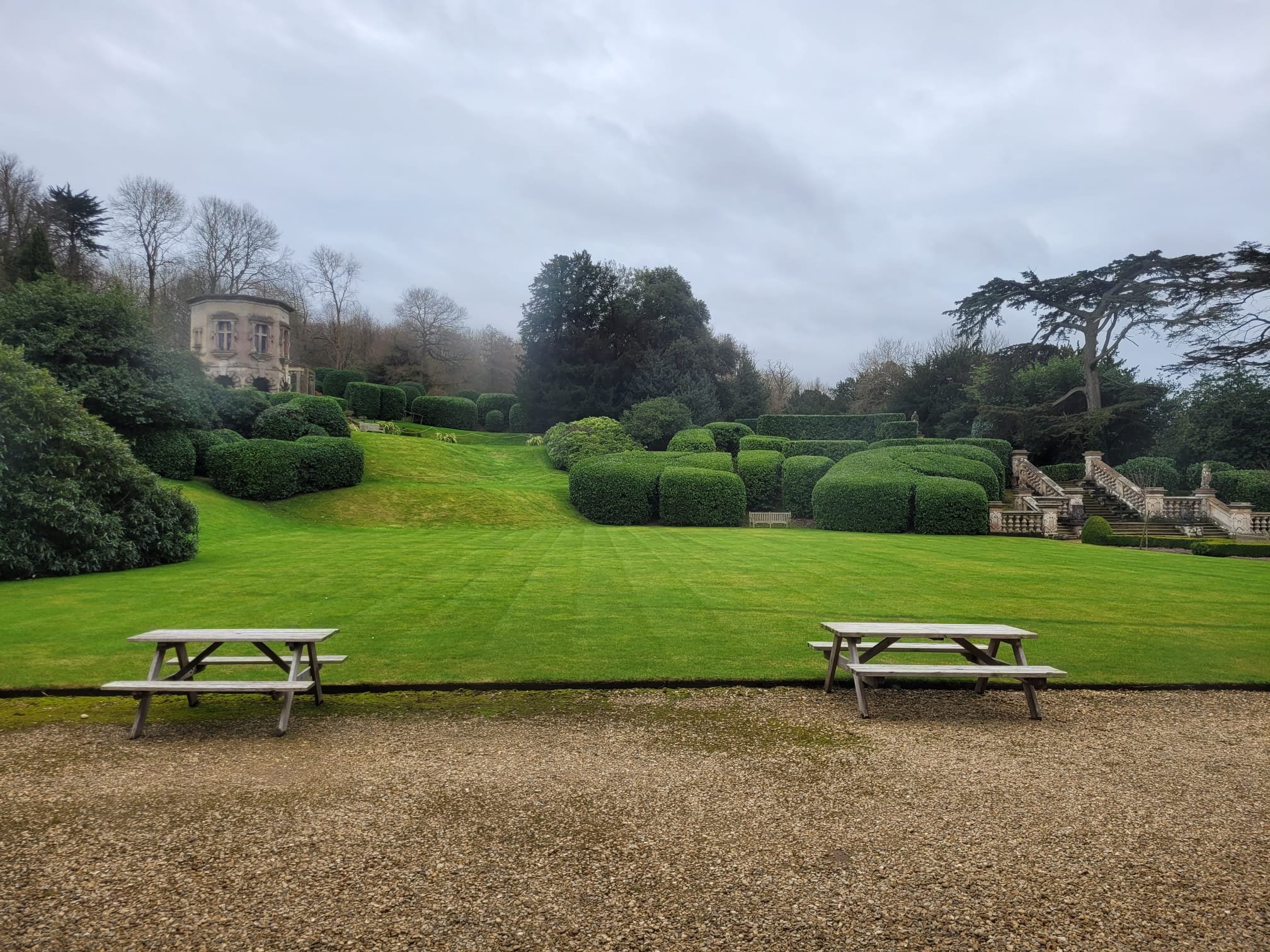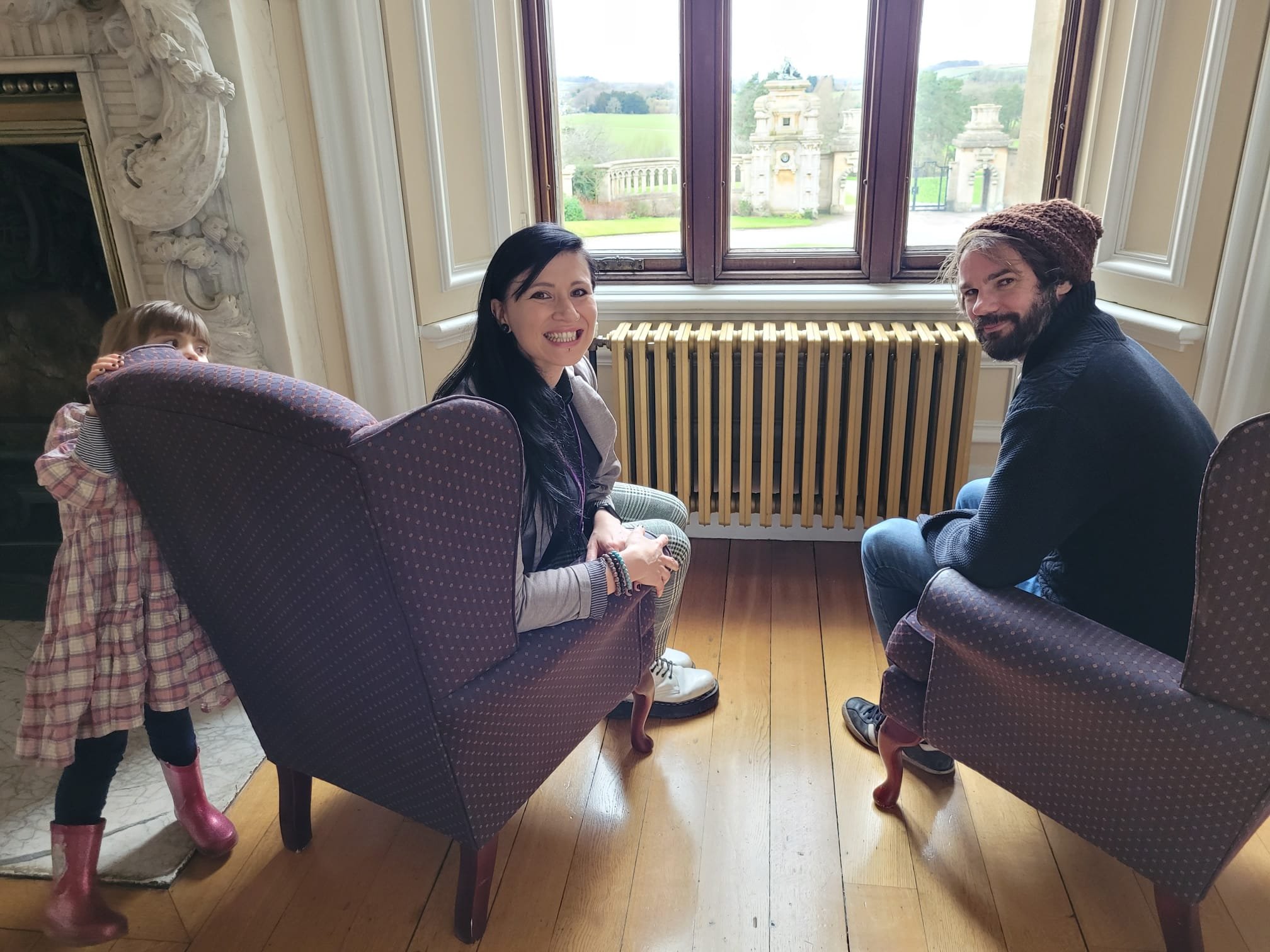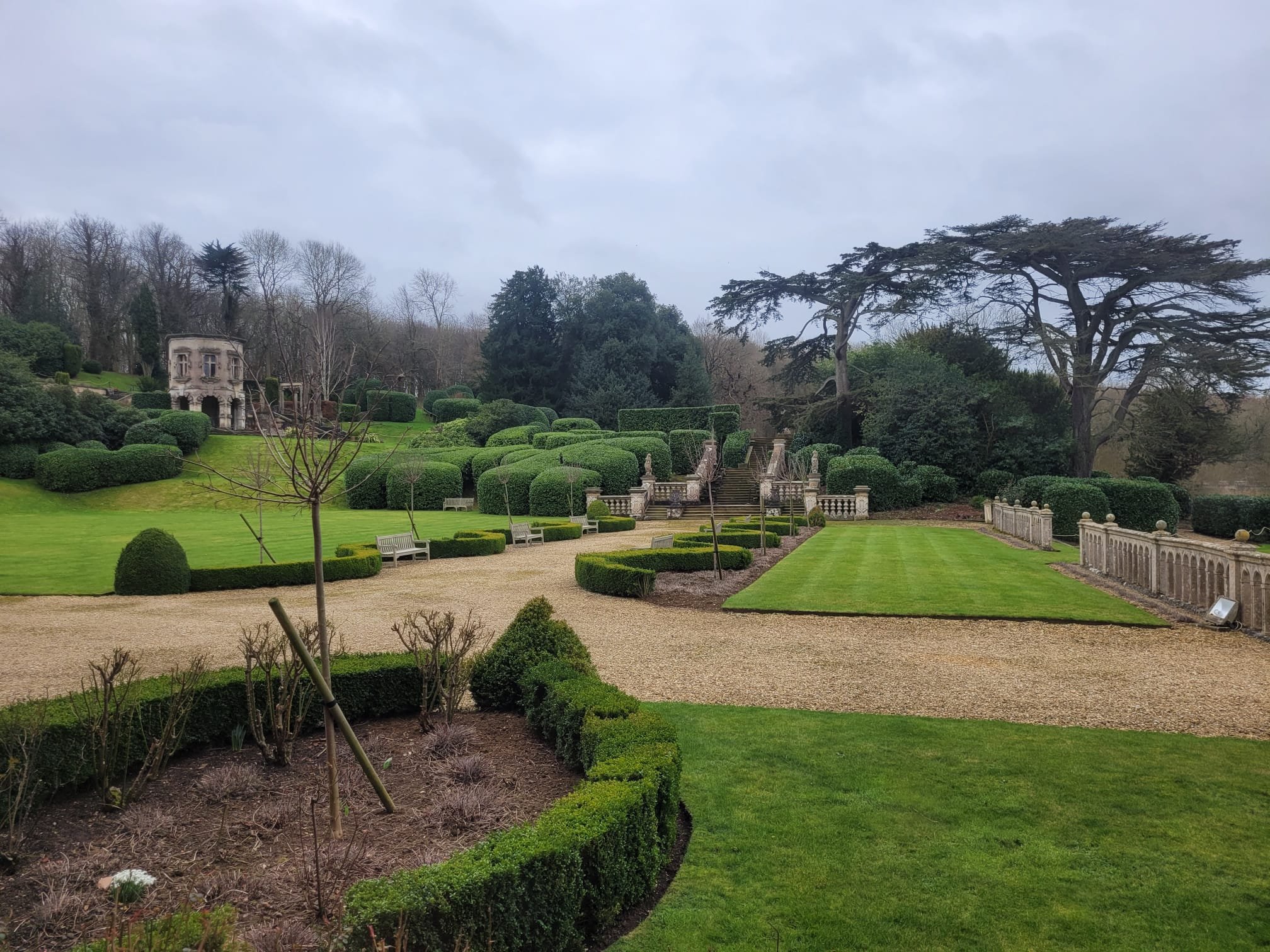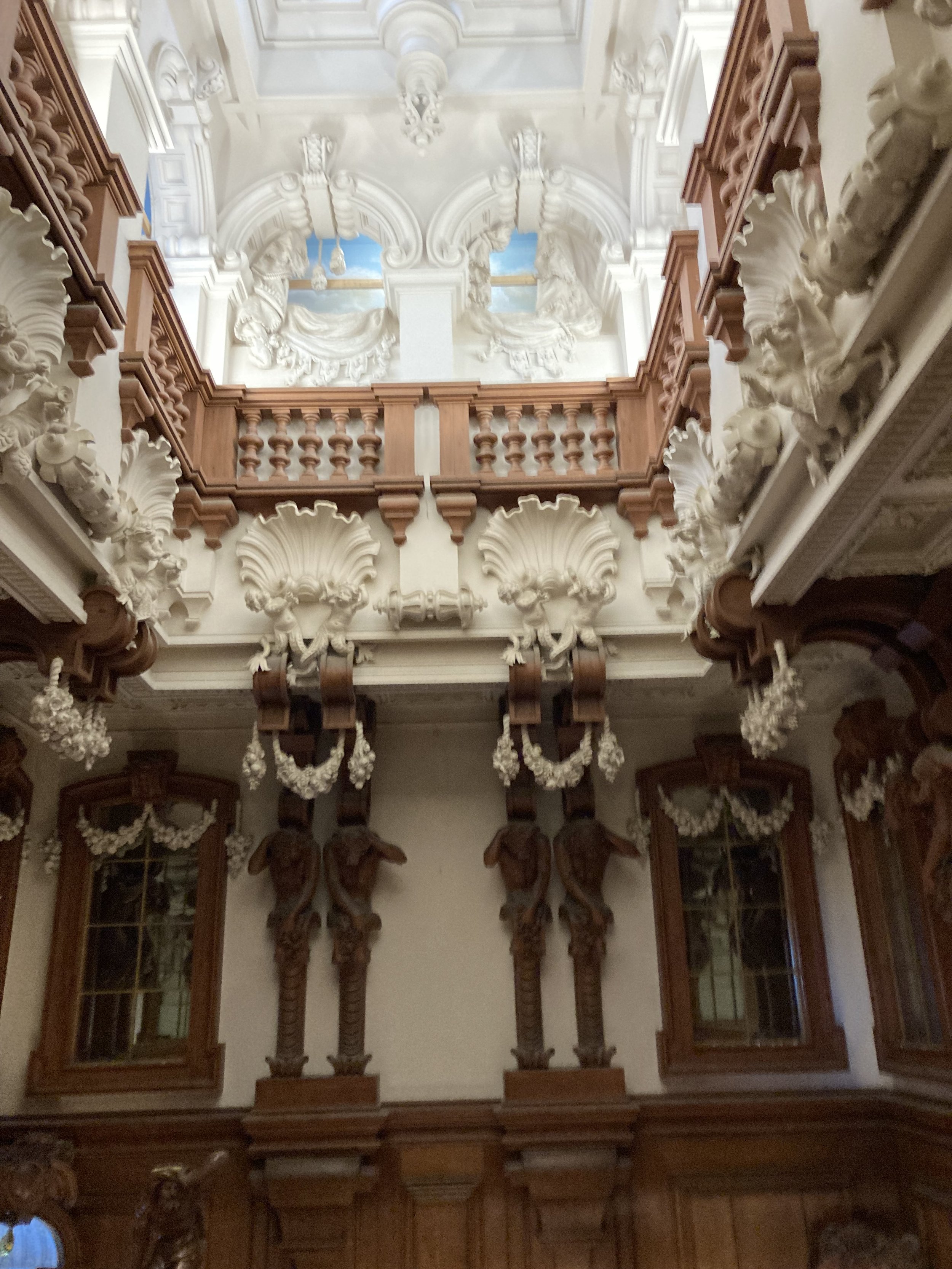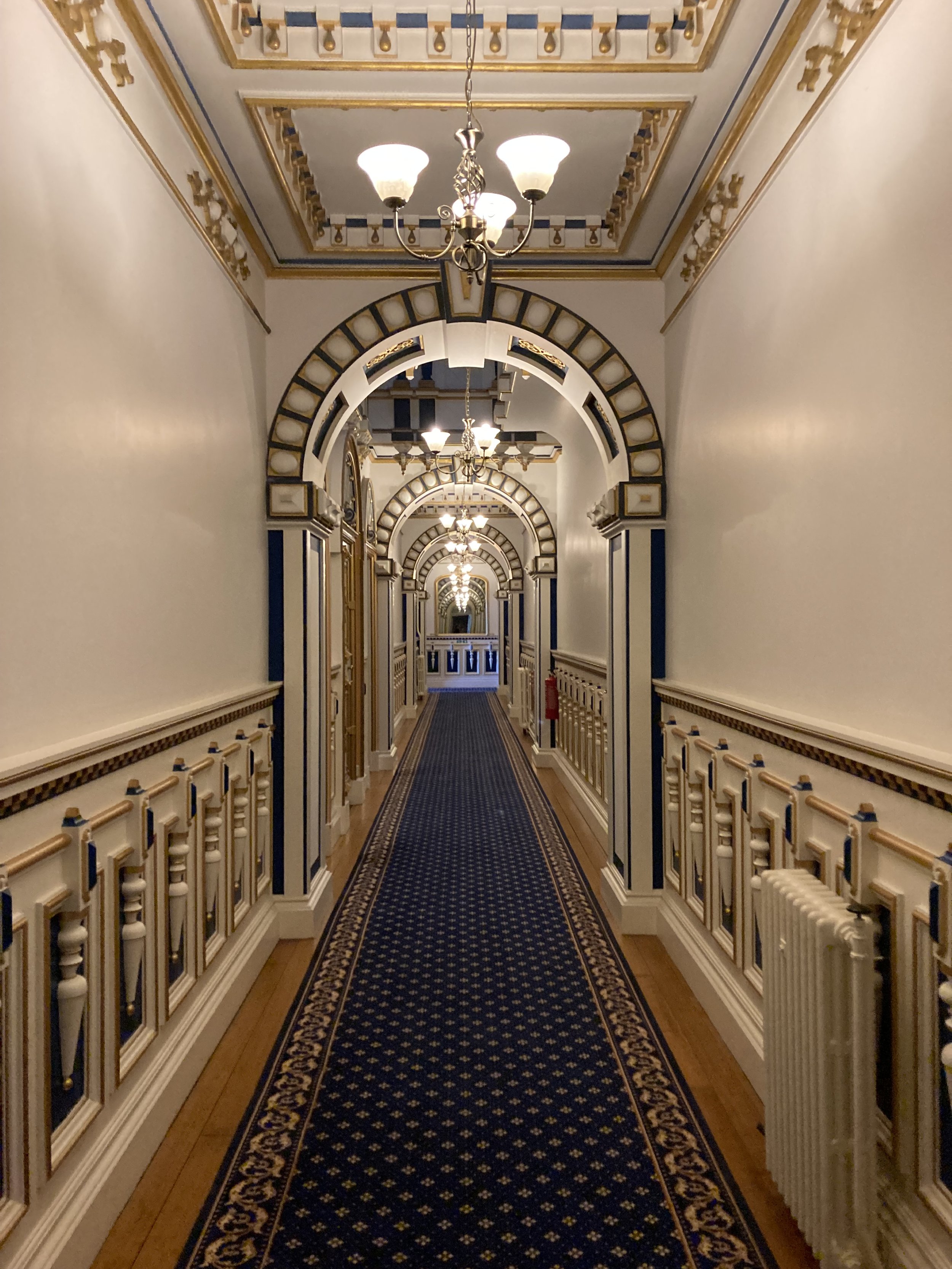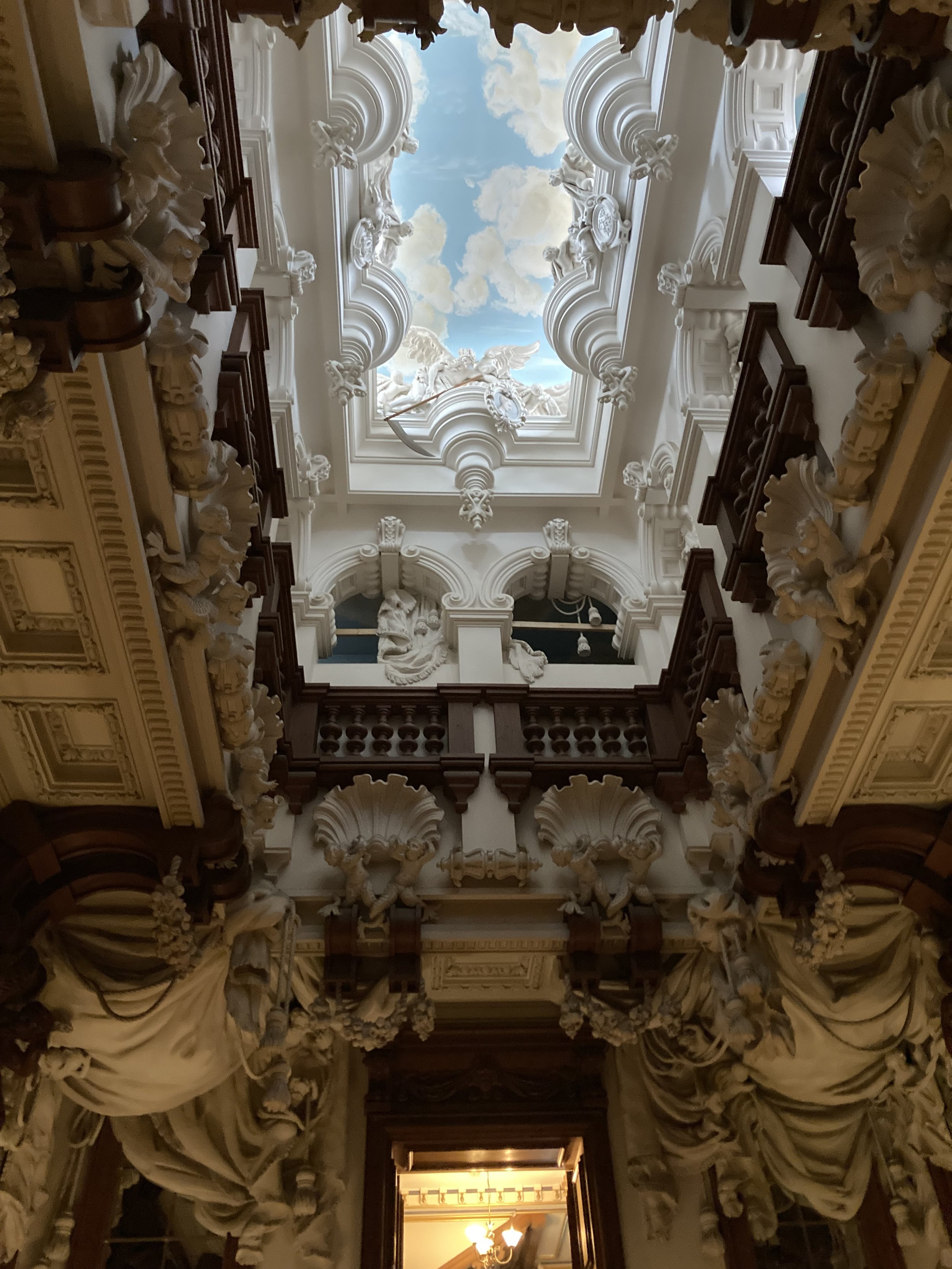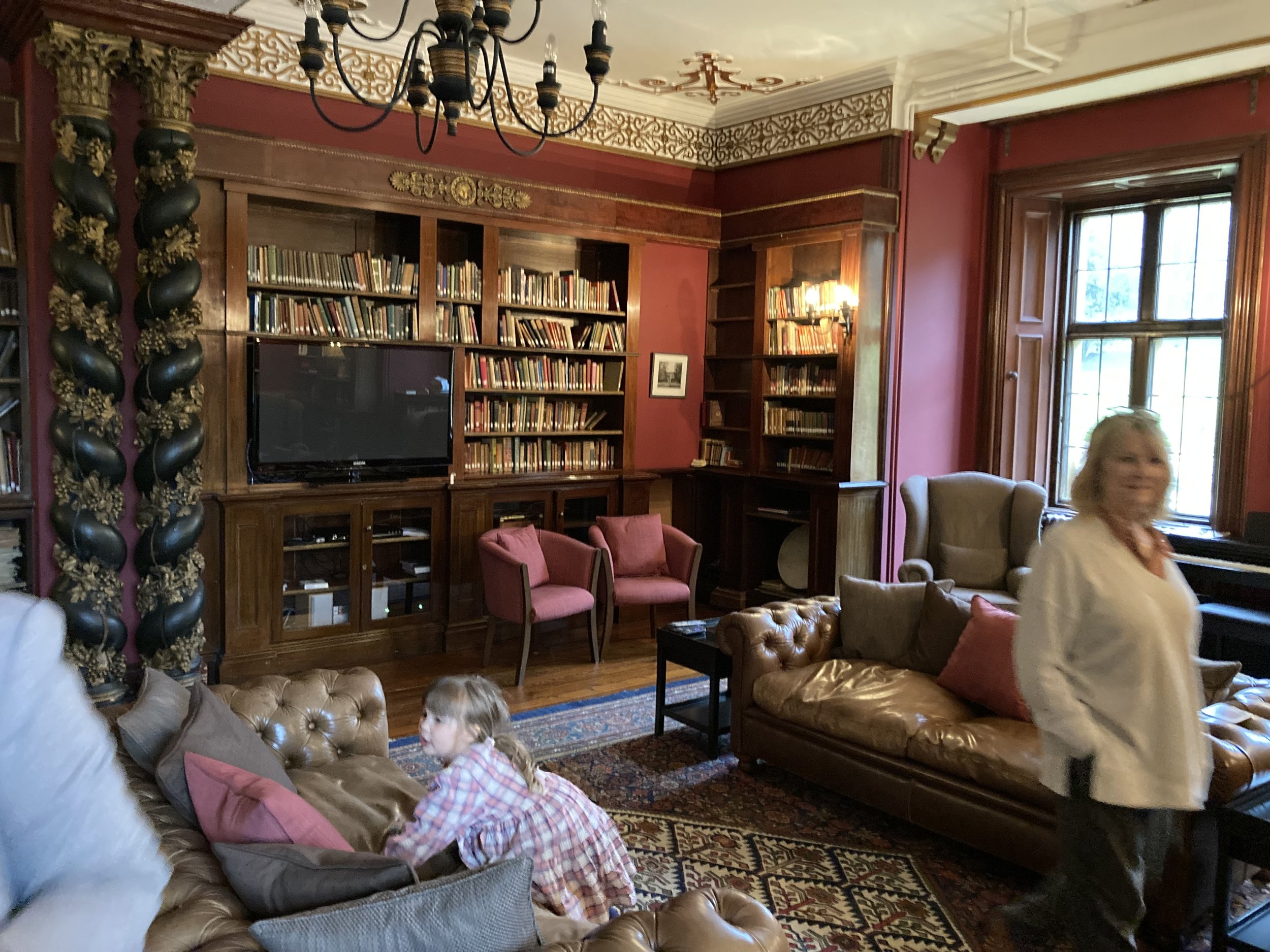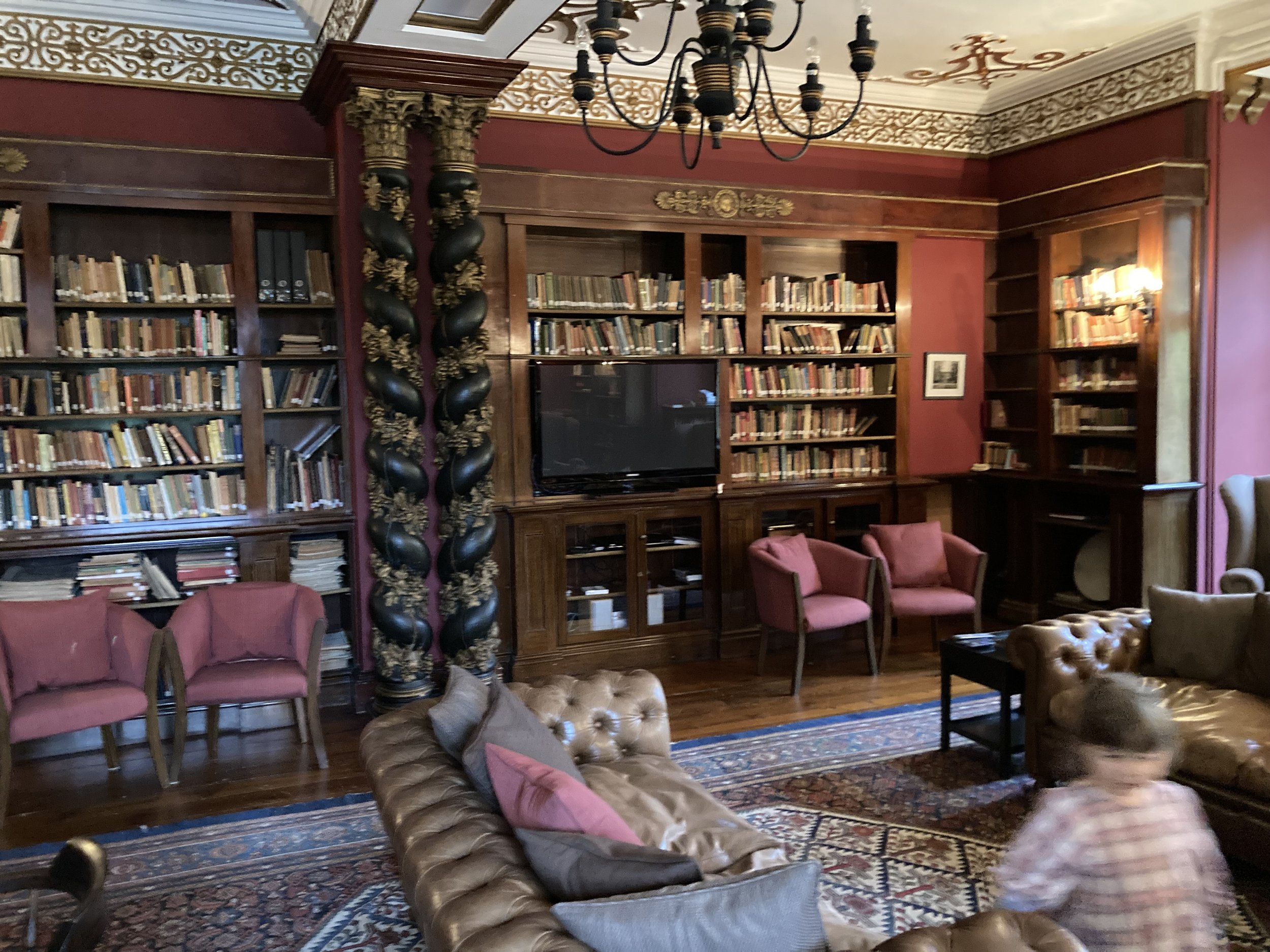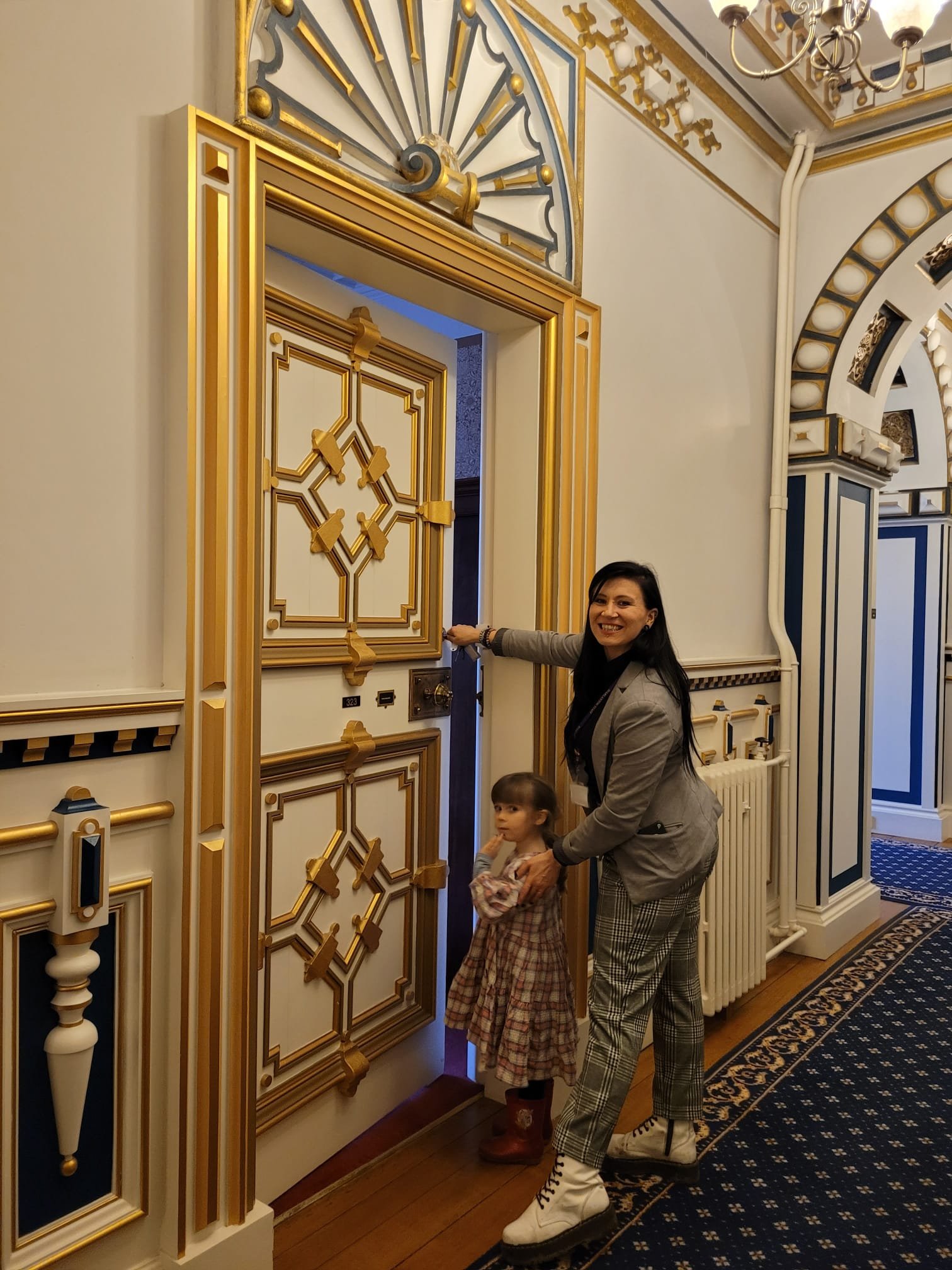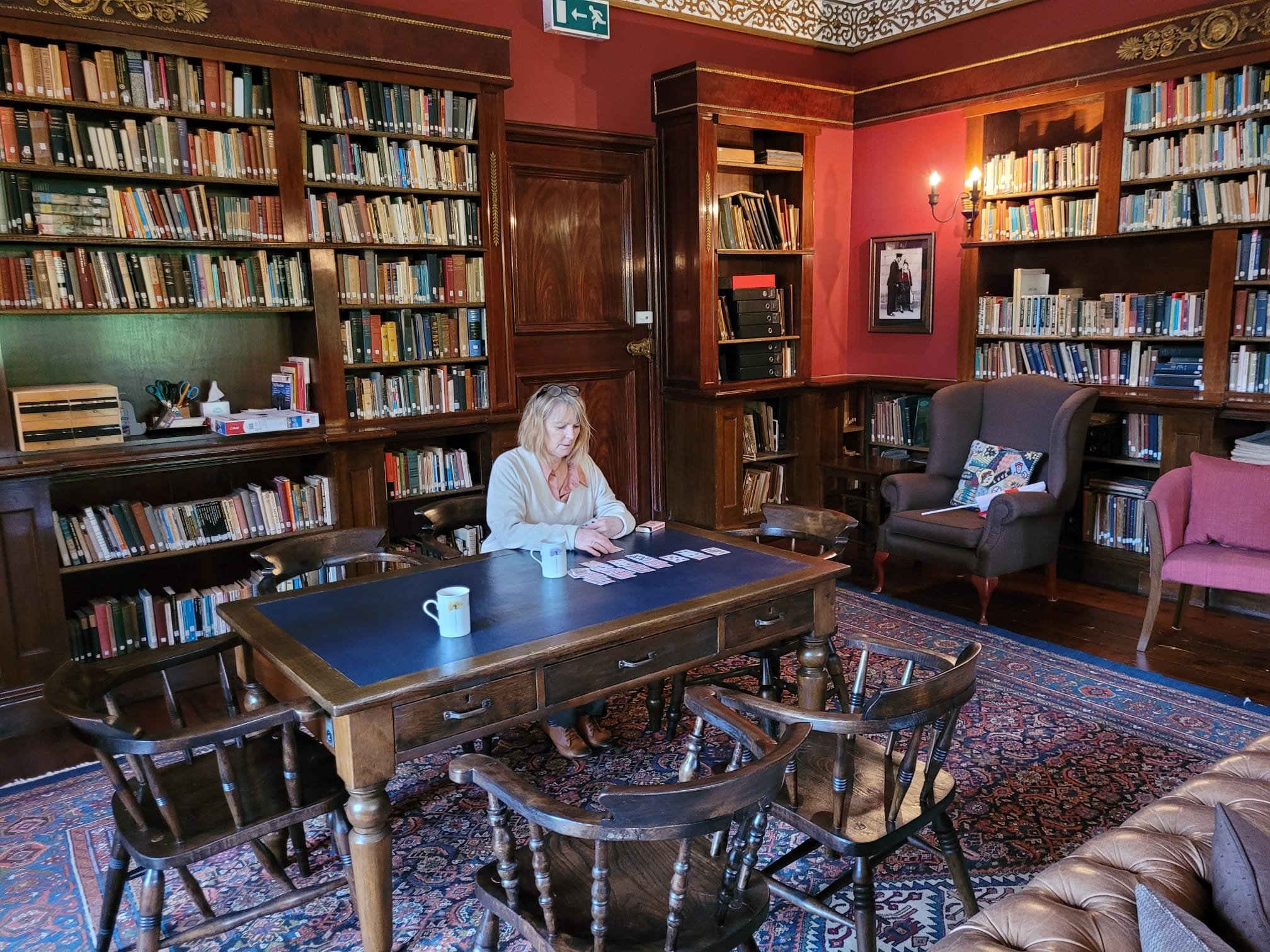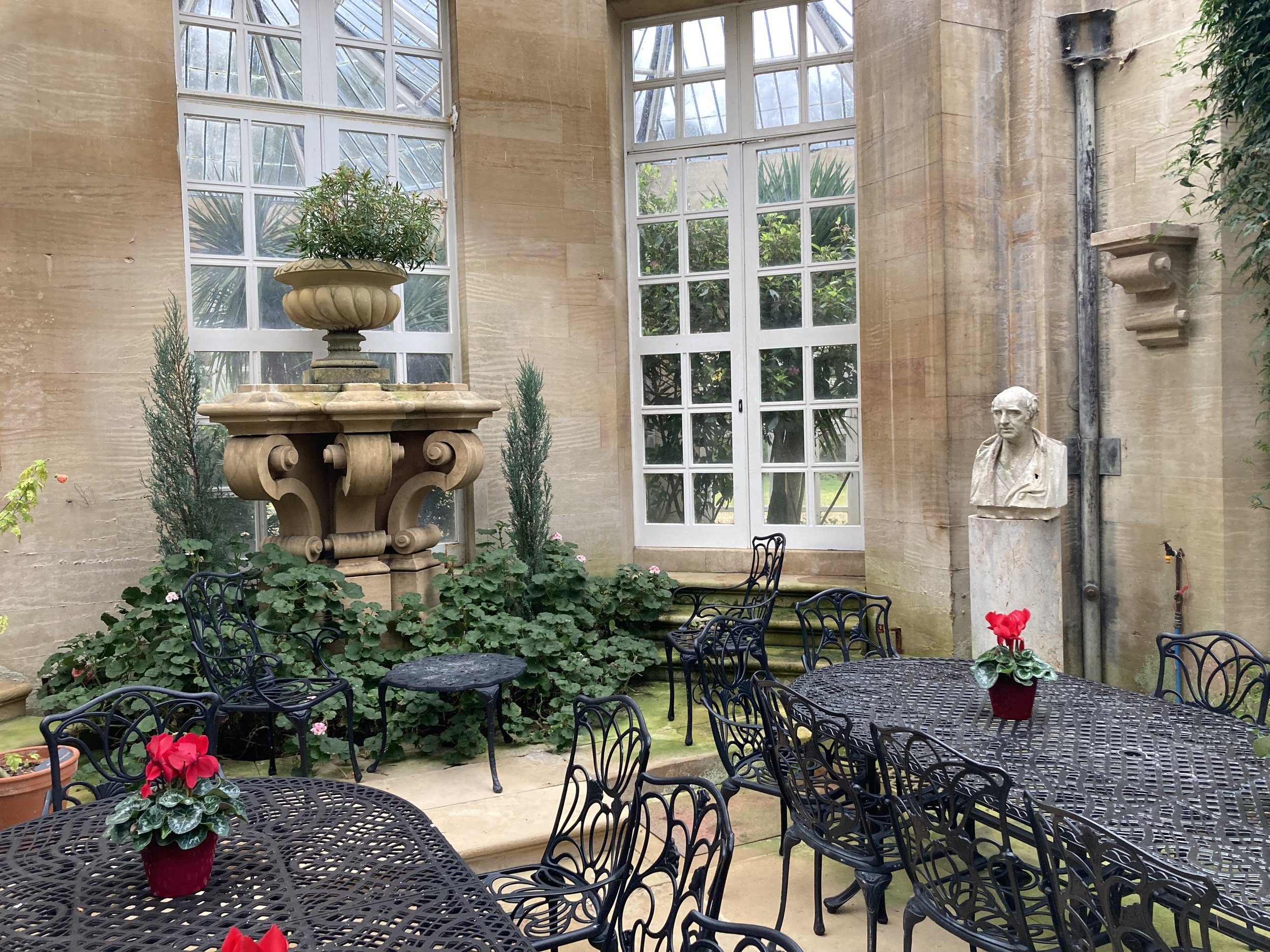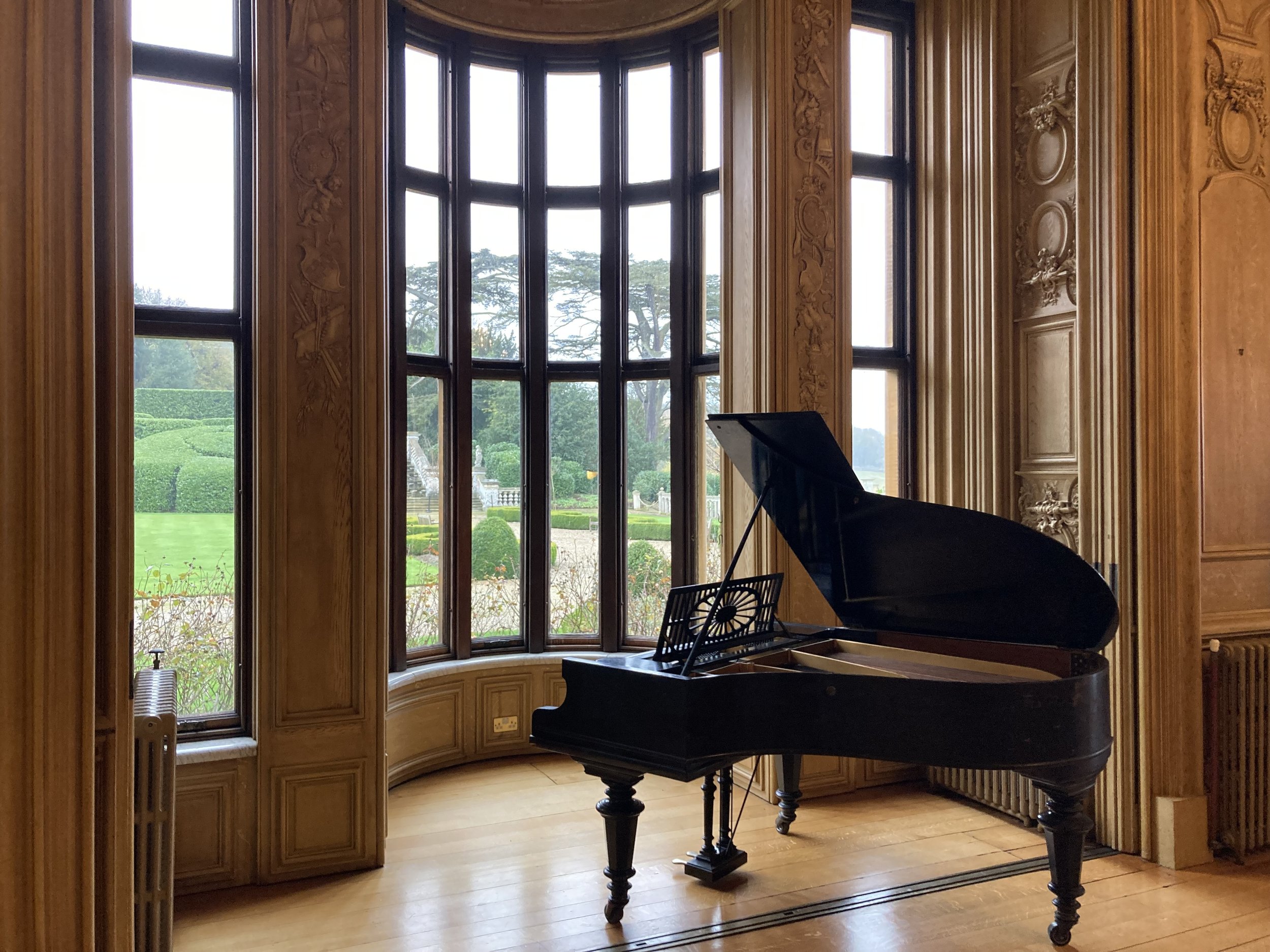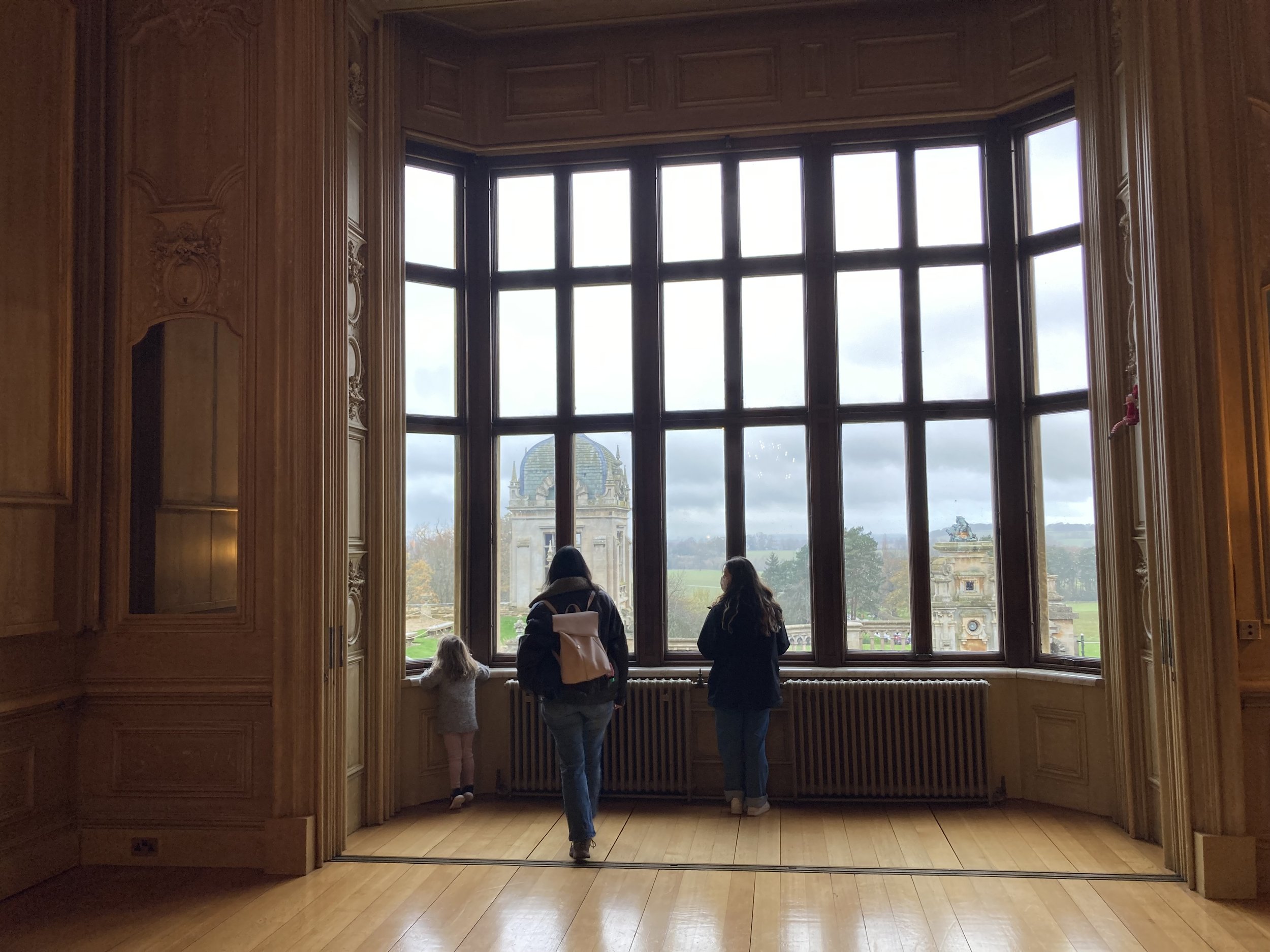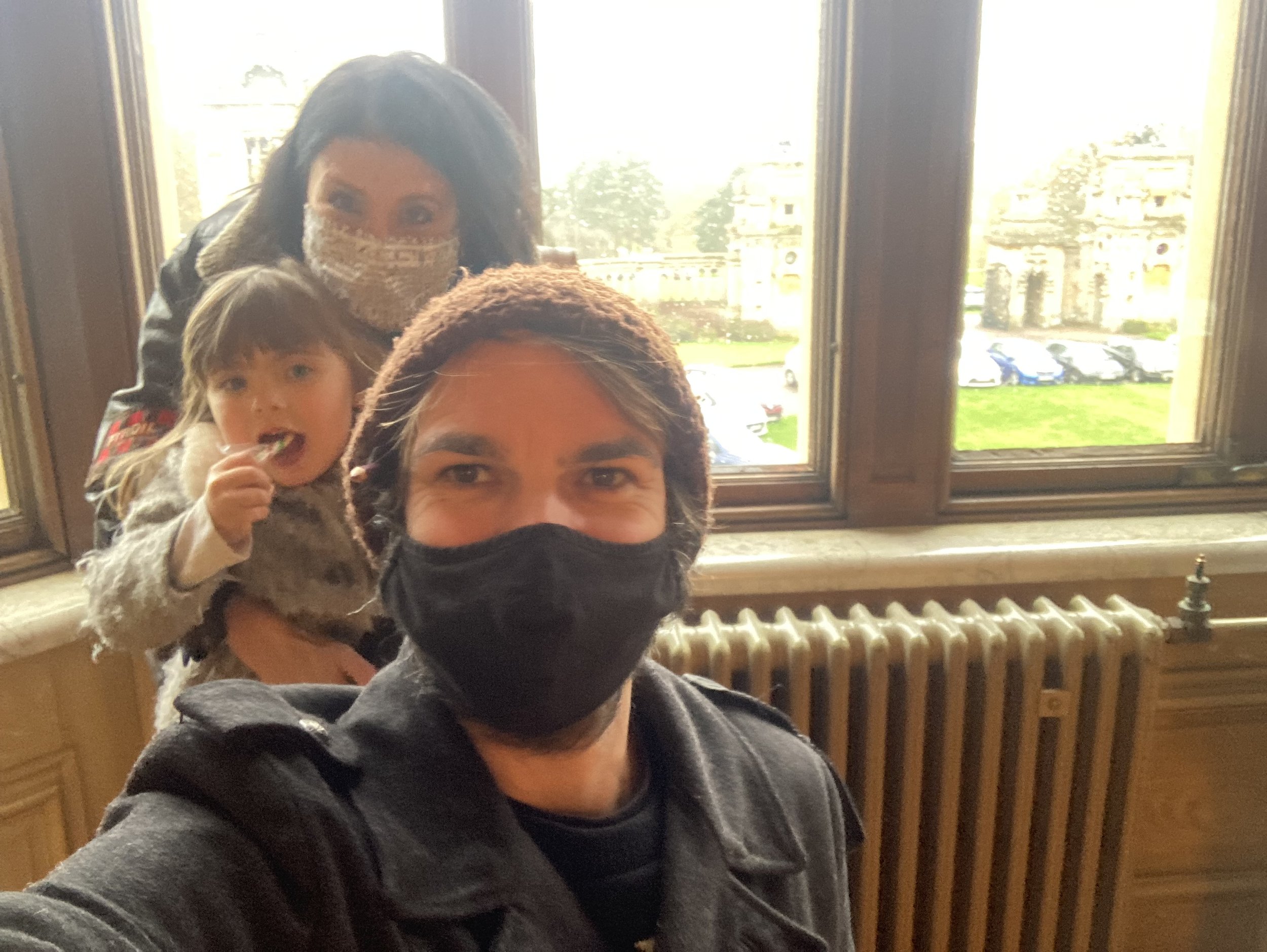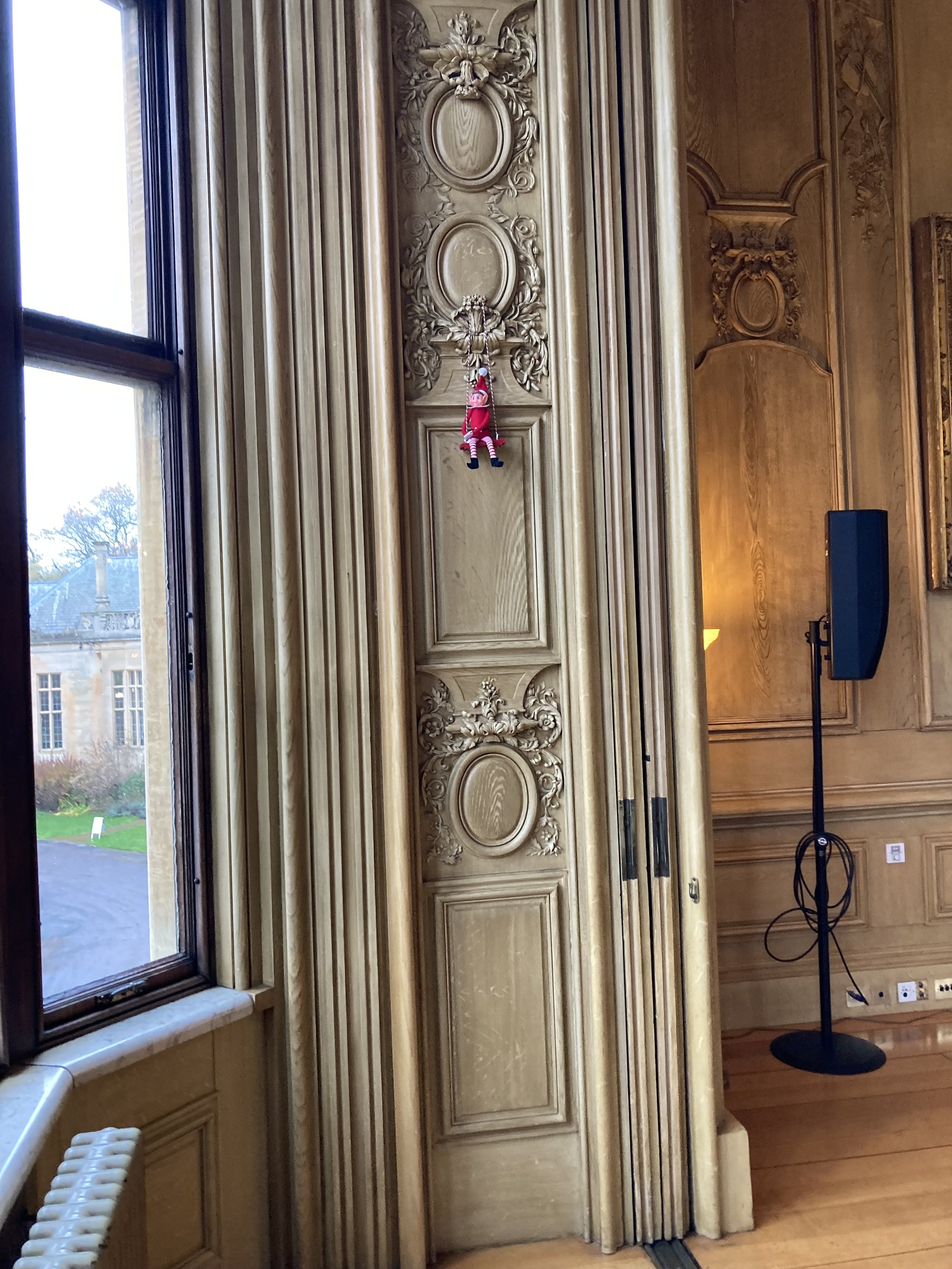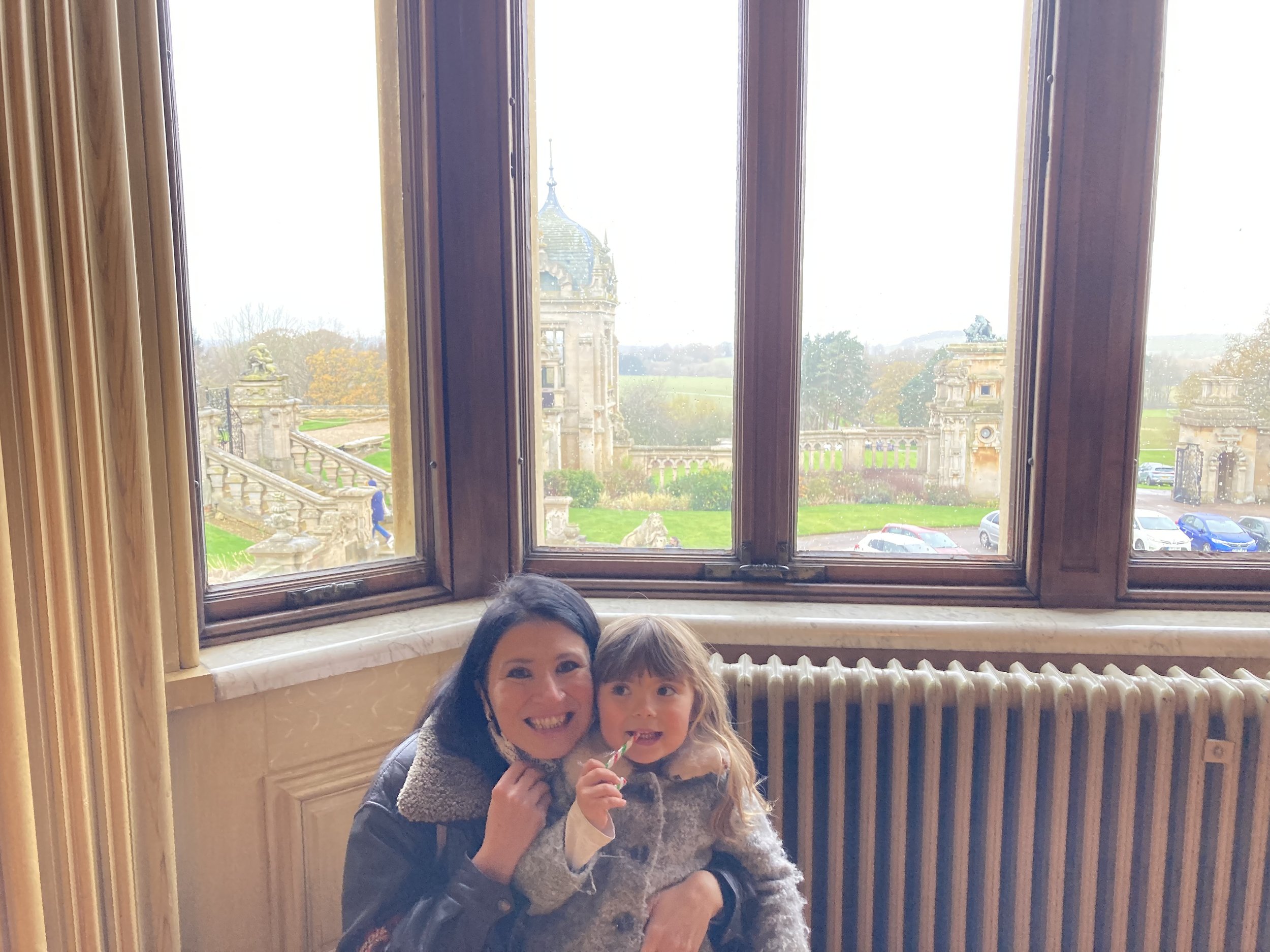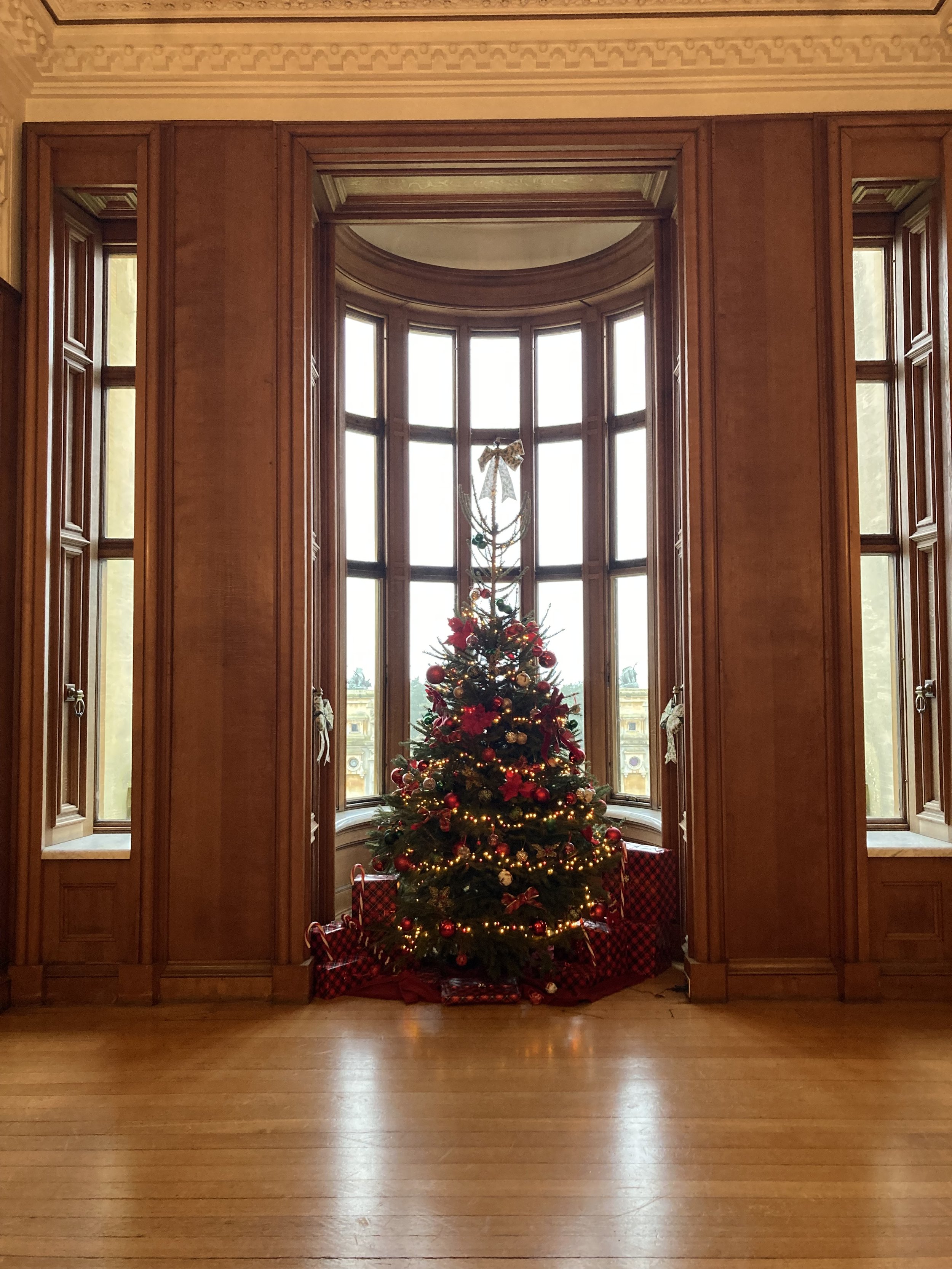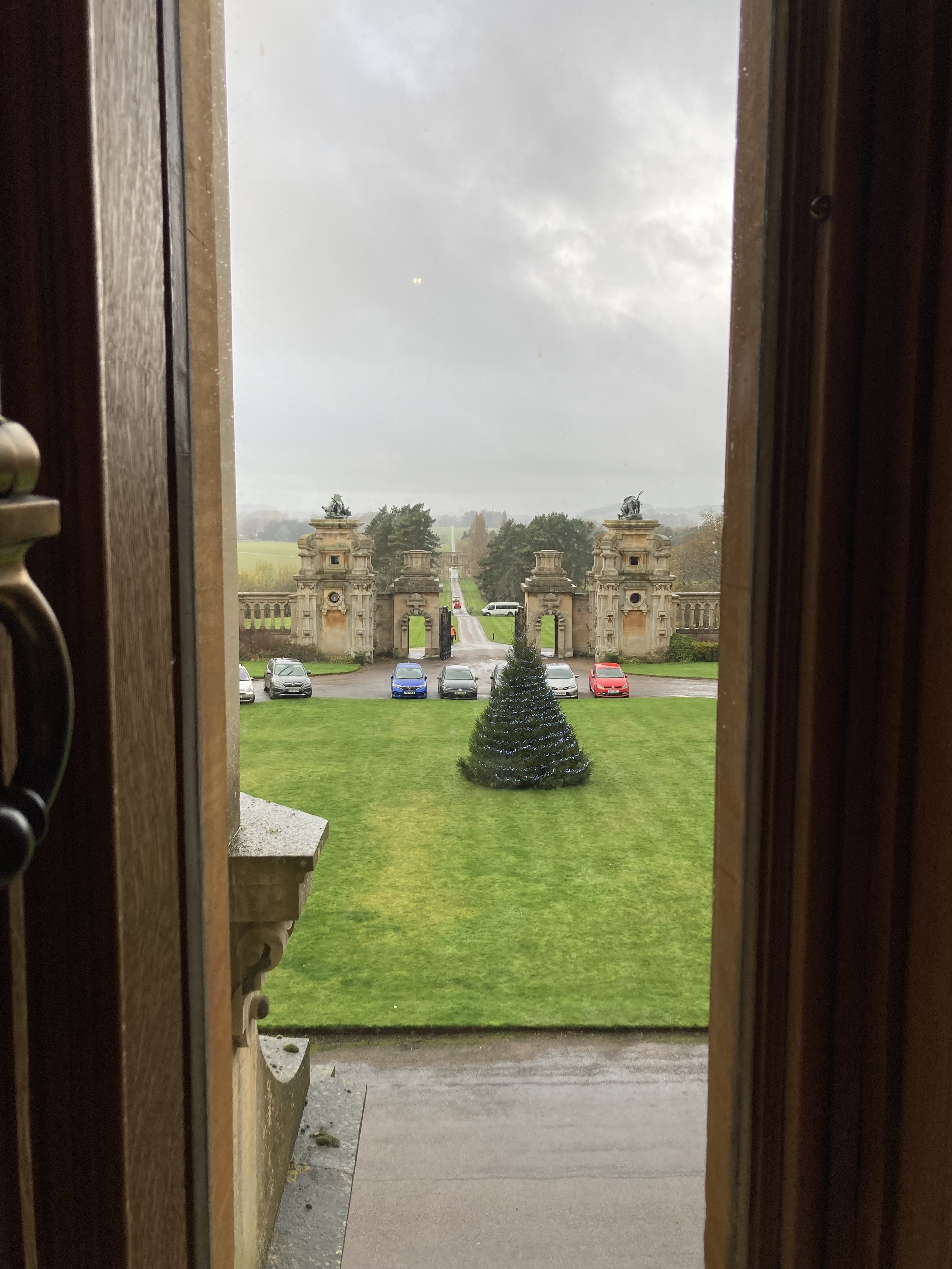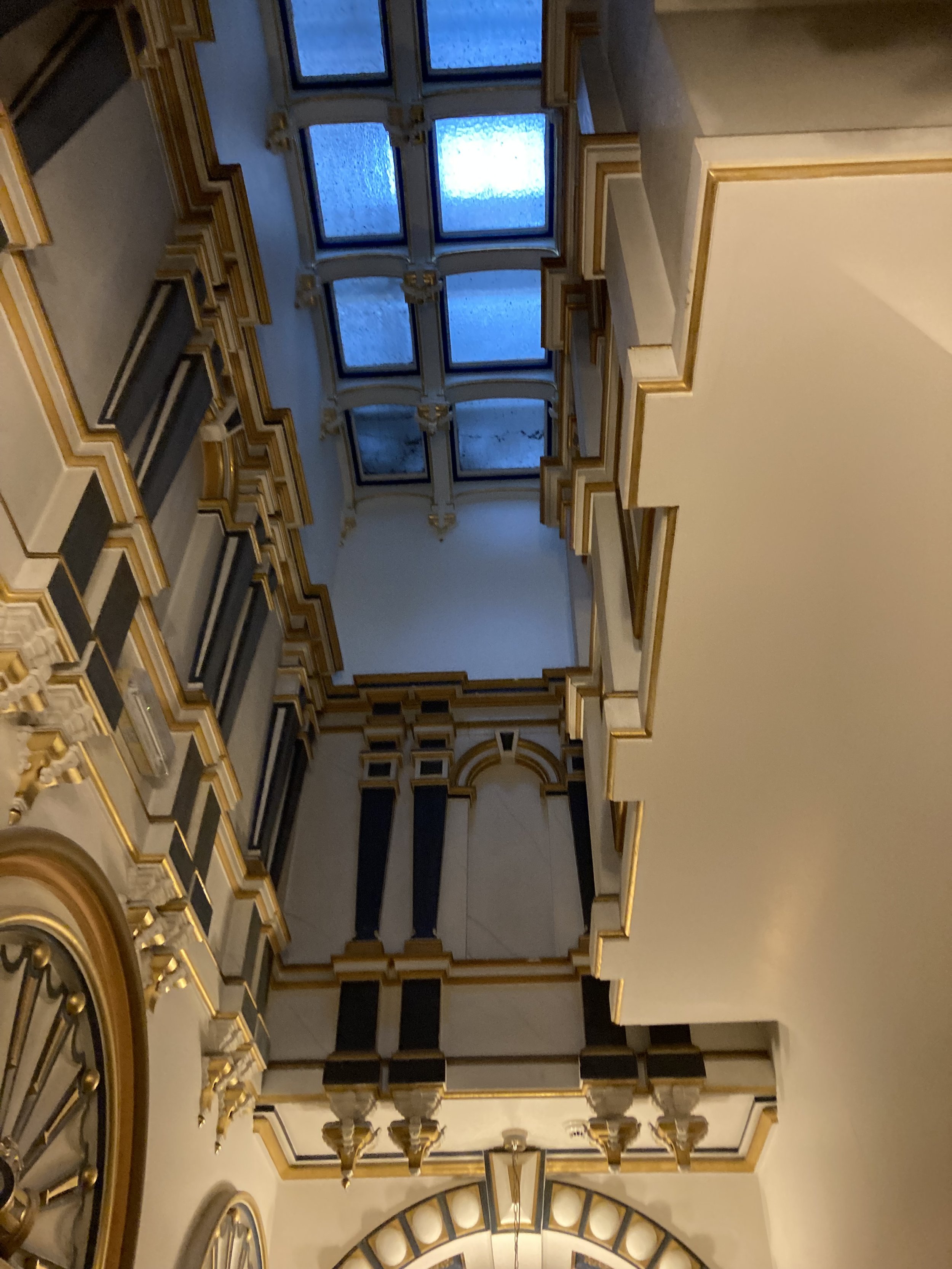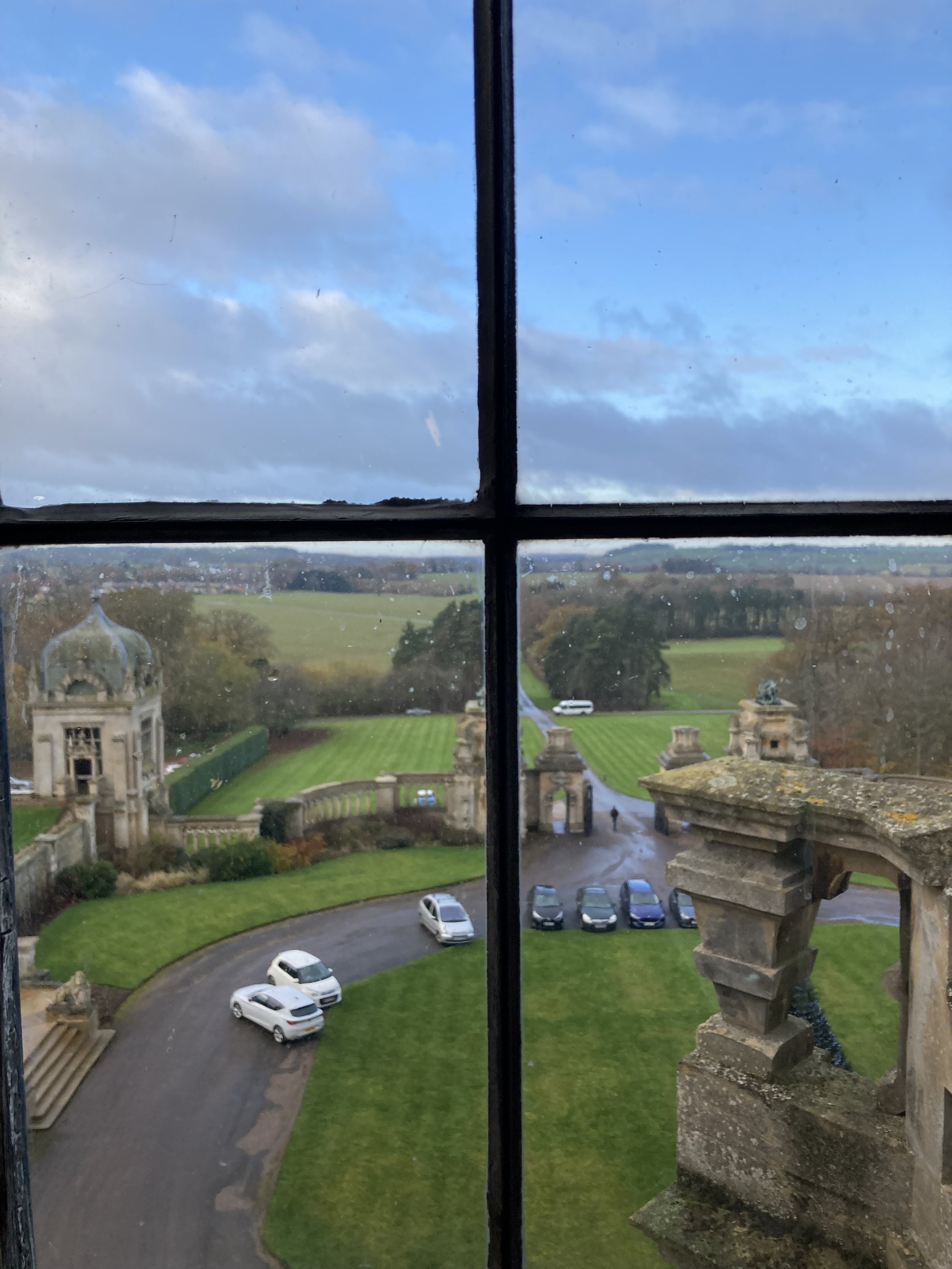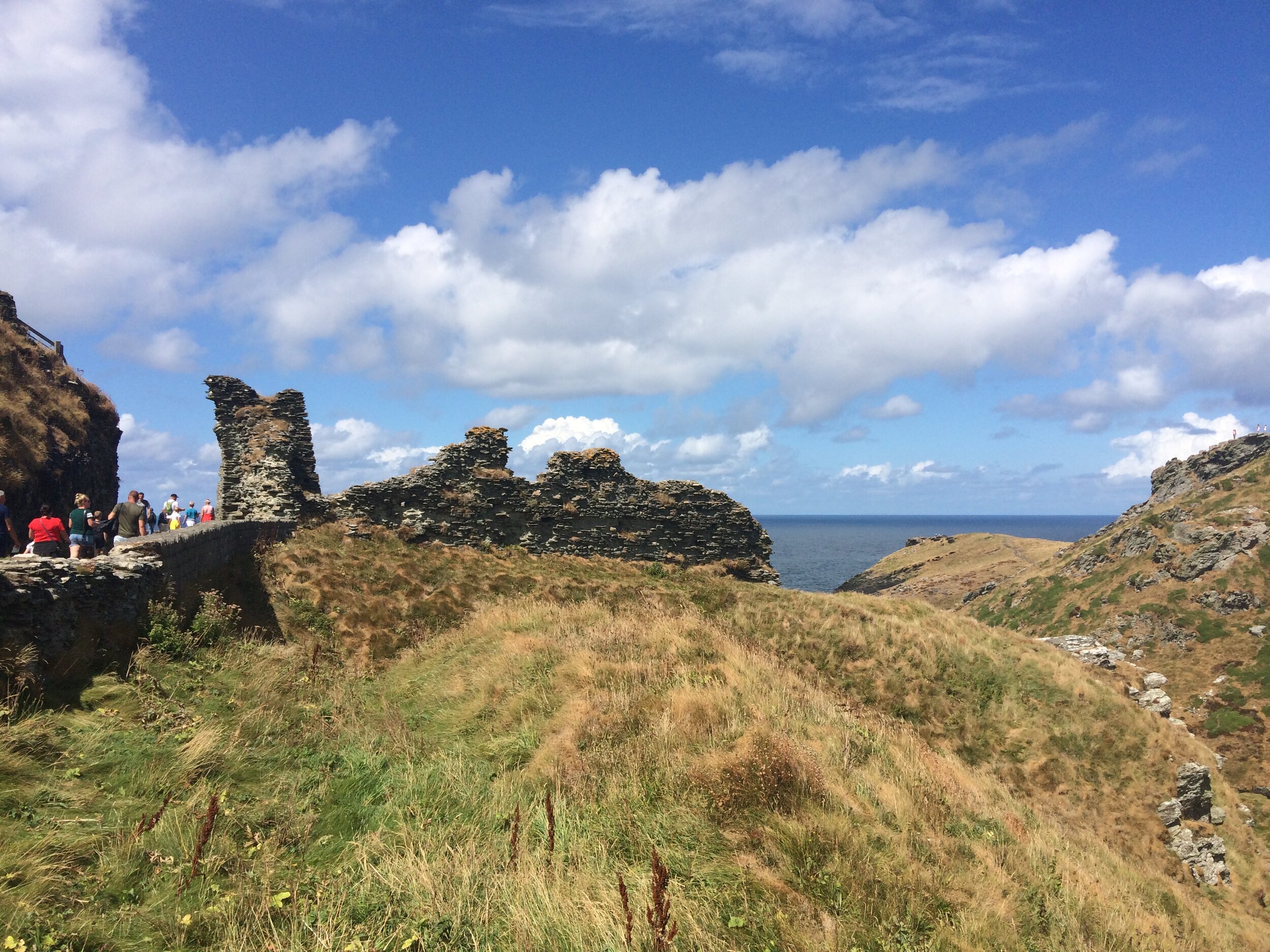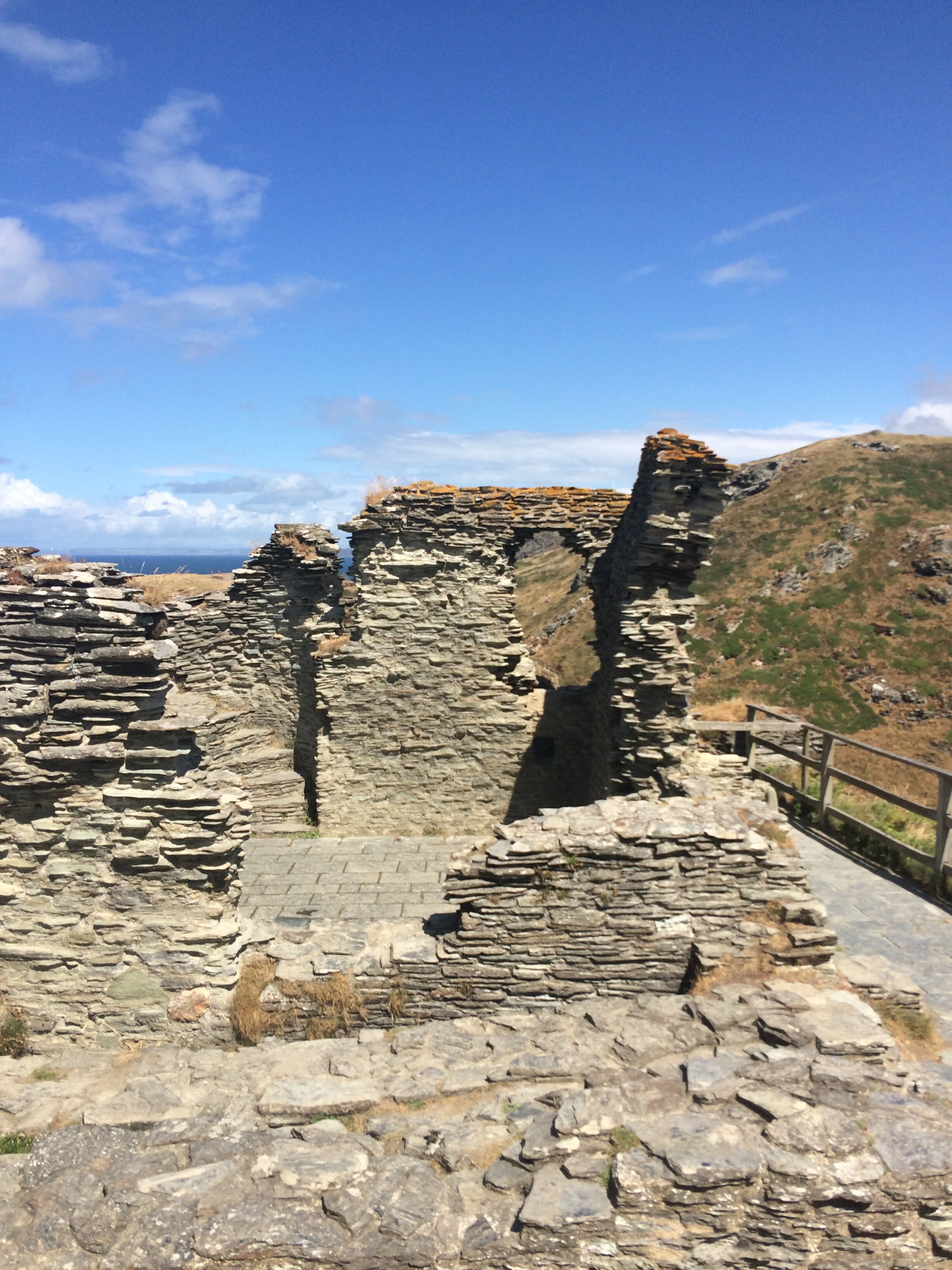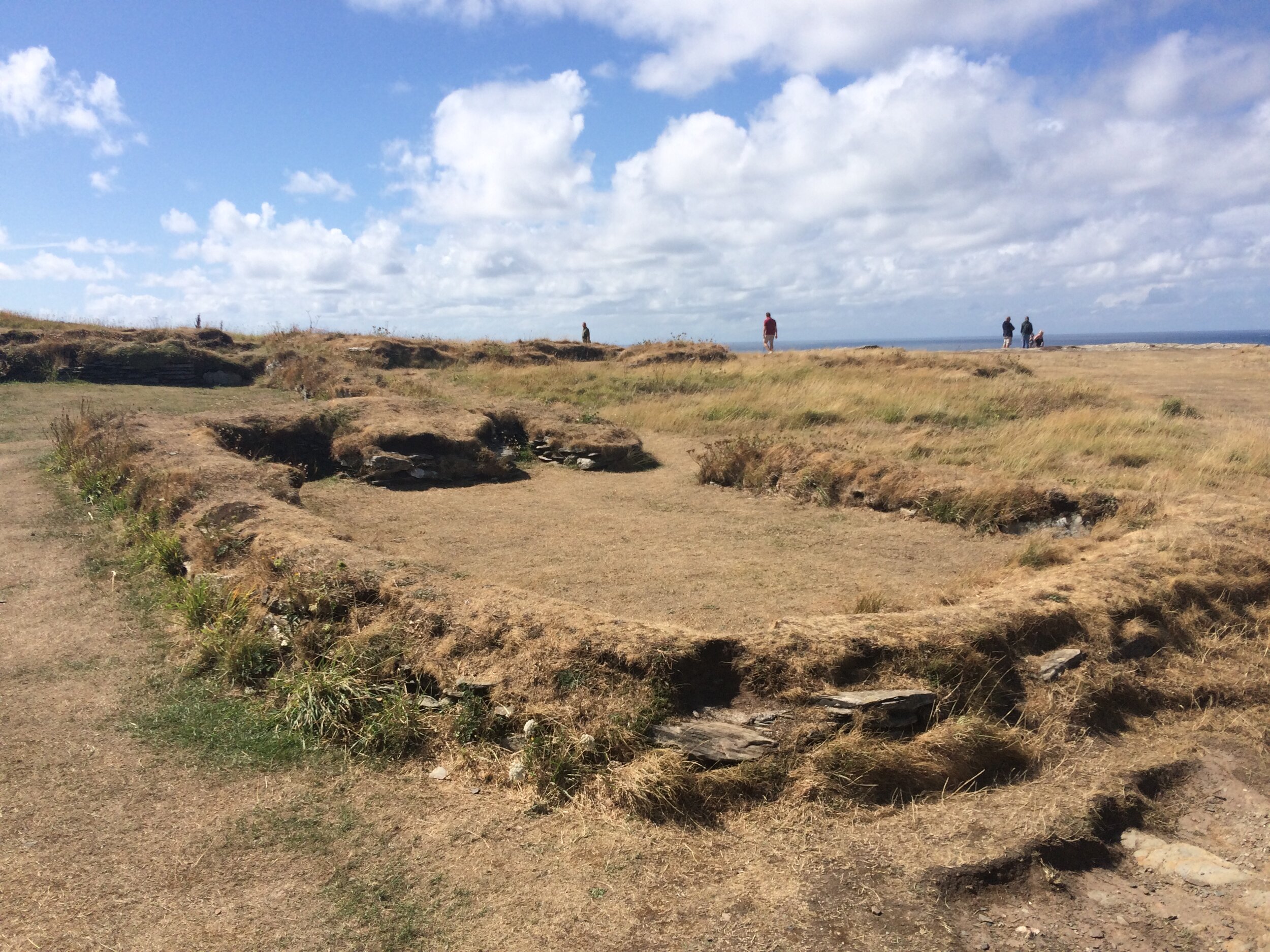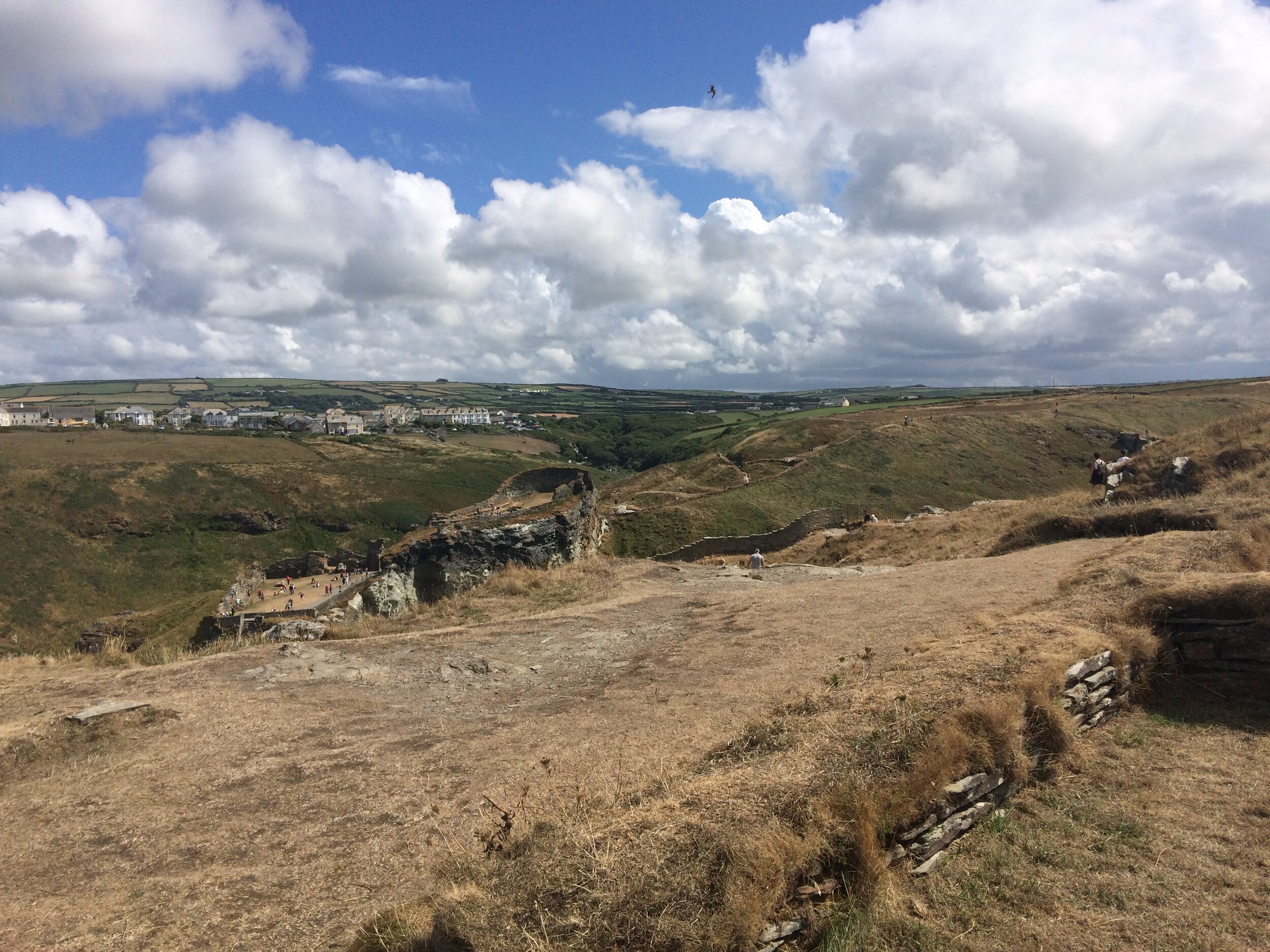I was keen to avoid too much celebration this year when it came to my birthday. I have just about lost count of the years anyway, and these days I prefer to focus on family adventures and the many exciting and enjoyable activities on my ‘to-do list’, than to celebrate another spin around the sun.
My family had other ideas however. Whilst respecting my choice to avoid wild celebrations, they were keen to do something, so after a mini celebration with gifts and cake, the Archaeograndfolks suggested we take a little trip out and explore some of the local history on our doorstep.
Armed with National Trust Autumn gift passes, we hopped in the car and pointed ourselves south. There are plenty of fascinating National Trust properties in the south east. We had recently visited Rudyard Kipling’s house, Batemans. A wonderful Jacobean house with Kipling’s original furnishings and collections, and a fantastic used book shop and café. Definitely worth a visit!
We aimed for the same general area again, with a trip to what can only be described as the ultimate in fairy-tale castles.
The landscape around Bodiam Castle in East Sussex has been considered an ideal location for settlement and industry since prehistory, and has many unique traces of activity dating to at least the Iron Age. The River Rother influenced the location of these settlements, particularly during the Roman period, when a small port town with active industry seems to have flanked the river.
The castle itself sits within the Rother valley and was not constructed until the 14th century. It has a spectacular history closely linked to the 100 Year War and a particular English Knight. Built in 1385, the castle was the home of Sir Edward Dalyngrigge, a Knight of Edward III and husband of Elizabeth, the heiress of the Wardeux family, who held the manor of Bodiam since before 1330. The couple lived in the Manor House until work on the castle was completed. Sir Edward had gained prestige and wealth as an English soldier in north-western France.
Sir Edward was given permission to “strengthen with a wall of stone and lime, and crenellate and may construct and make into a Castle his manor house of Bodyham, near the sea, in the county of Sussex, for the defence of the adjacent country, and the resistance of our enemies.” This permission was given as part of a defensive strategy against France during the 100 Year War.
Bodiam has many chambers and a number of inner courts built within its outer defensive walls. In each corner of the quadrangular castle is an imposing fortified crenelated tower. The entire castle is surrounded by a formidable moat, only accessible by a narrow wooden bridge leading to the well protected entrance gateway.
Following the death of Sir Edward Dalyngrigge, the castle passed through several generations of his family until the line became extinct. During the Wars of the Roses, the house was owned by Sir Thomas Lewknor. Sir Thomas supported the House of Lancaster who were on the losing side when Richard III of the House of York became King. Bodiam is believed to have surrendered without much resistance during the Wars, but it was returned to the Lewknor family when Henry VII of the House of Lancaster regained the Kingdom.
The castle was on the wrong side of history again during the English Civil War, as its owner, Lord Thanet, was a Royalist. Thanet was forced to sell the castle to pay for fines levied against him by Parliament. From this period onwards the castle fell out of use and became little more than a picturesque ruin.
The castle saw a number of restoration projects attempted by various owners before Lord Curzon, 1st Marquess of Kedleston and former Viceroy of India, fell in love with Bodiam upon a visit and purchased the castle and land. Curzon, a leading figure in the development of conservation policy, continued to restore and renovate the castle until his death in 1925, when it was gifted to the National Trust for protection on behalf of the nation.
We skirted the immense murky watered moat of the castle and Audrey delighted in spotting huge fish and snoozing ducks as we crossed the bridge to the castle gate. Once under the ominous entrance tower and into the castle, we were pleasantly greeted by a very knowledgeable guide, directing our adventure and offering little bites of historical intrigue related to the imposing fortress.
There are some very peculiar marks to be found in the stone of the castle entrances and windows. These marks are thought to have been designed to ward off evil. Ritual protection marks of this type are suggestive of a fear from attack and a desire for additional supernatural protection to compliment the huge walls and strong towers of the castle.
We all clambered up narrow spiral stone staircases, leading to the towers and the chambers above. Frequent signs warned not to pick up or touch any of the bats! We would never have considered it, but it was not in fact bat season, so sadly we didn’t see any of the amazing creatures hanging out in the castle rafters.
From the towers of the castle, we soaked up the incredible landscape views. The River Rother had burst its banks and flooded much of the green valley below, blue skies dazzled in the mirror pools of flooded fields. We enjoyed these stunning sites until the wind chill forced us back down into the courtyard.
Exploring the last hidden corners of the castle, Audrey requested a loan of my wellies to dance through some epic puddles in the courtyard. I obliged and watched on as her little welly covered legs splashed through the puddles, she was bursting with laughter and delight. I however, got rather wet socks!
Finally, we bid farewell to the fairy-tale fortress and wandered across into the village where a warm fire and kind hospitality greeted us at the local pub. The pub had quite an extensive choice of vegan dinner options, so we remained for tasty food and chilled beer (hot chocolate for Audrey) before finally heading for home, exhausted, educated and another year older.



